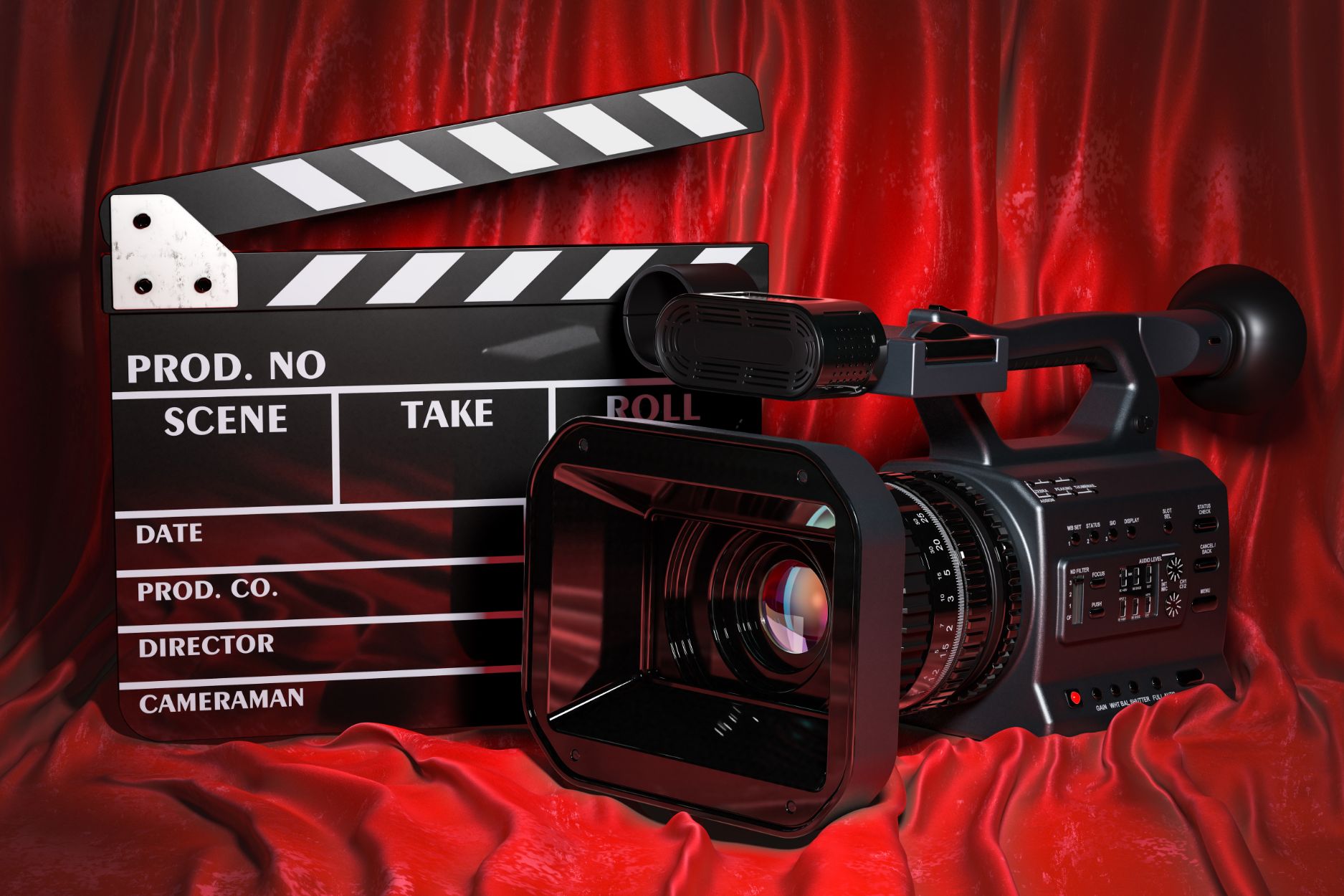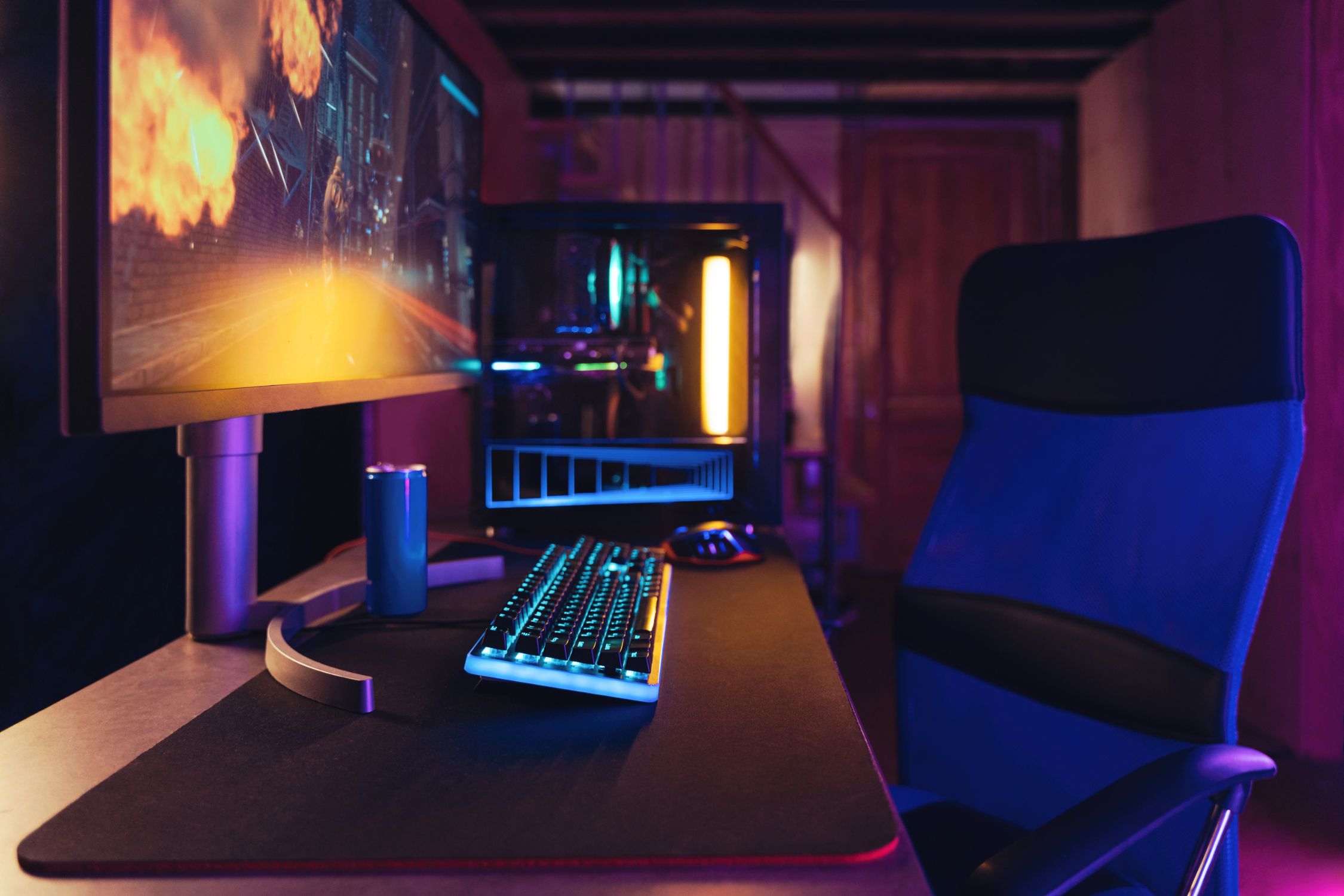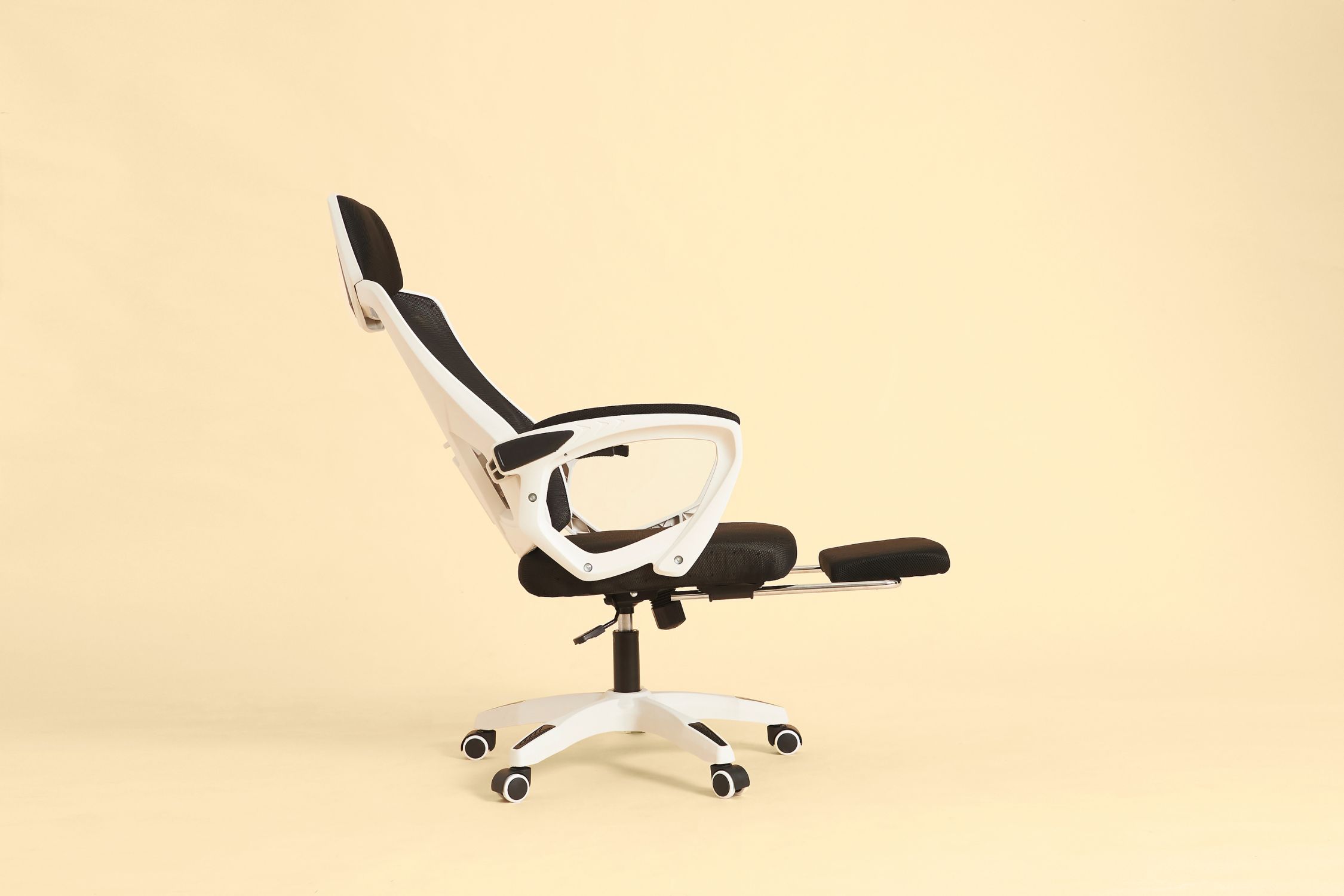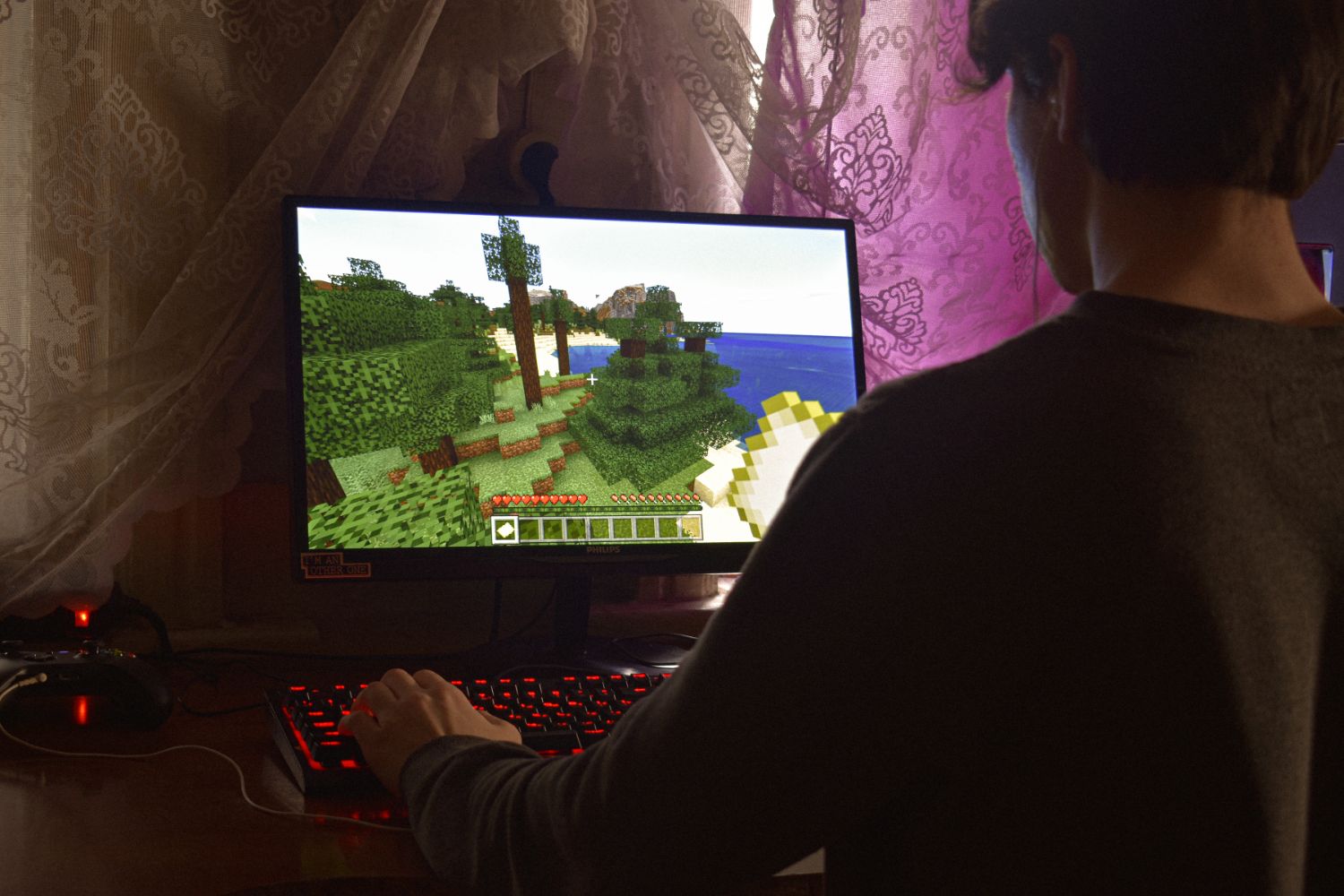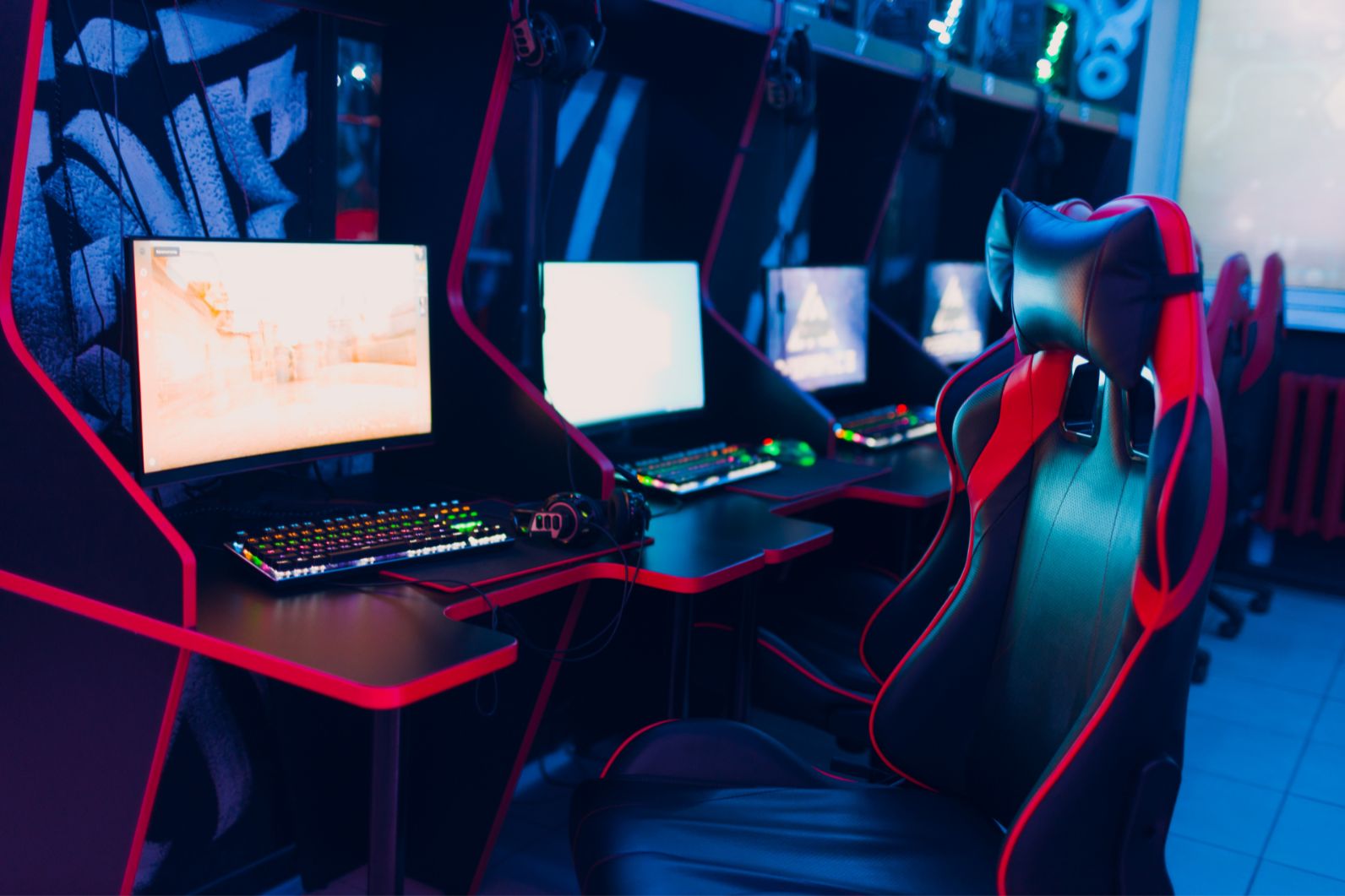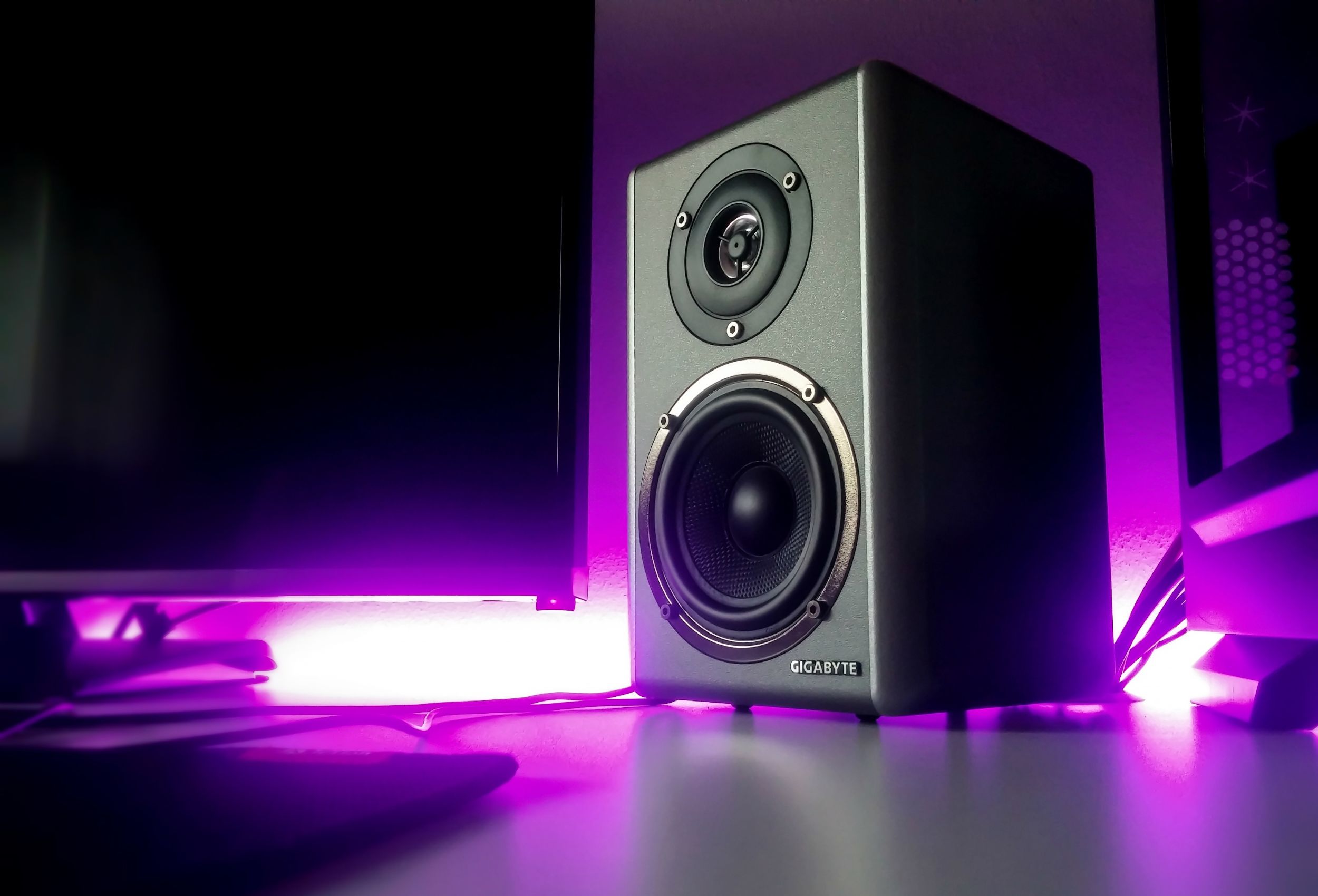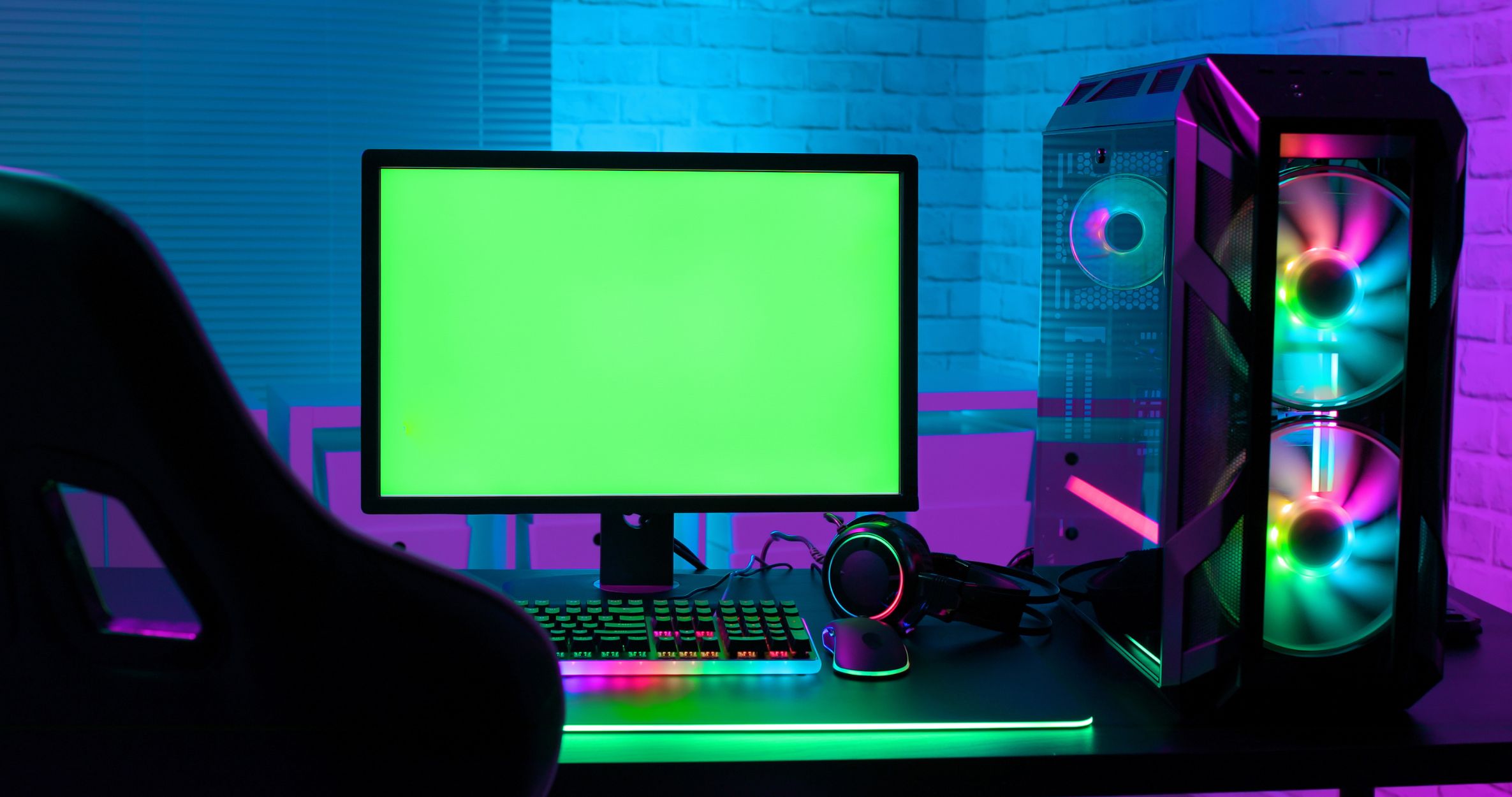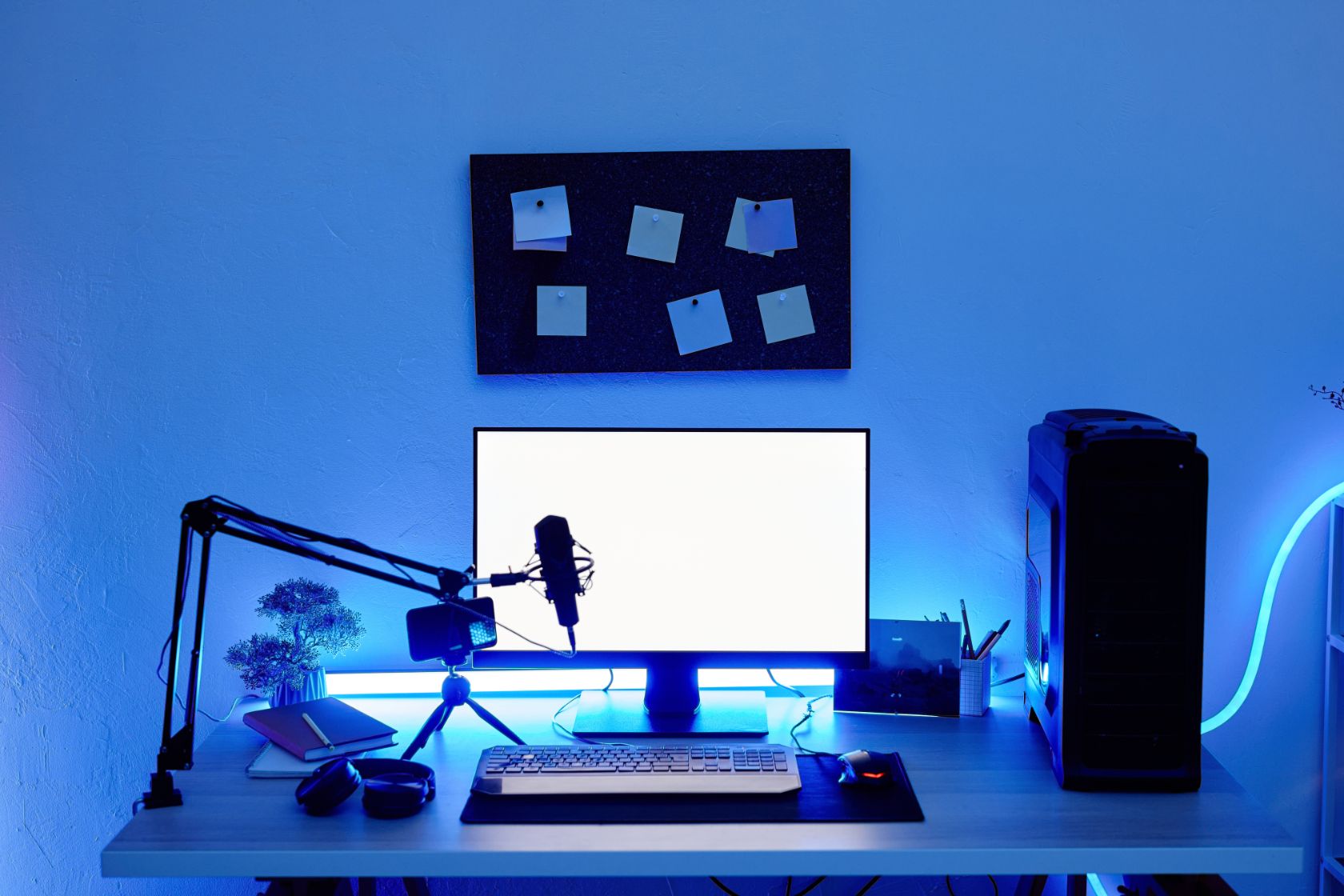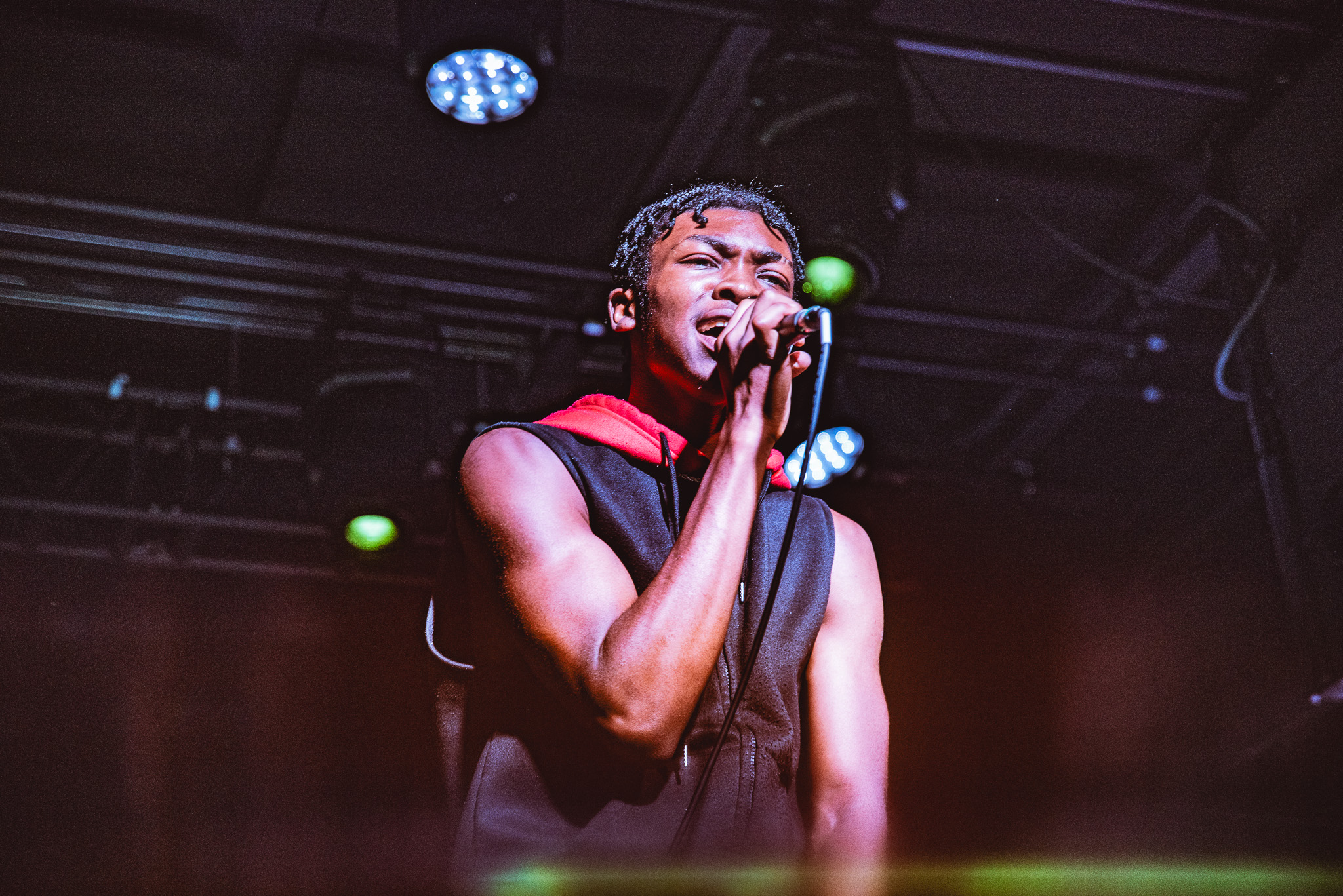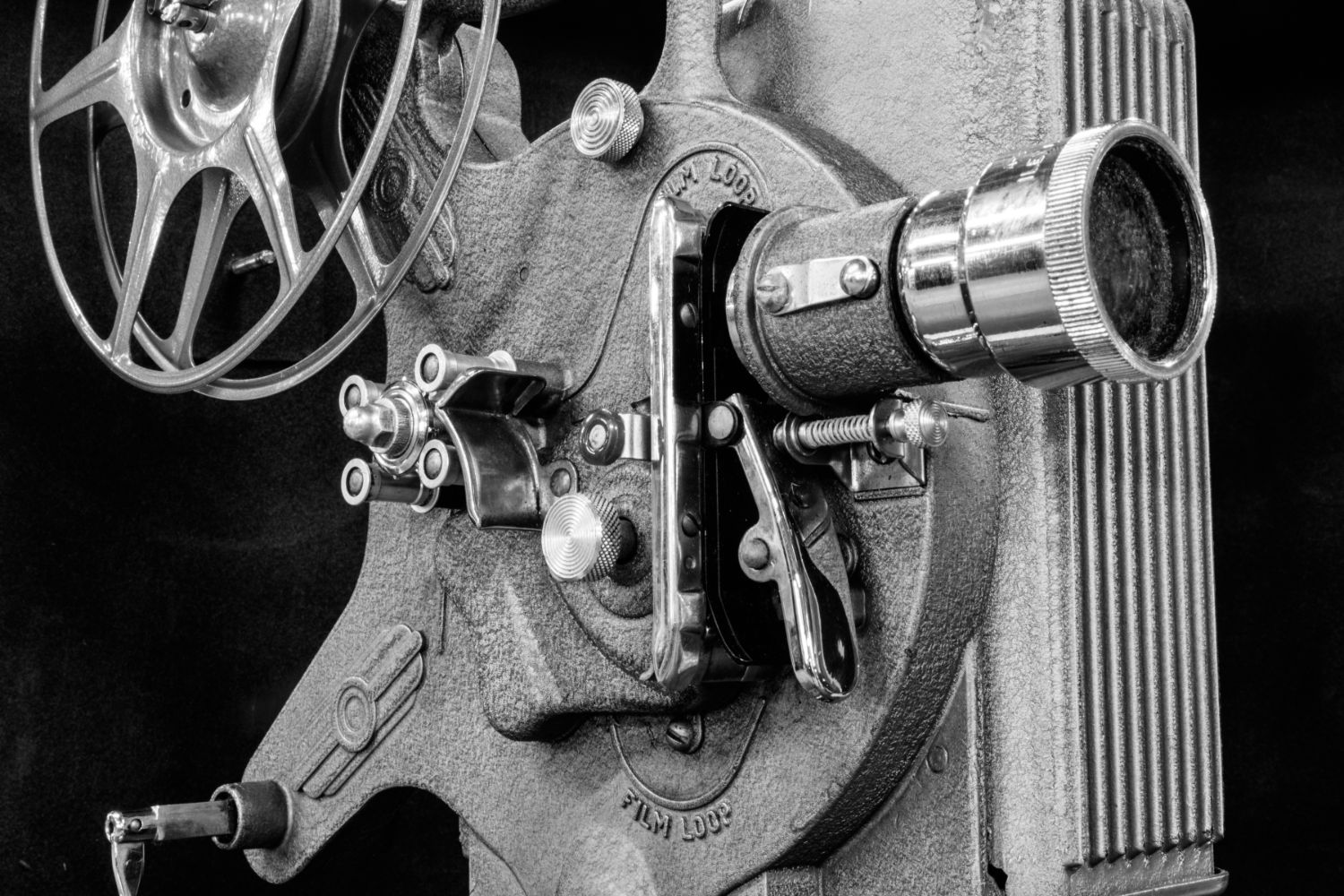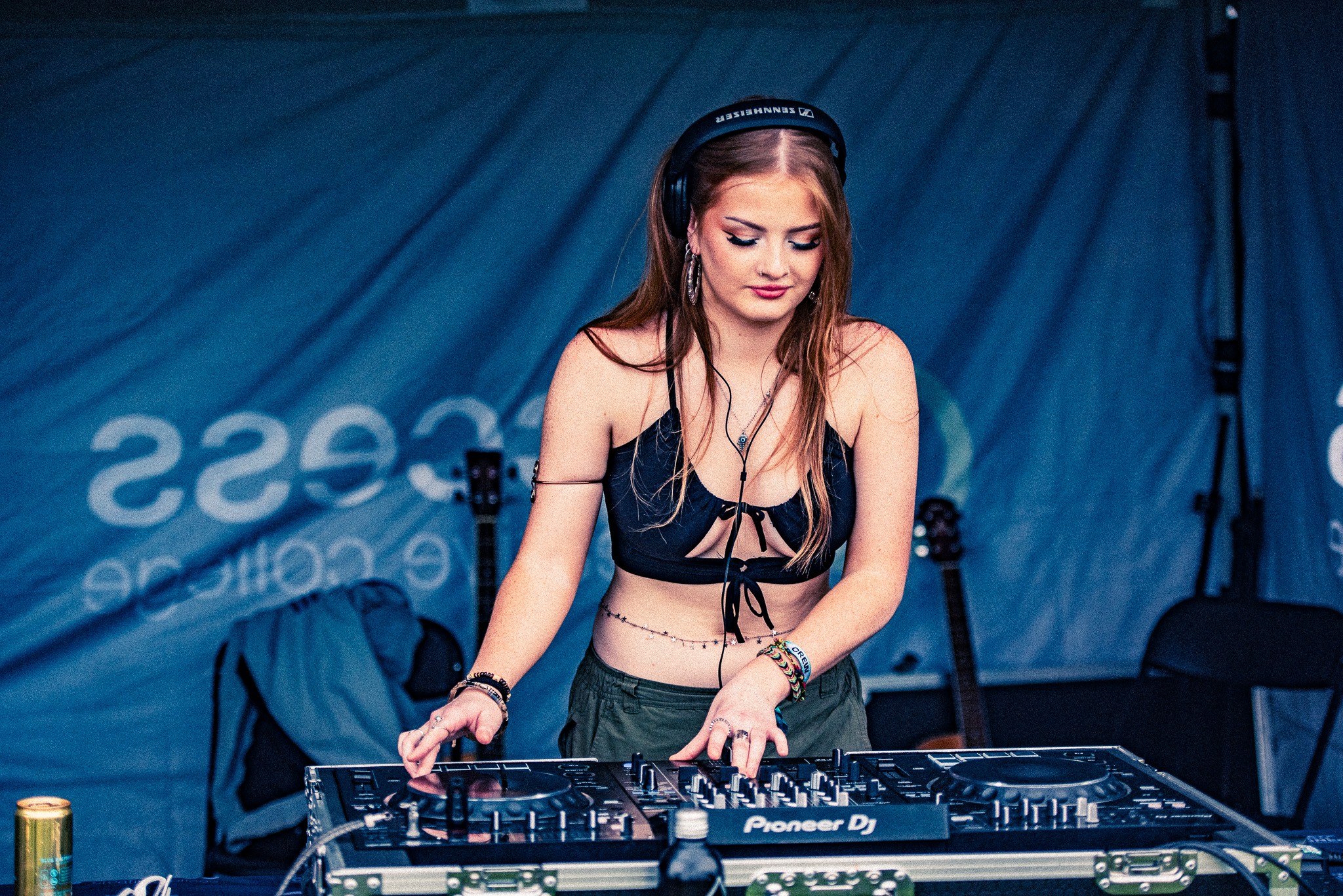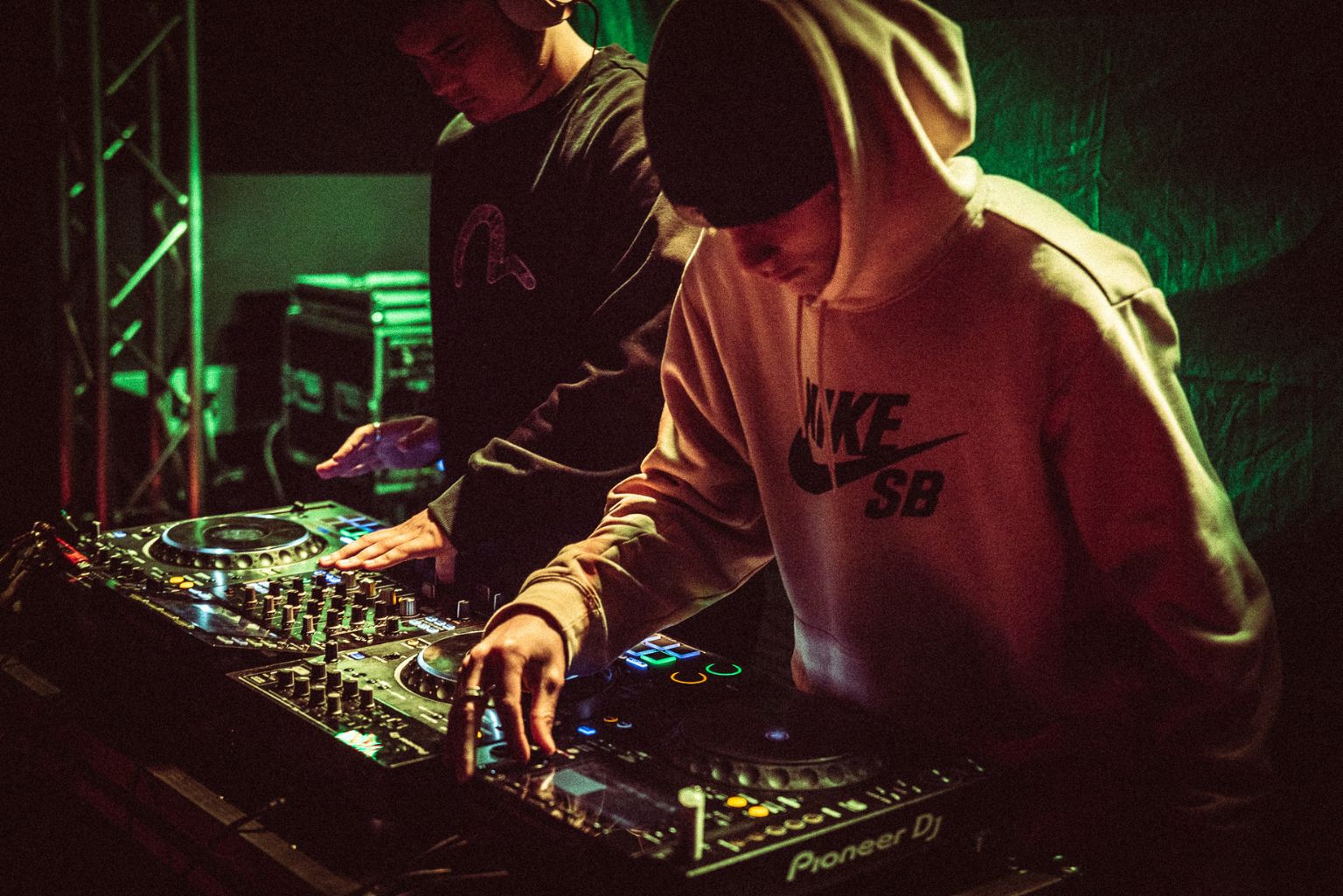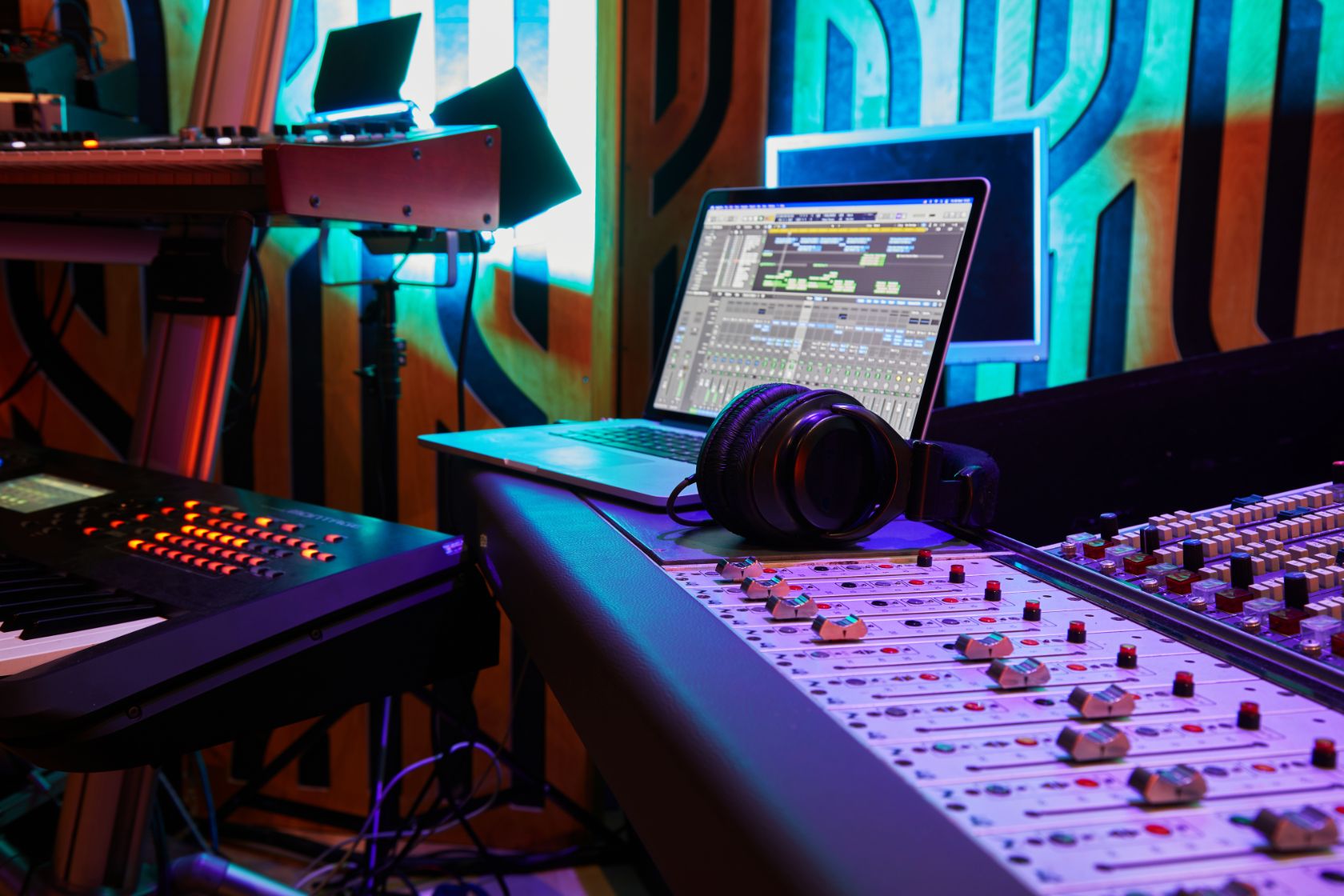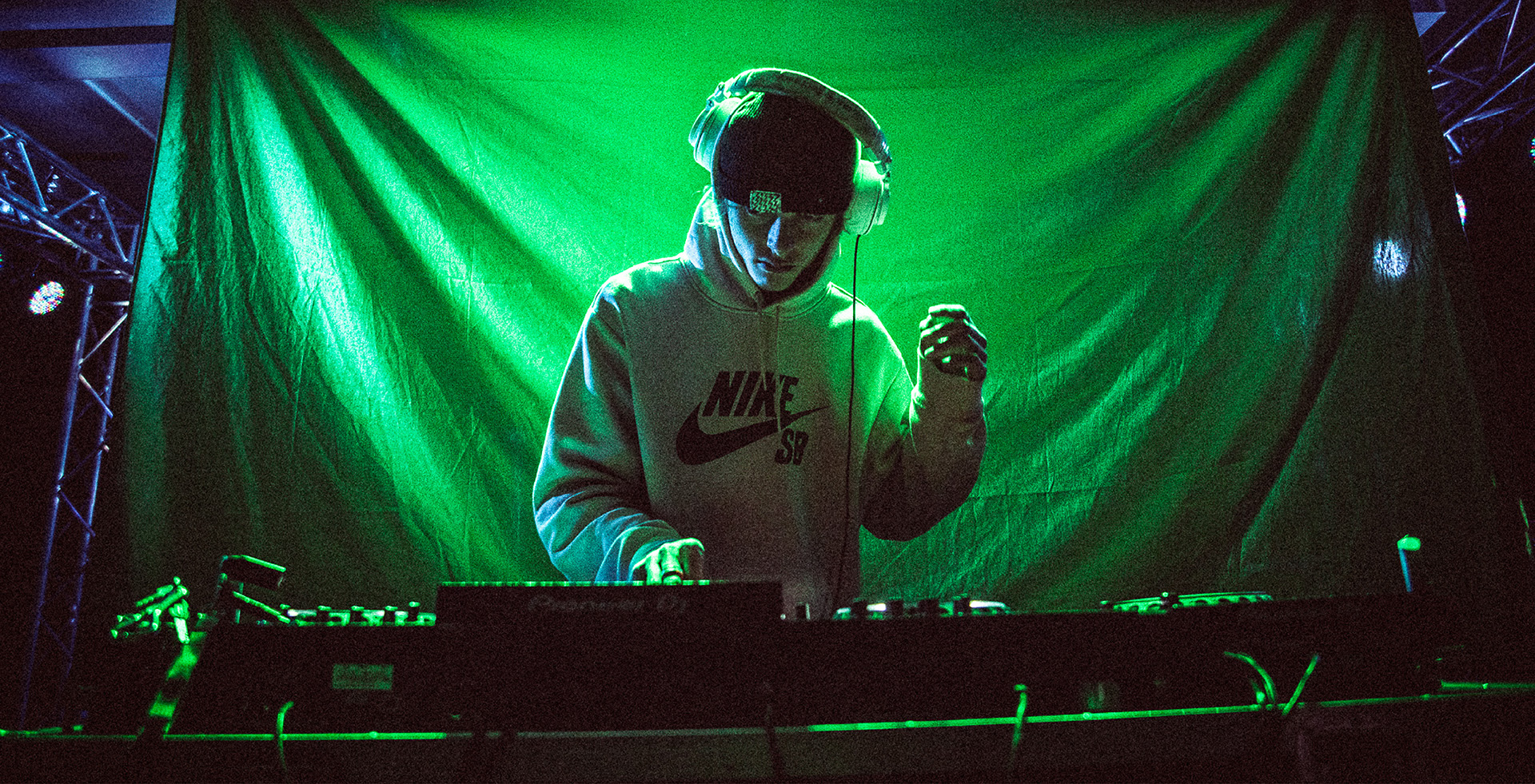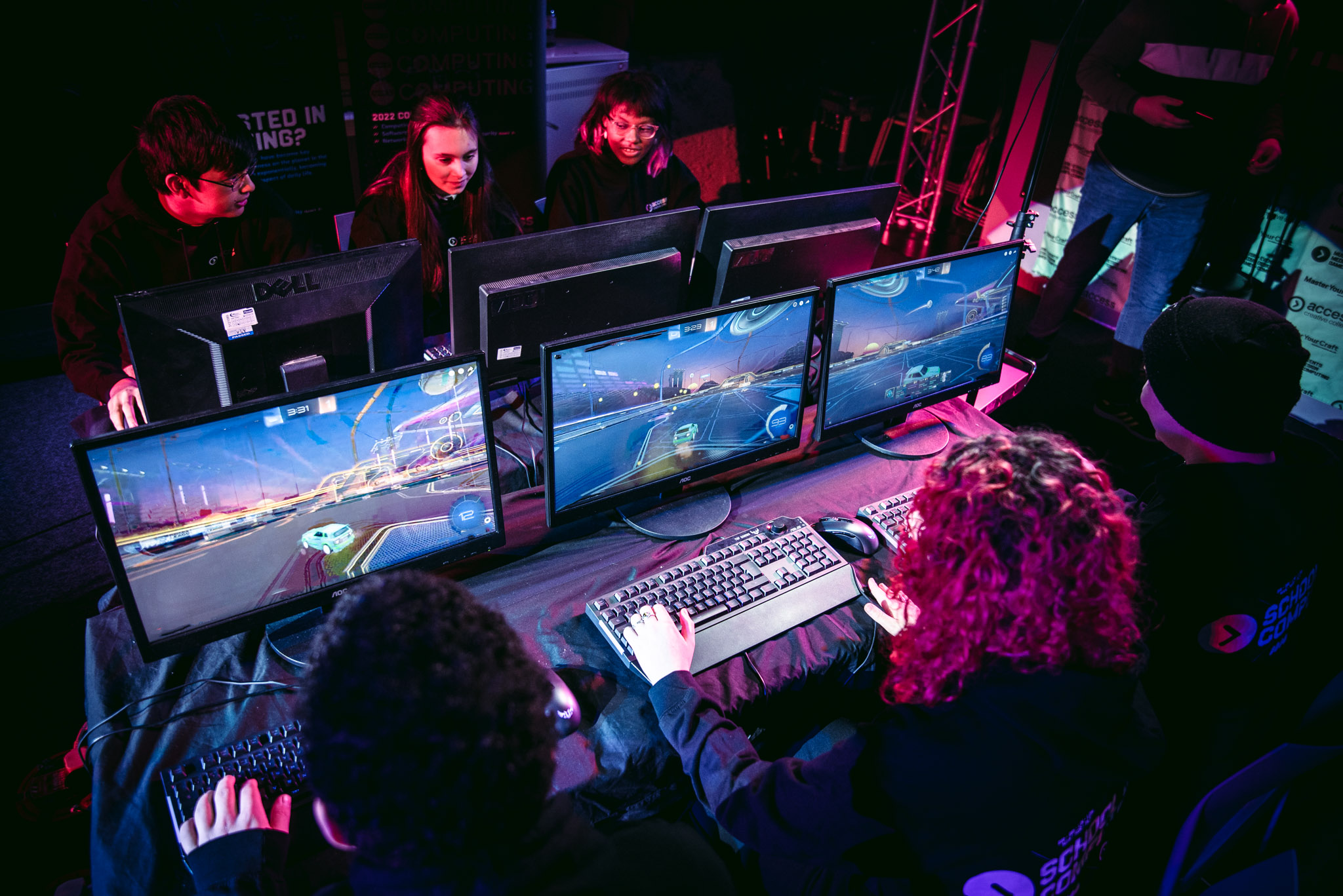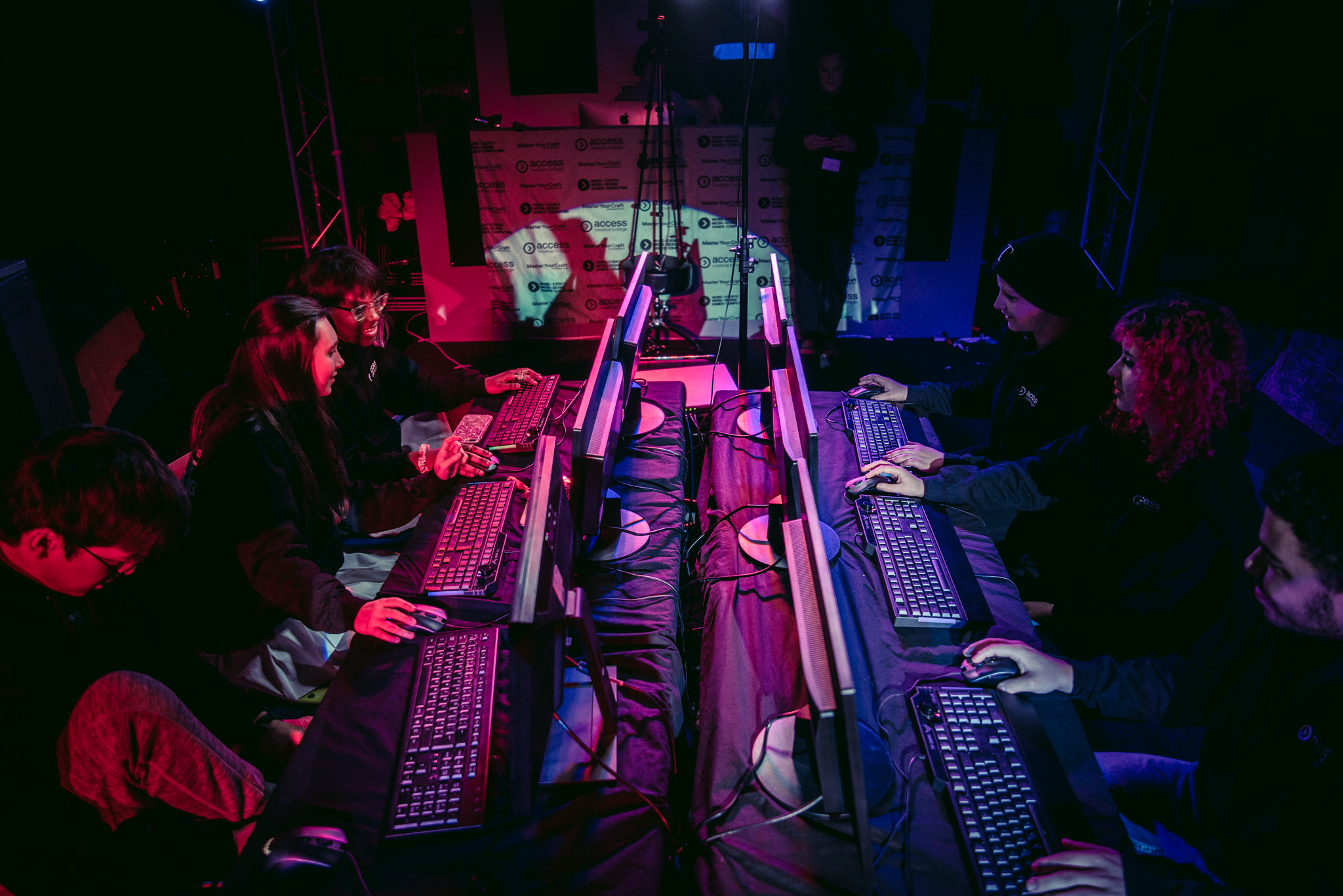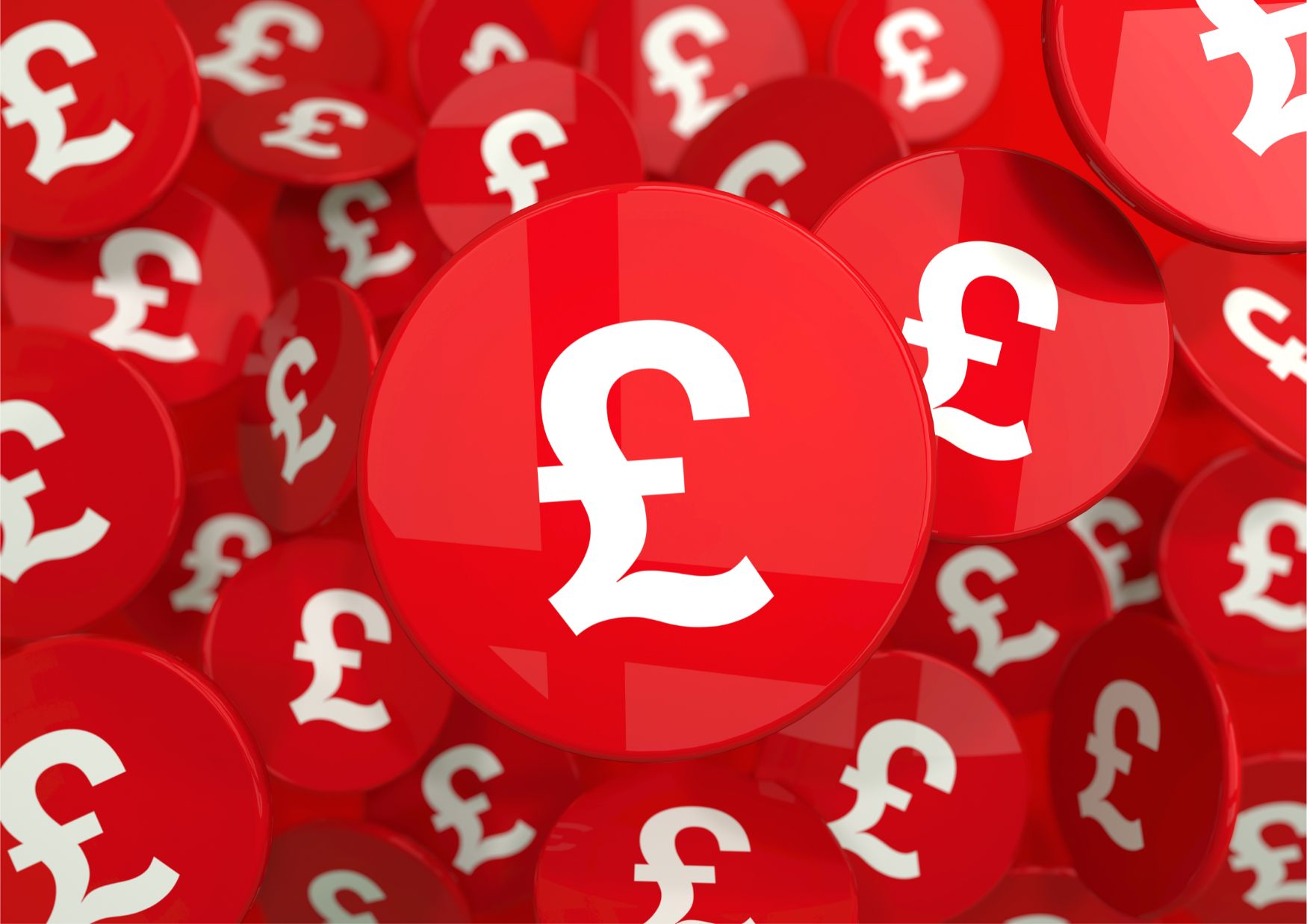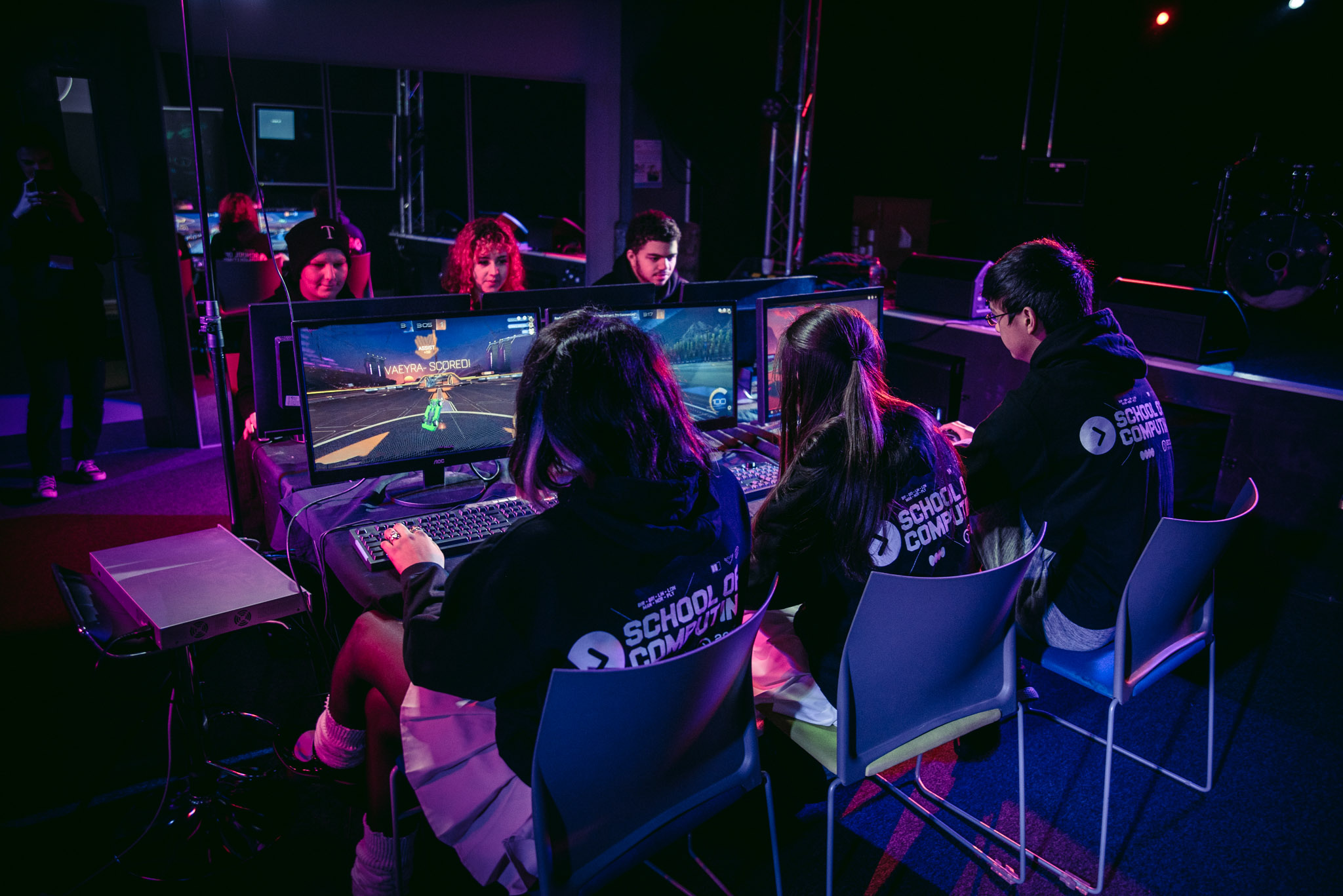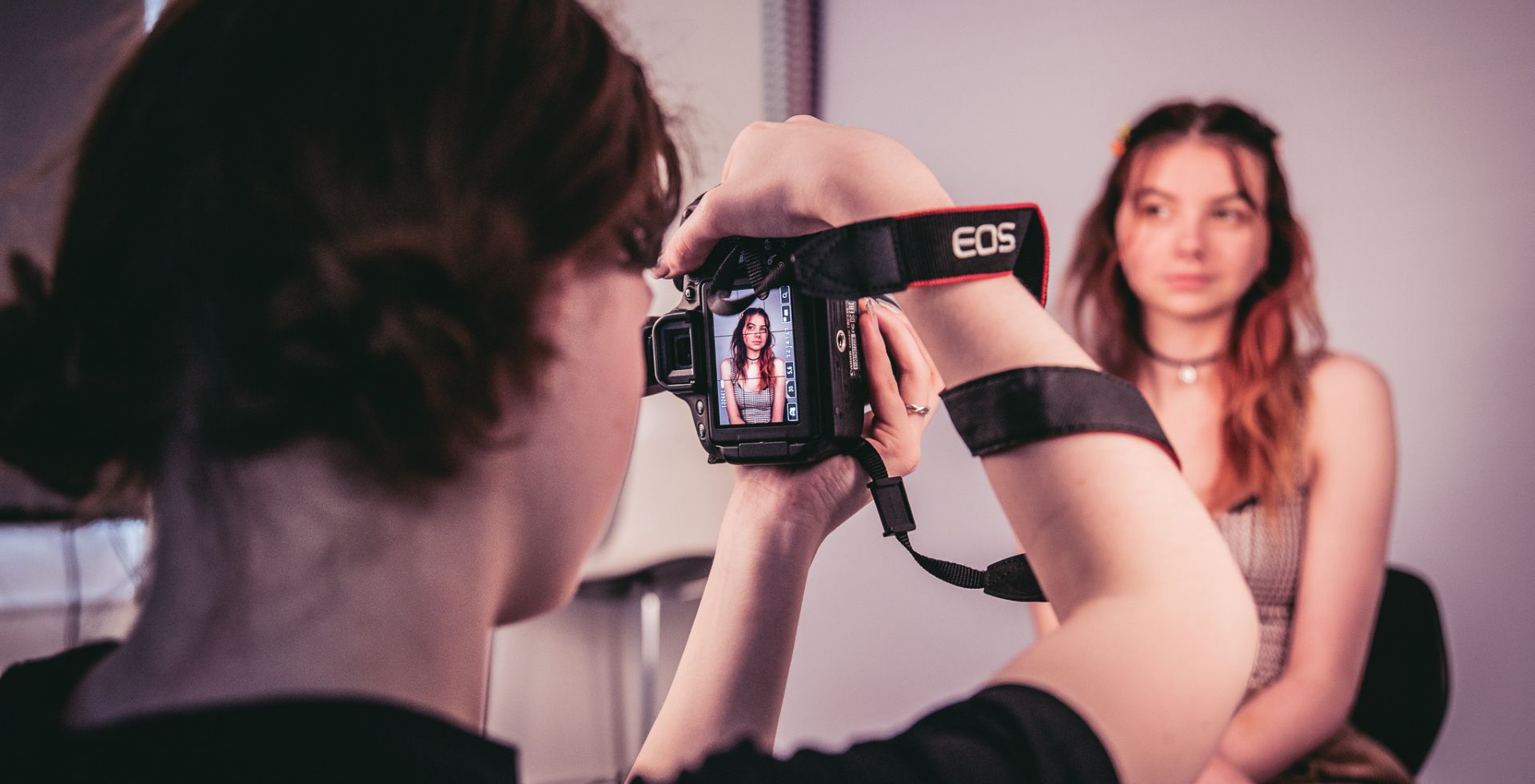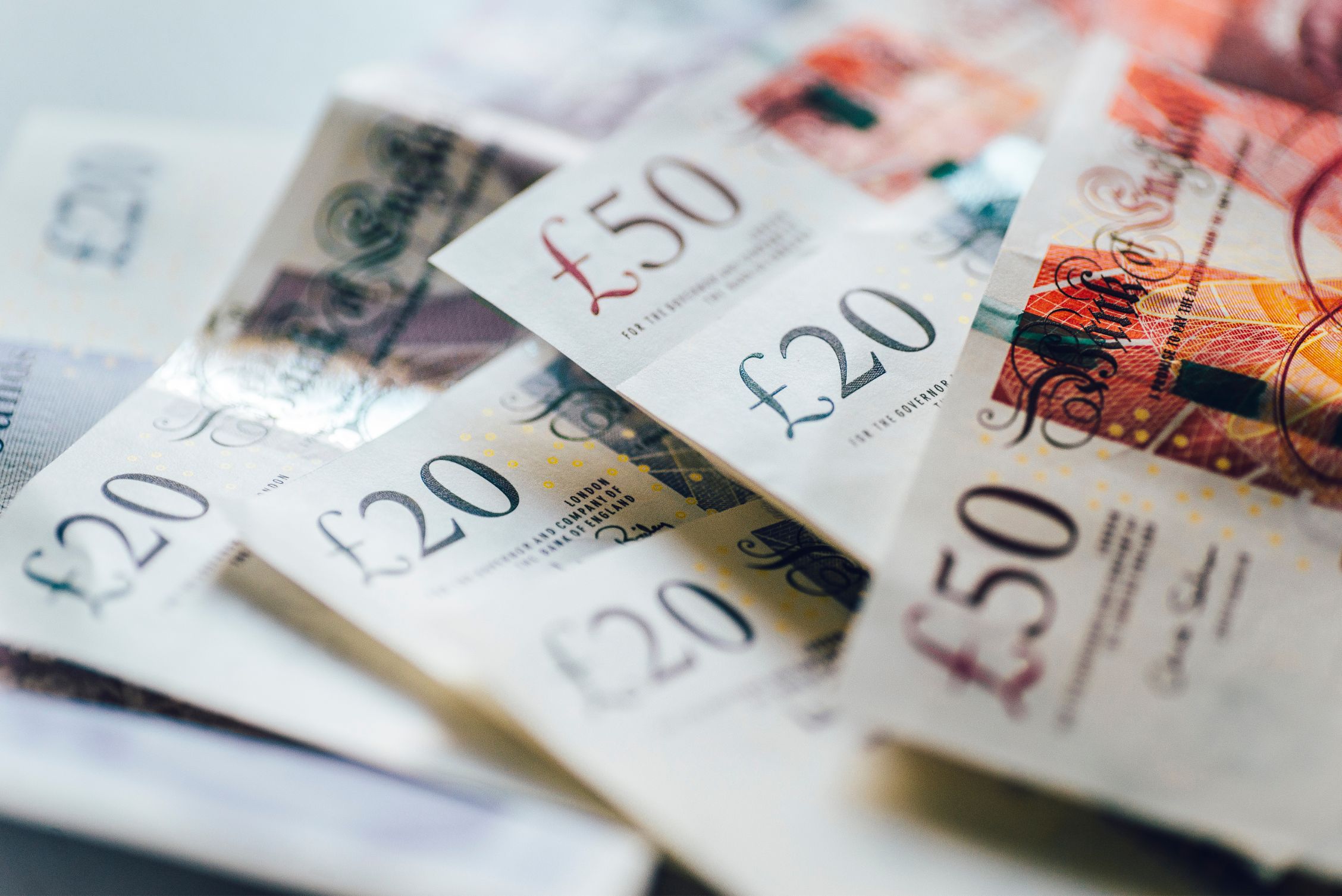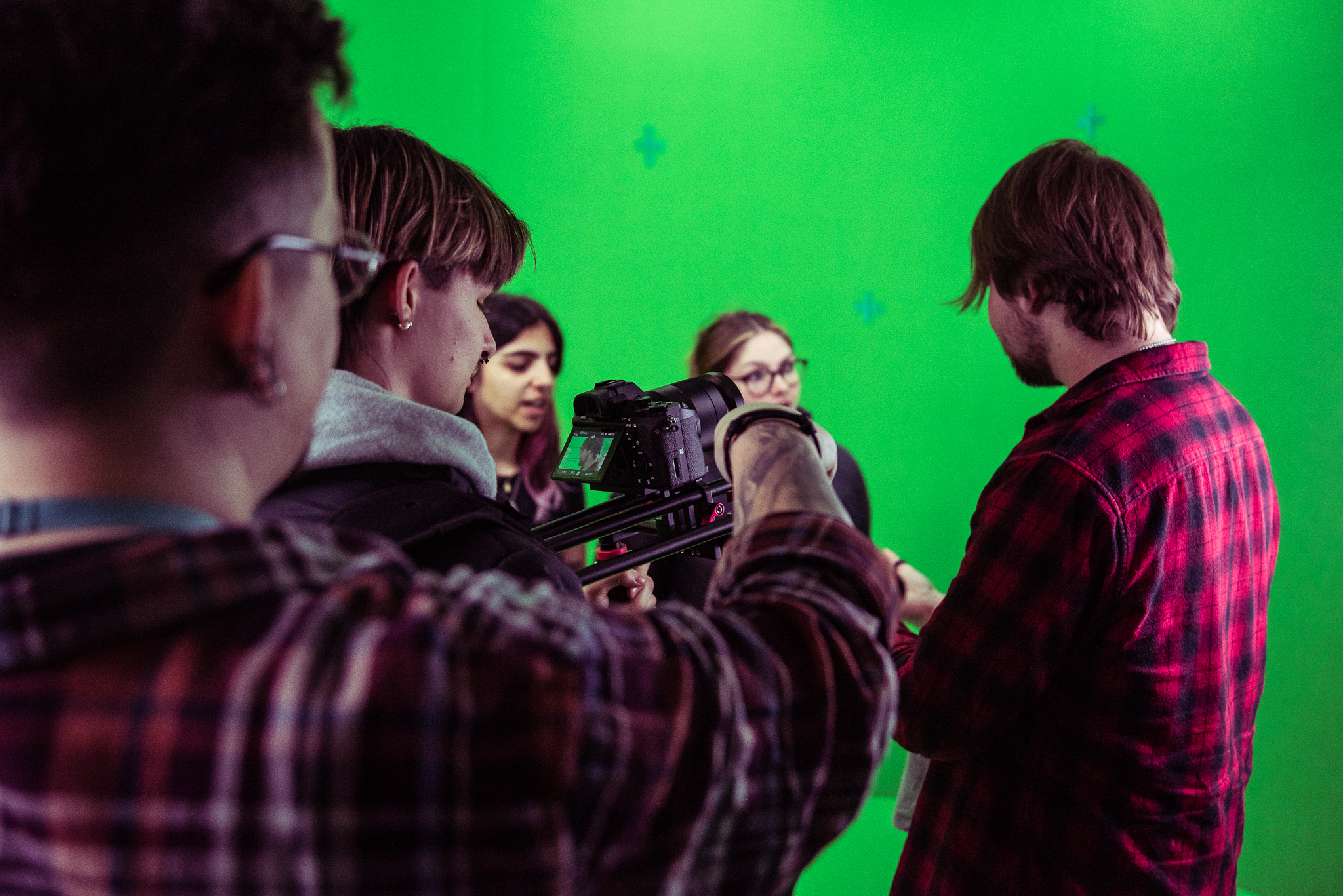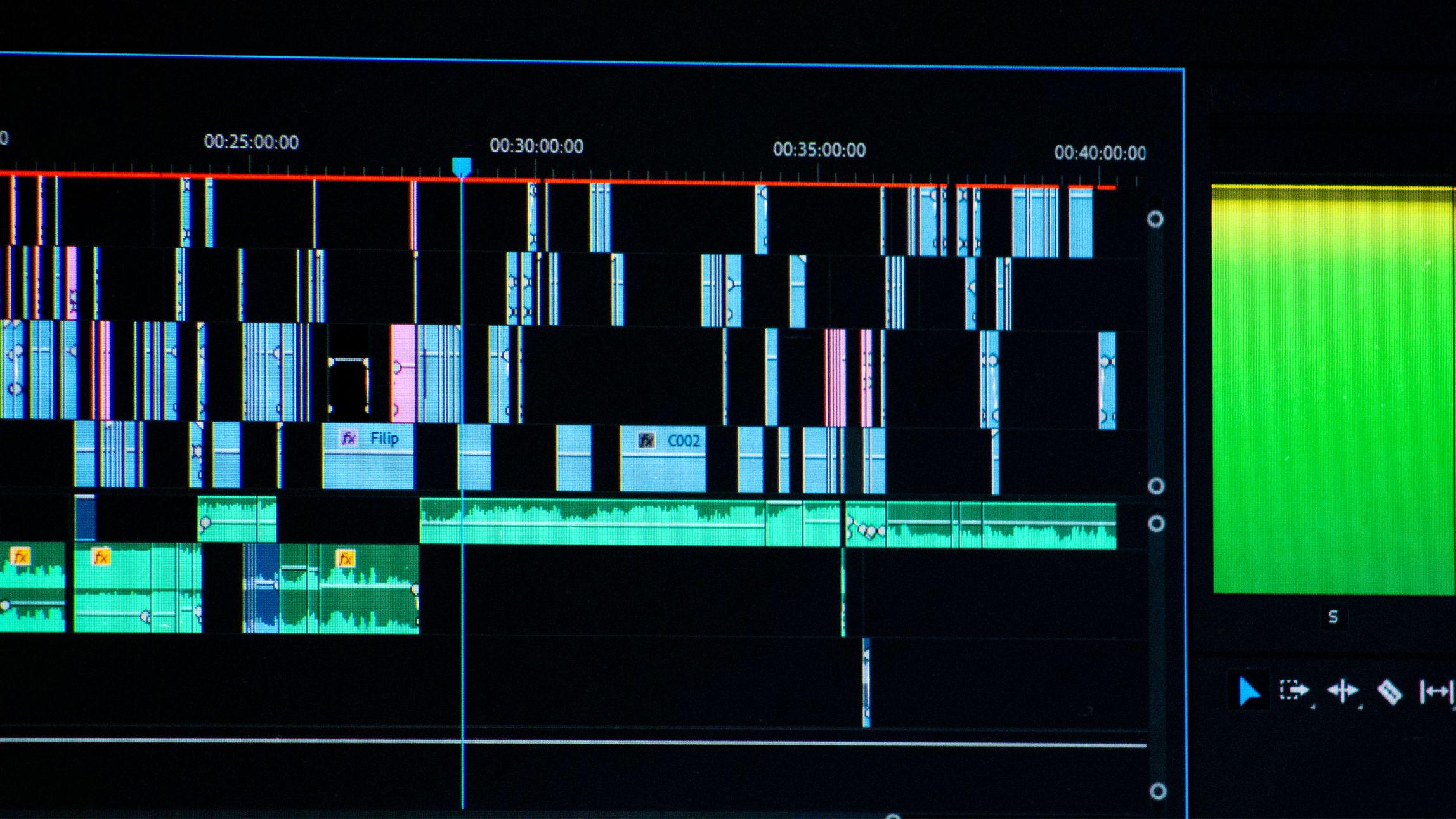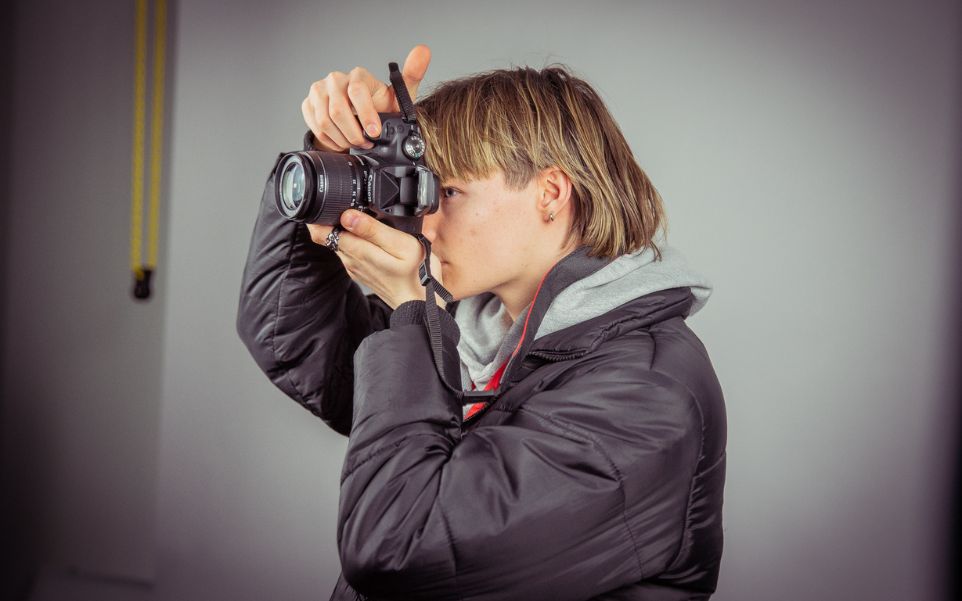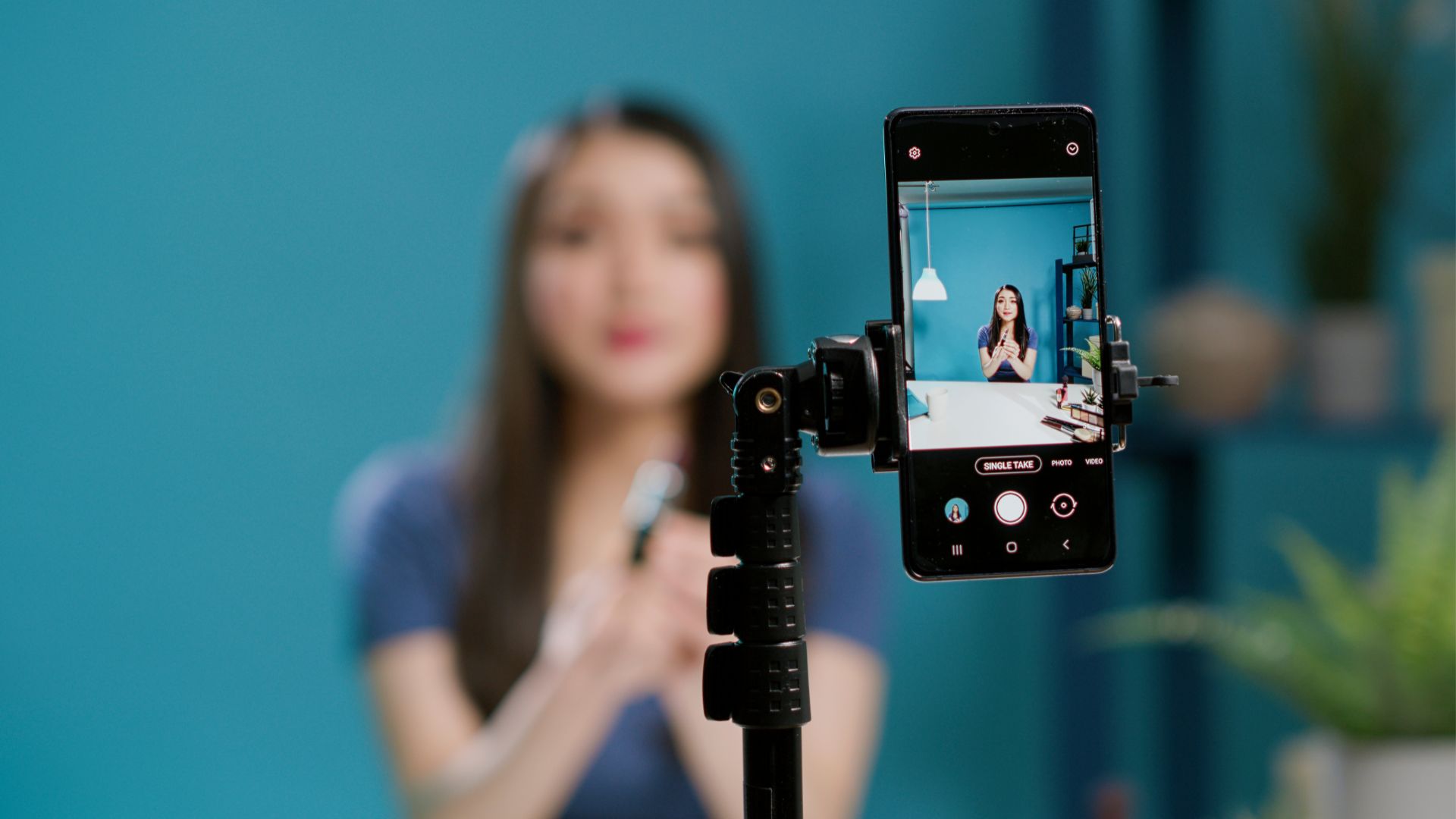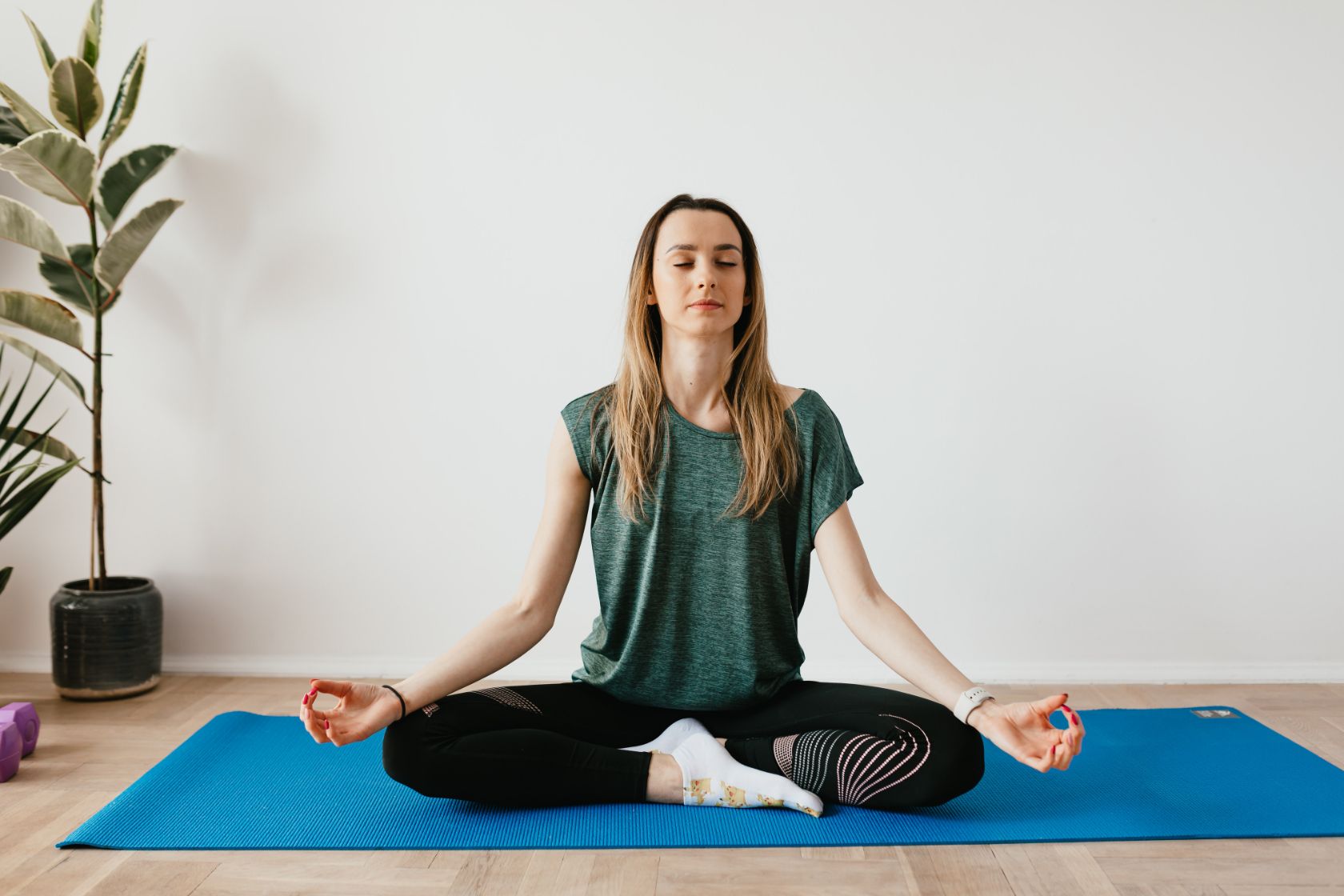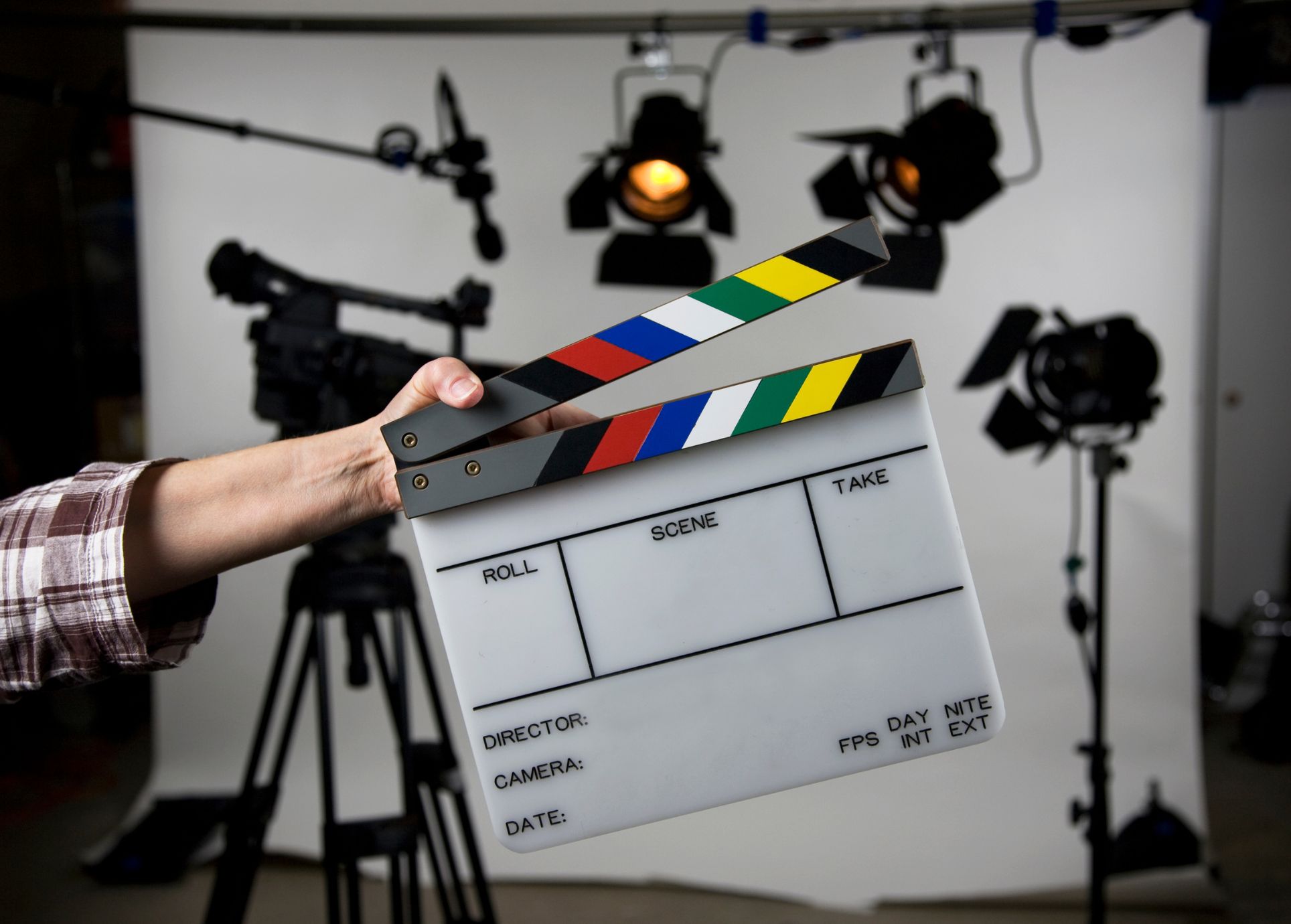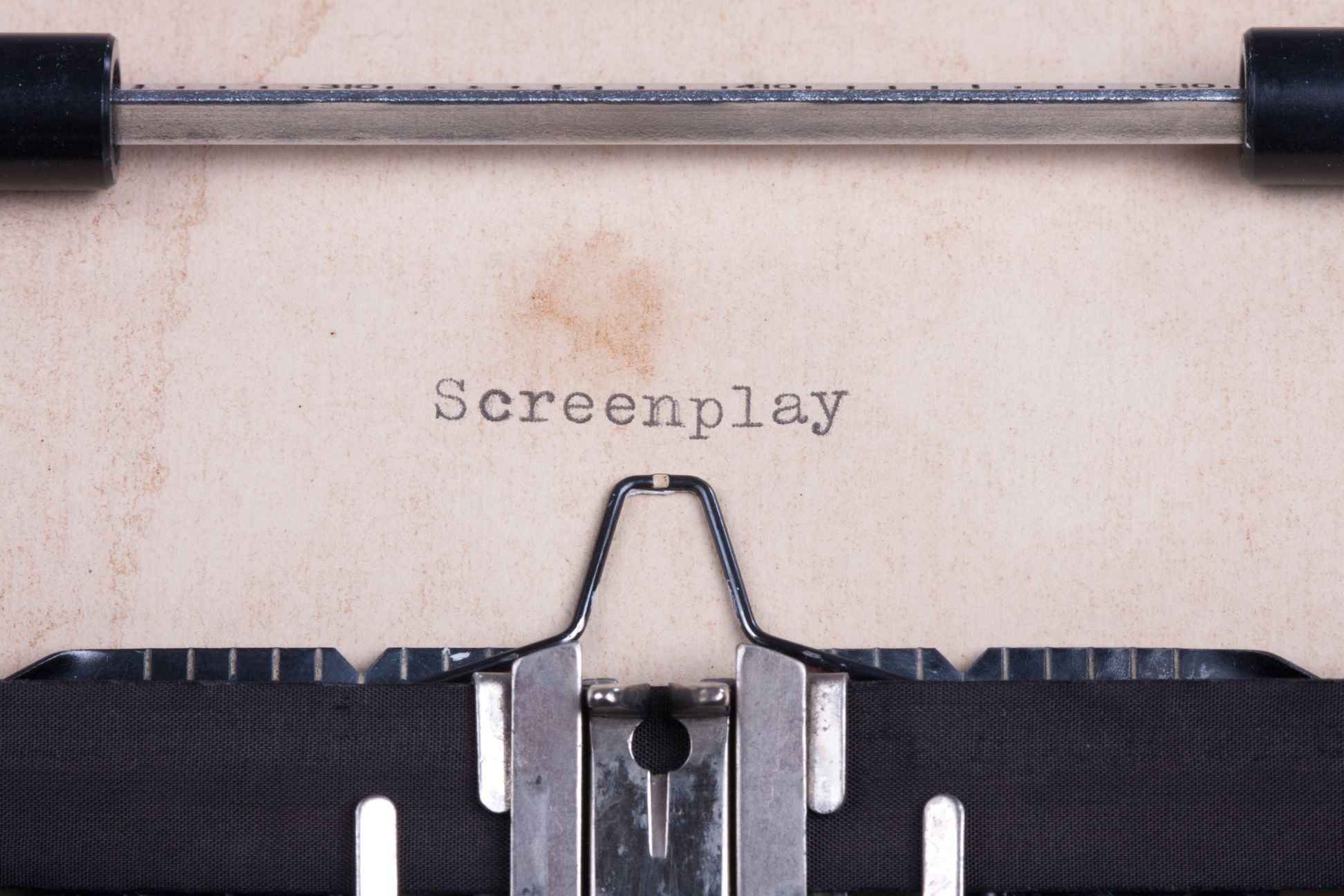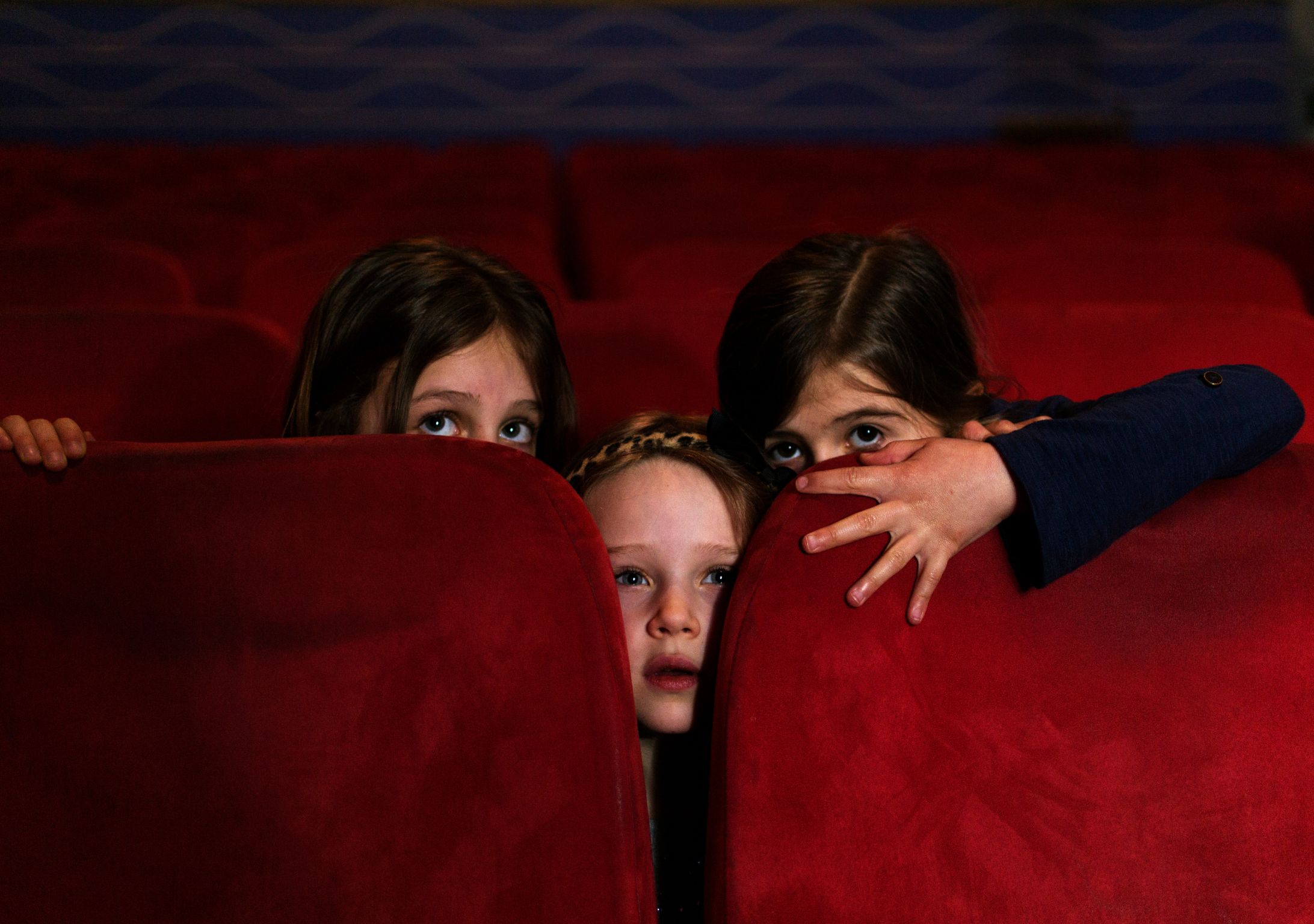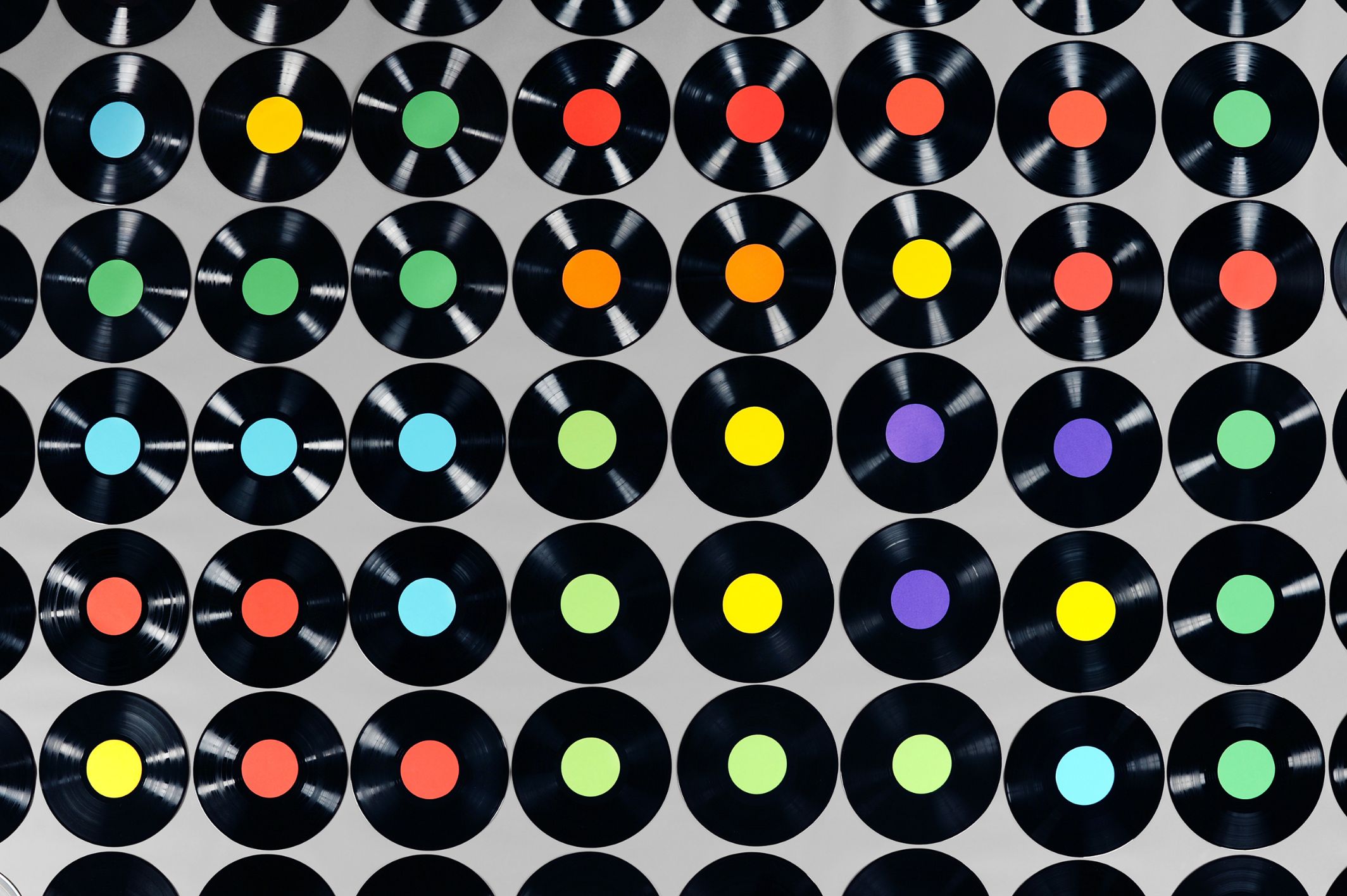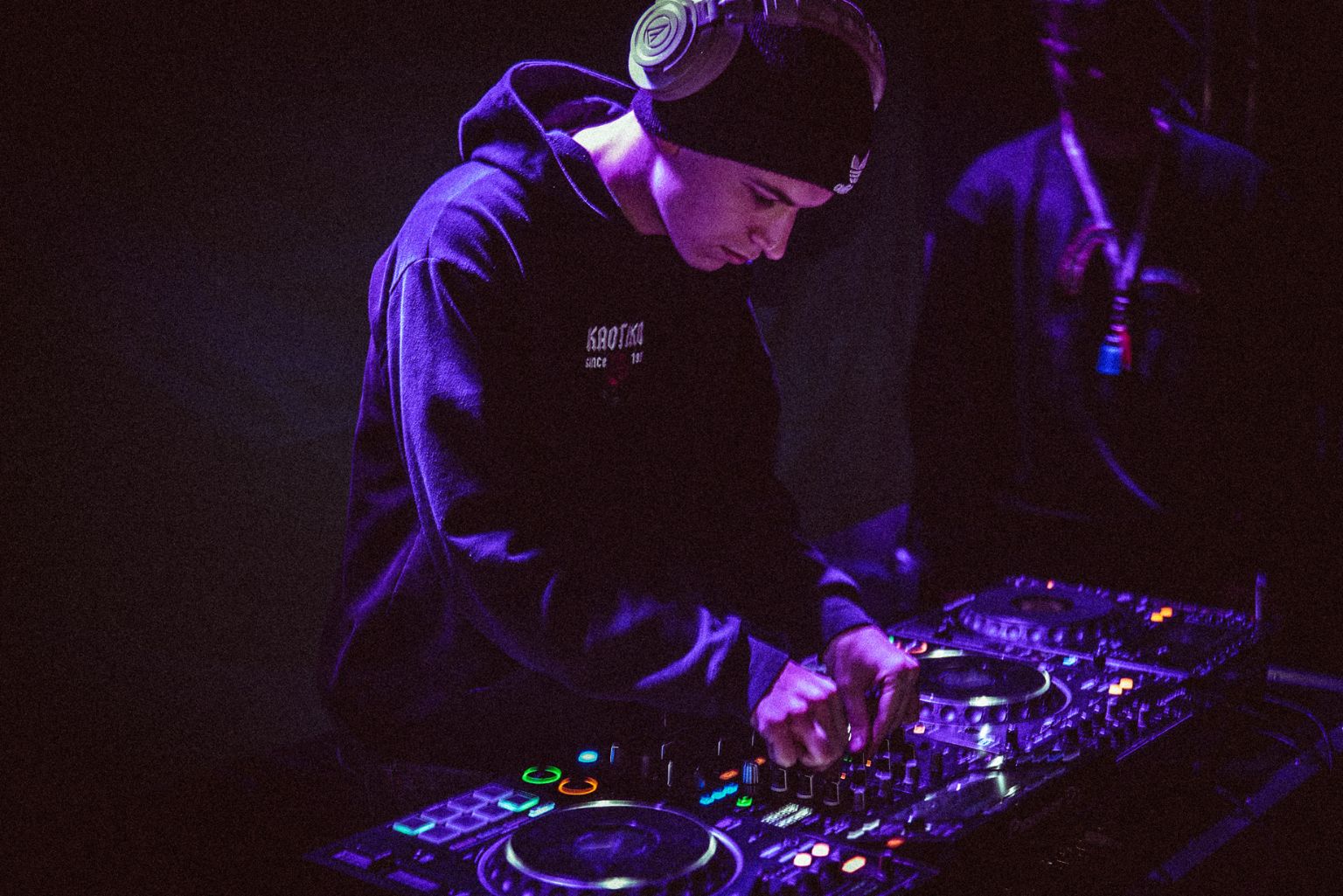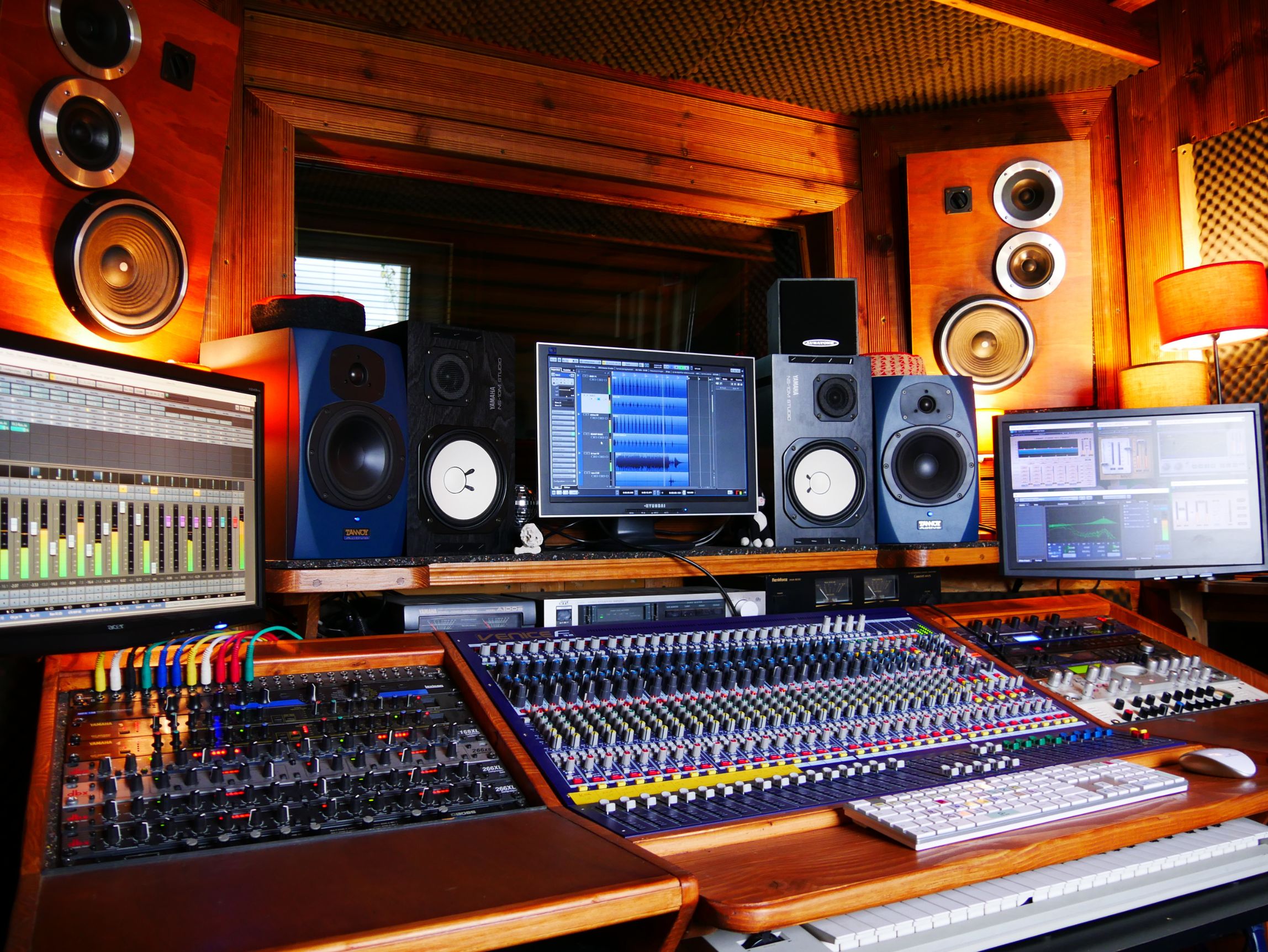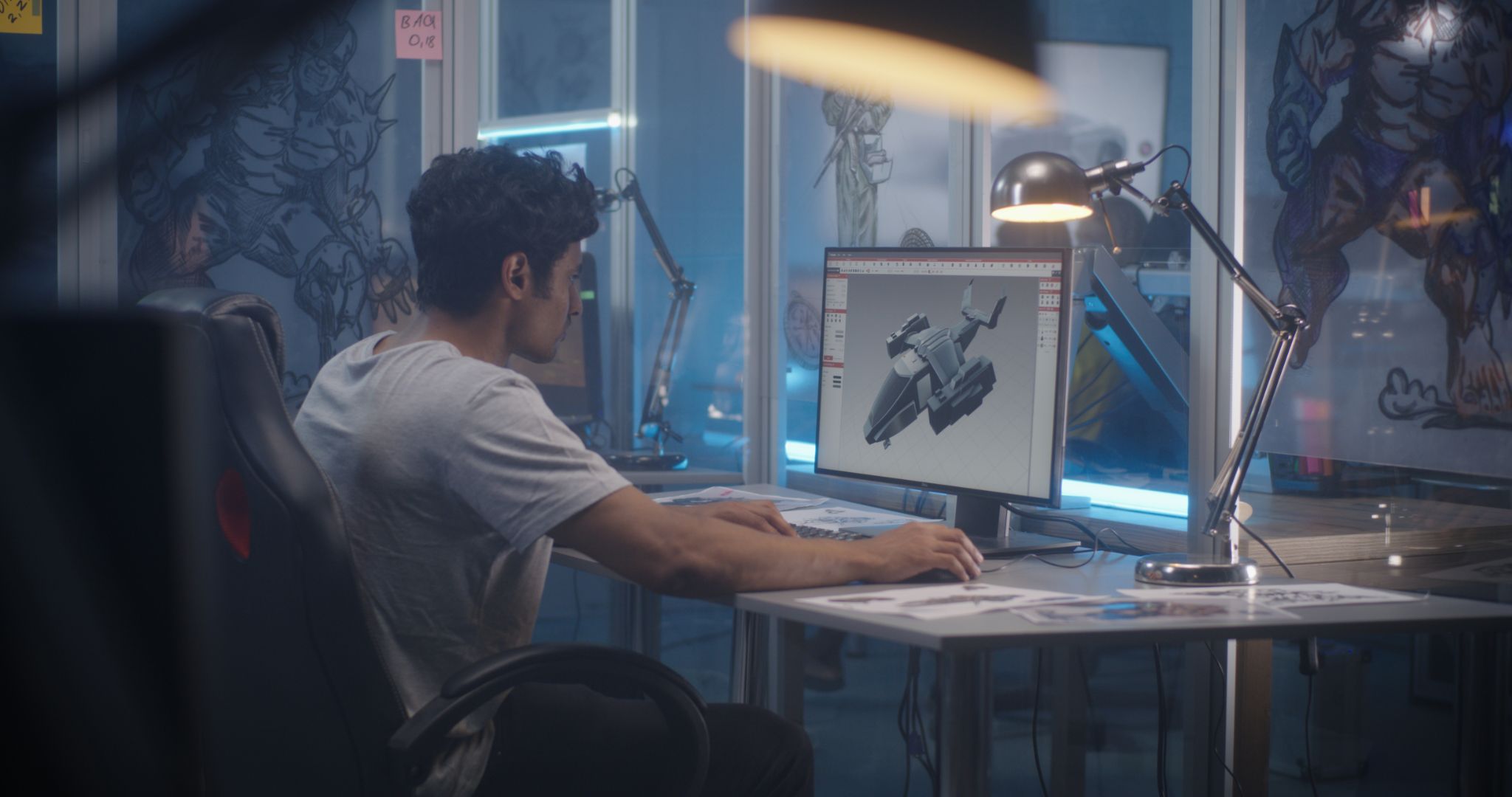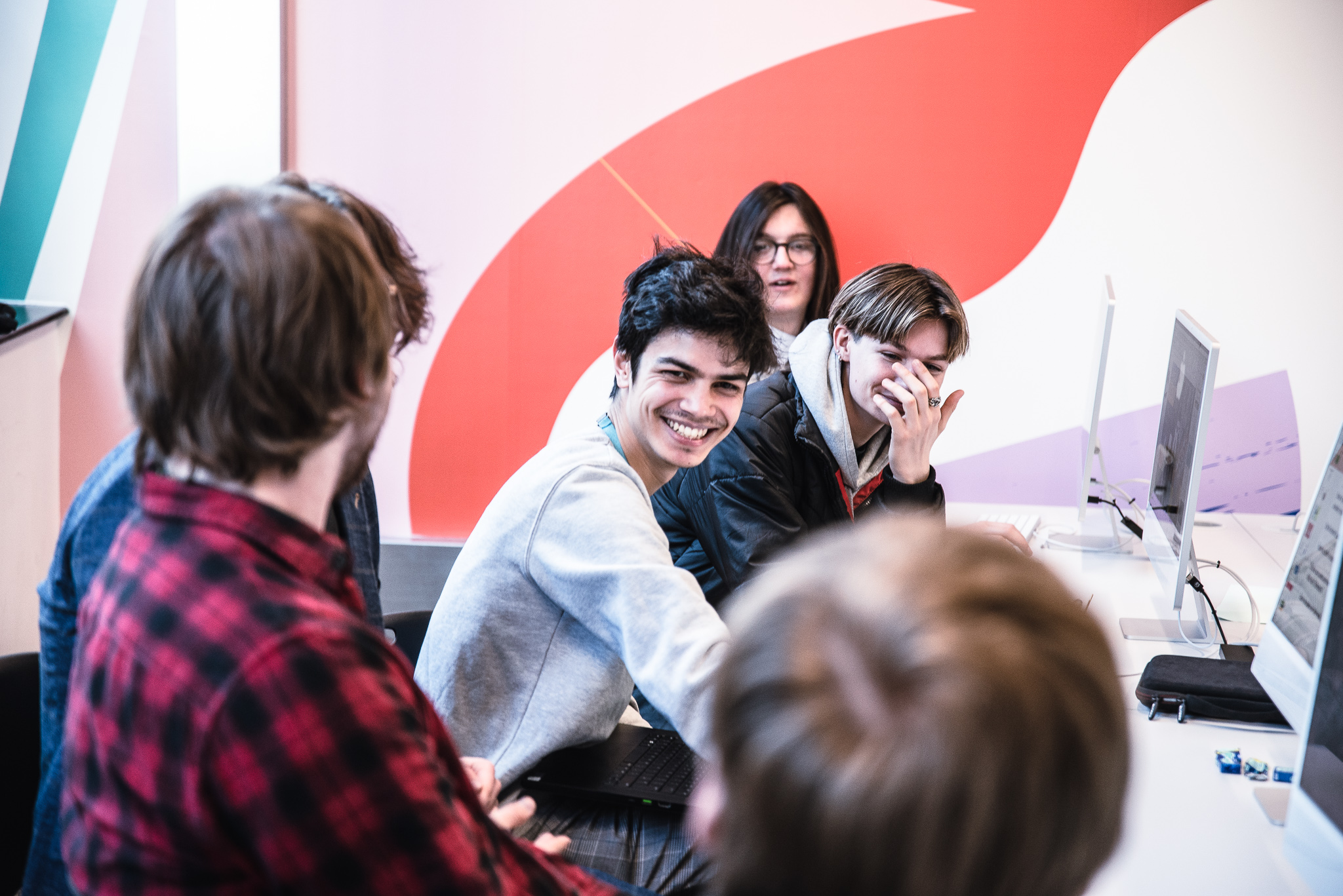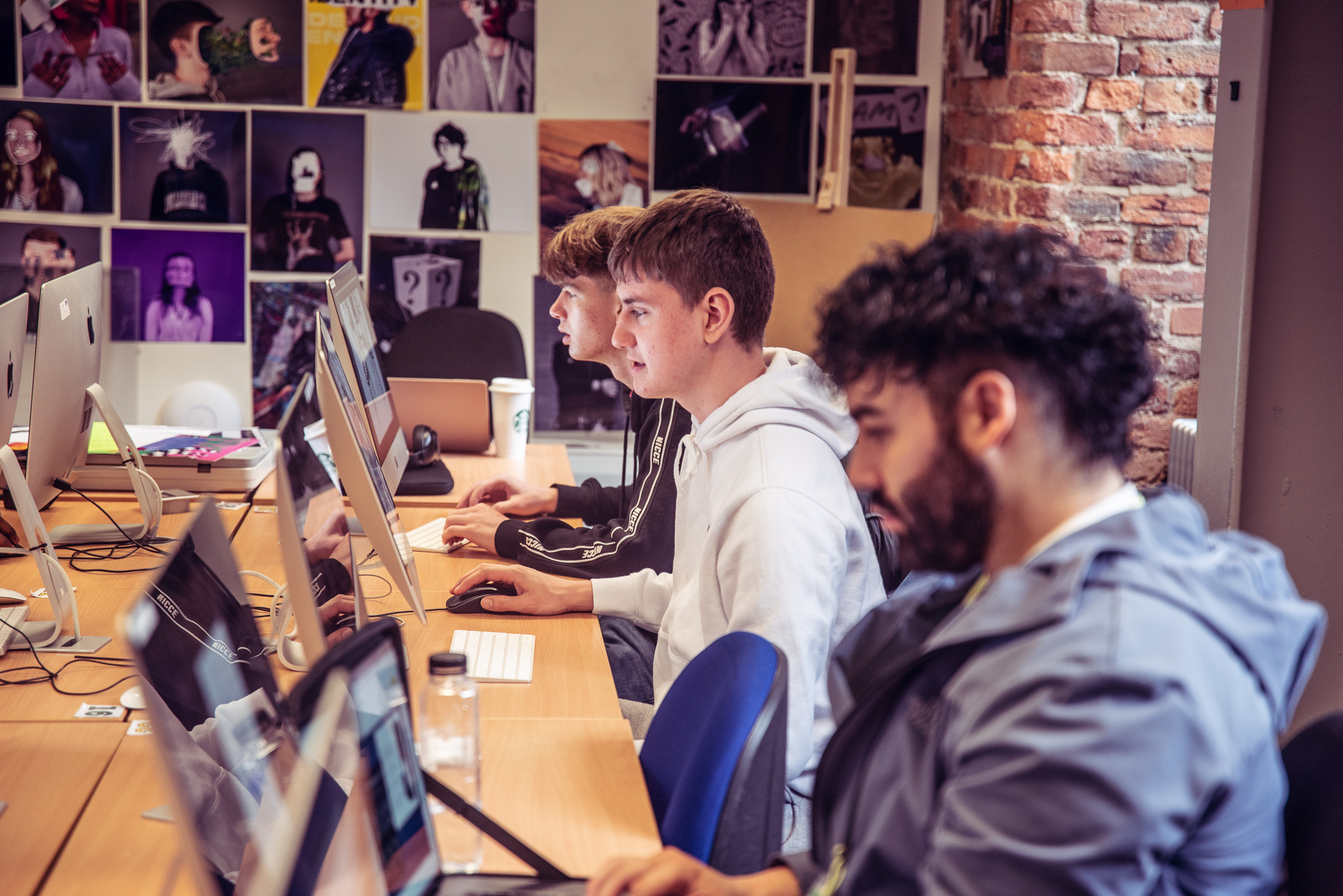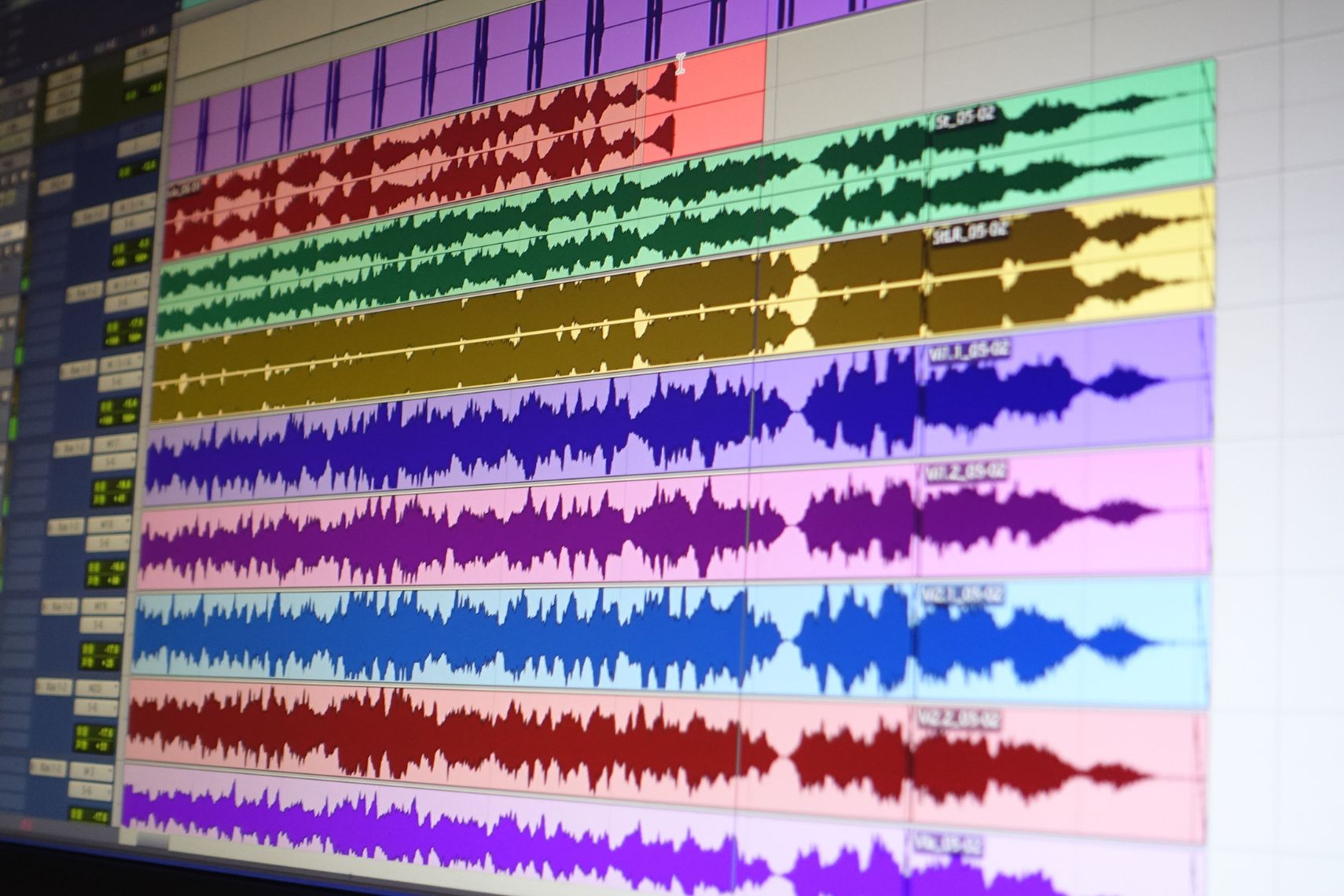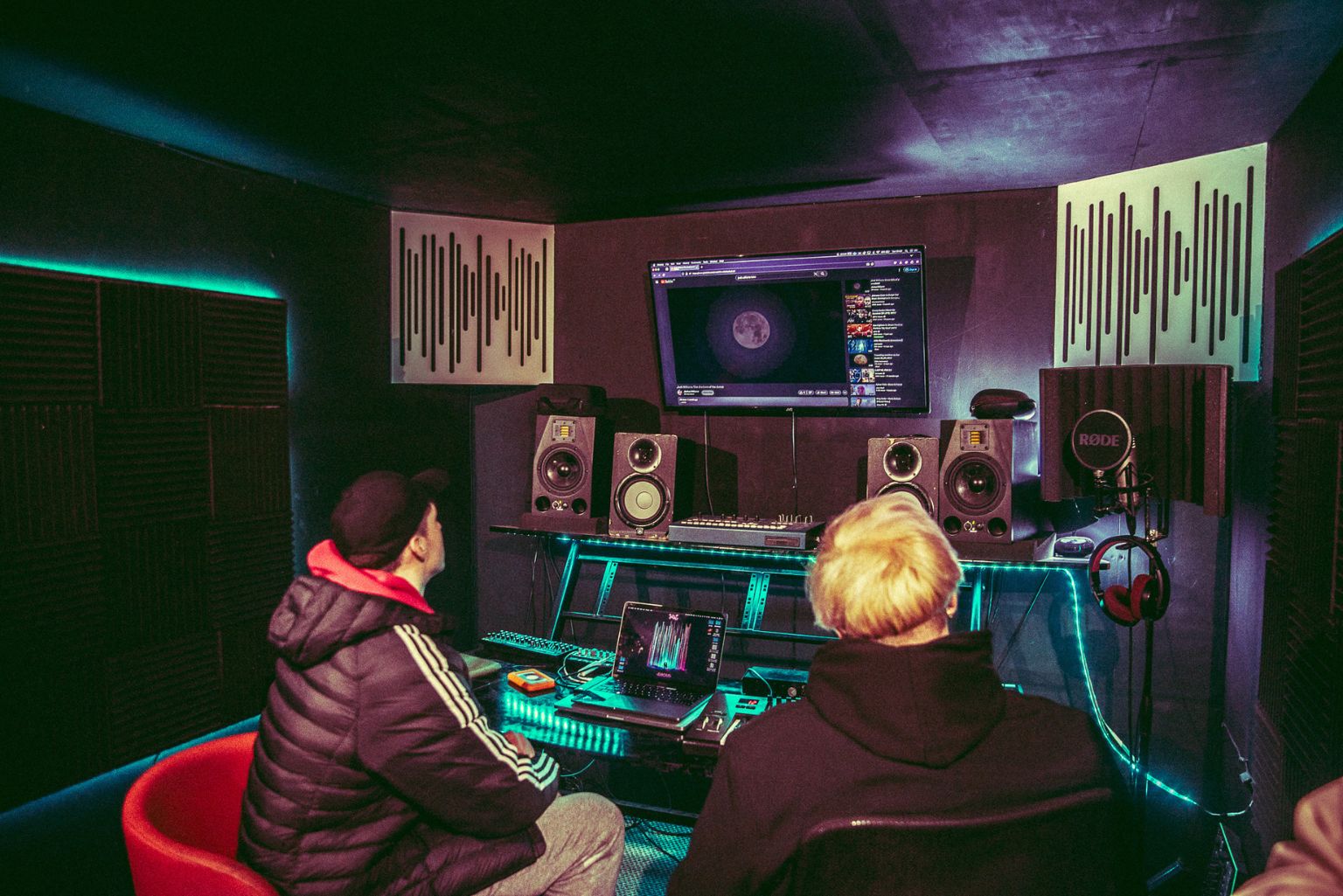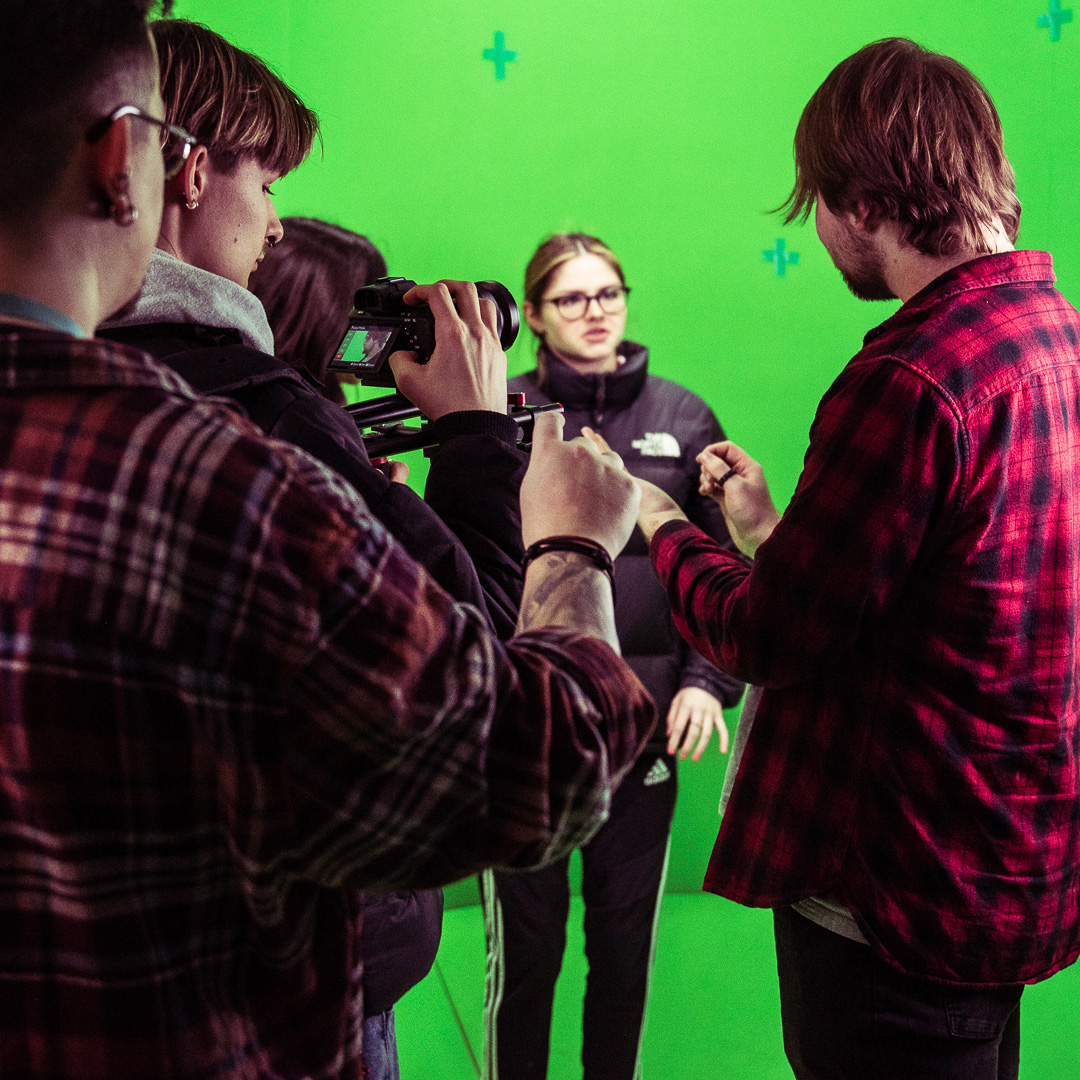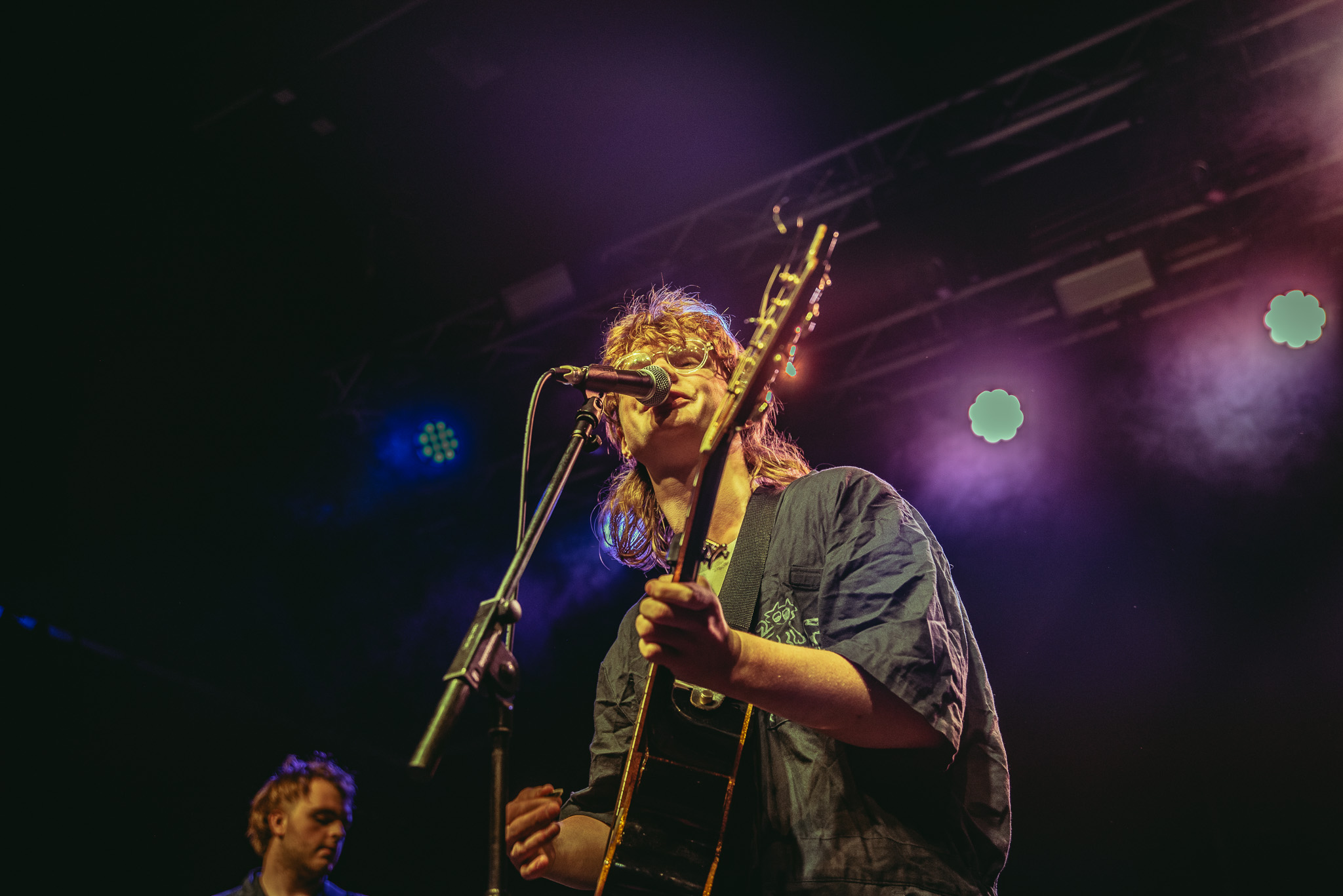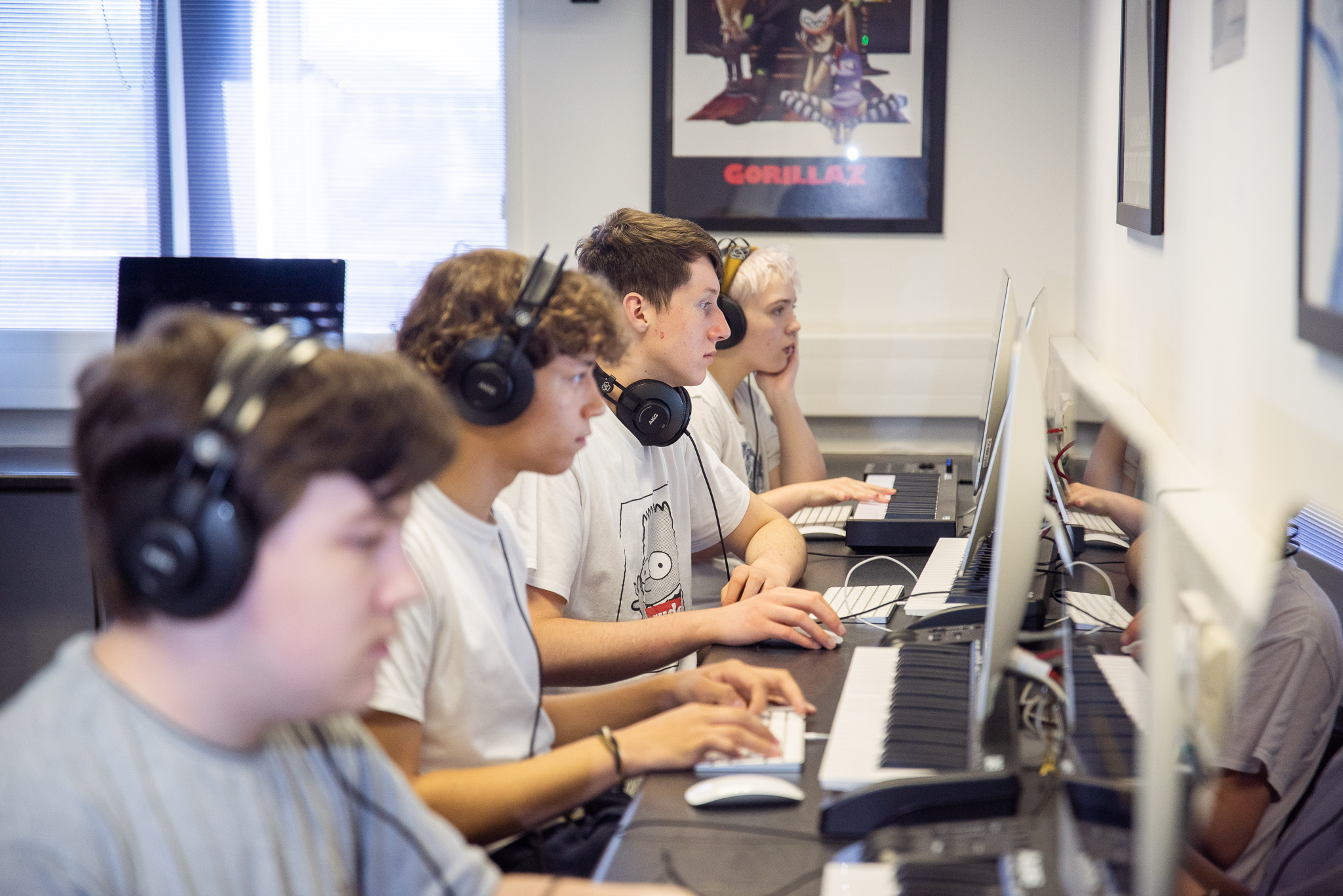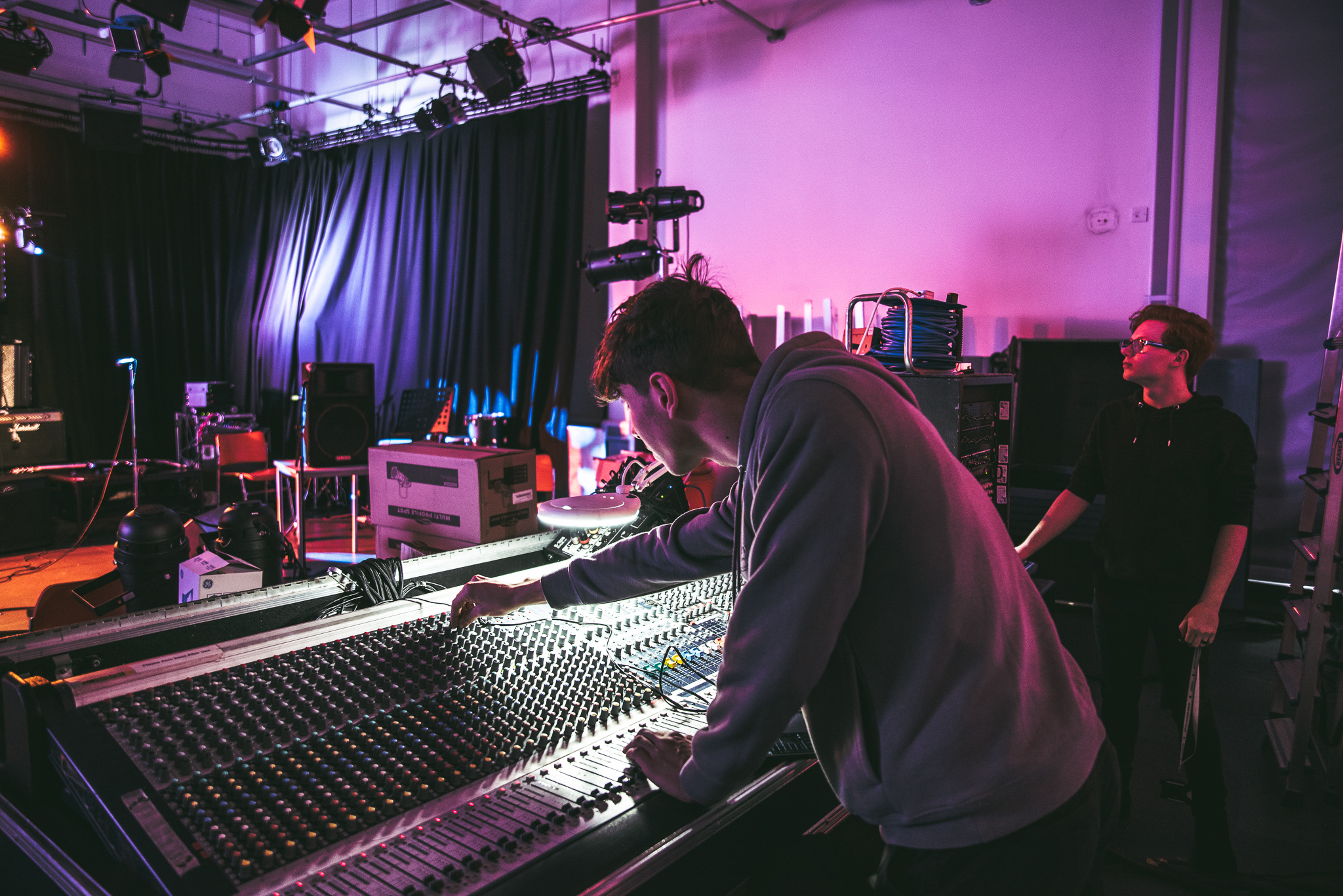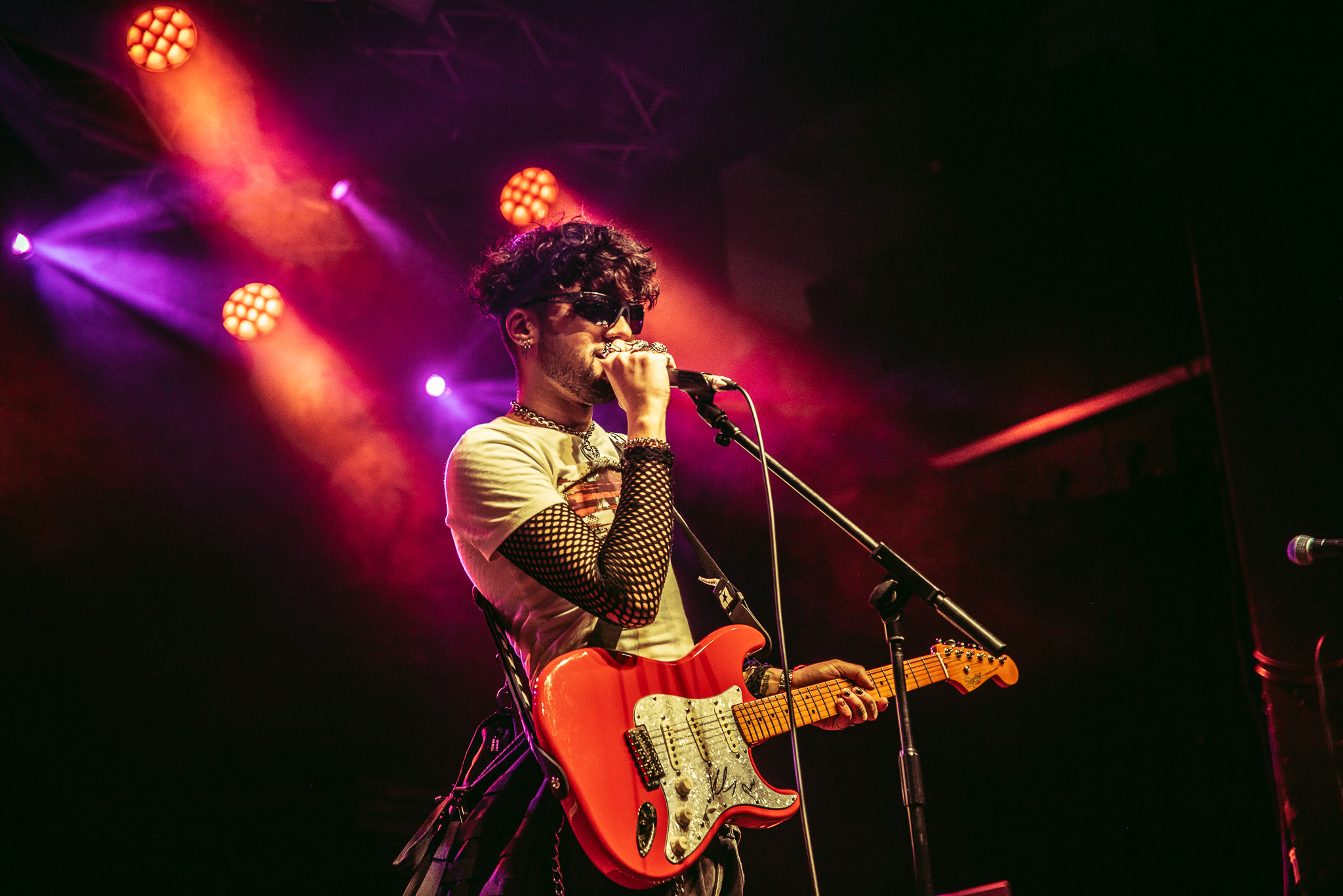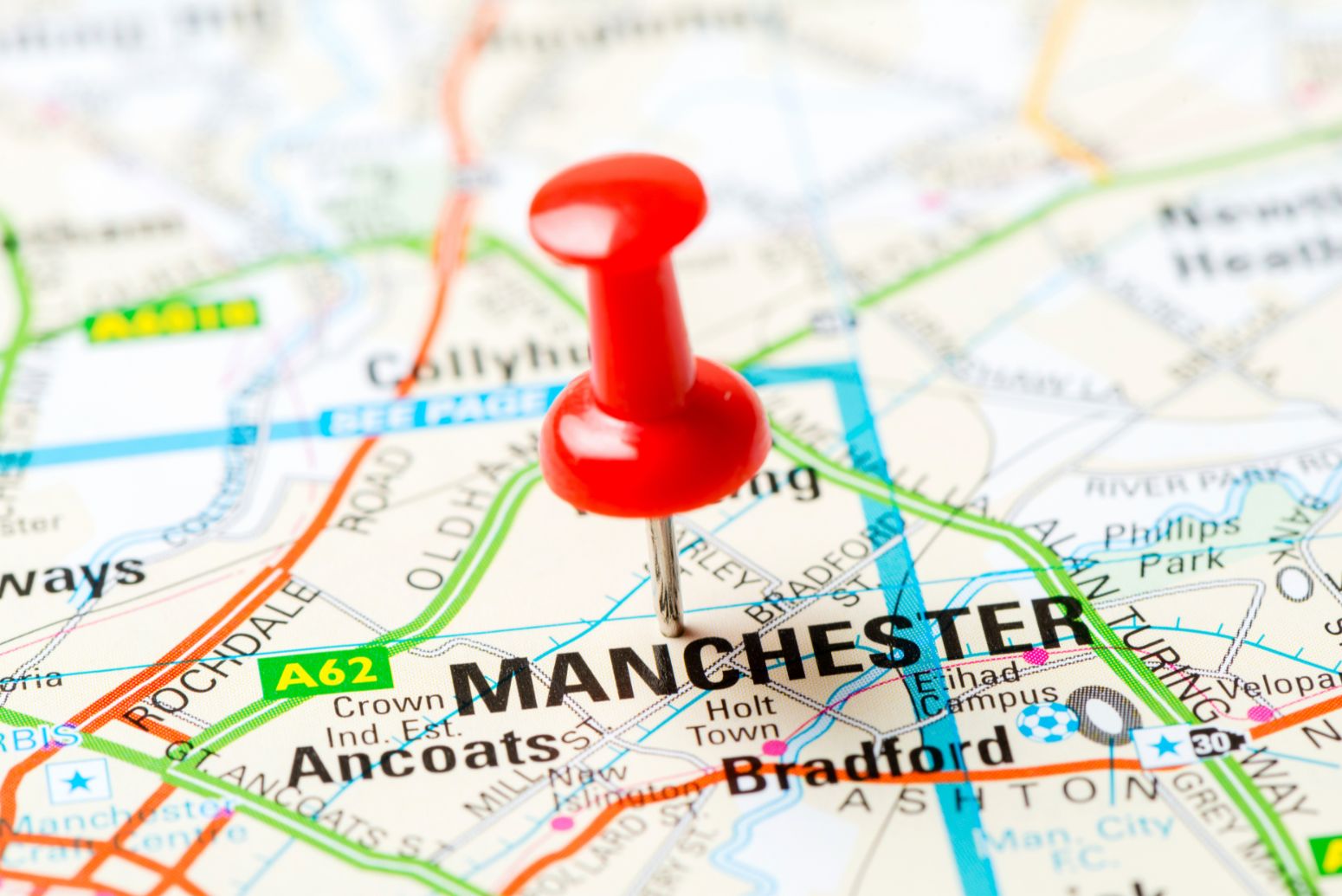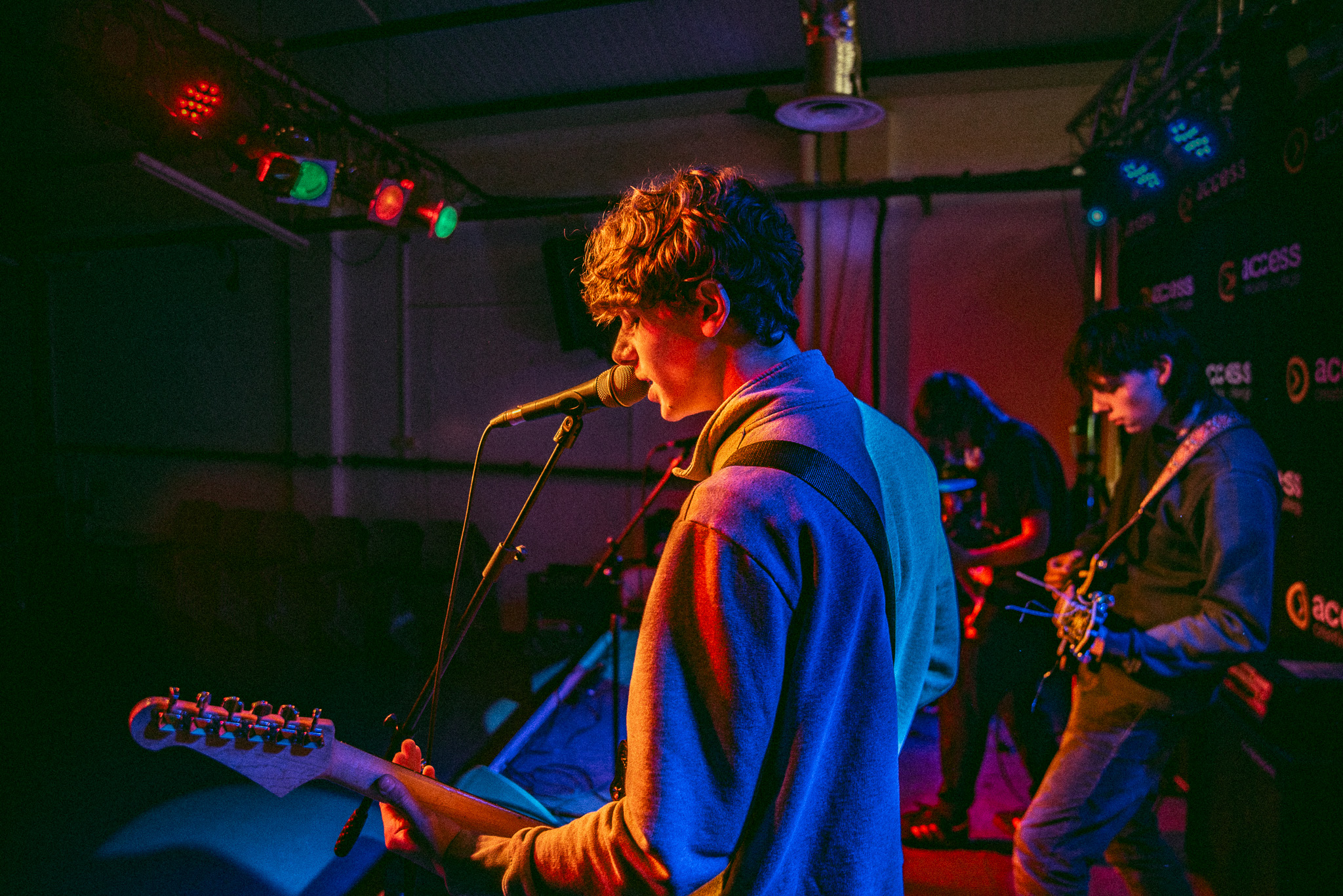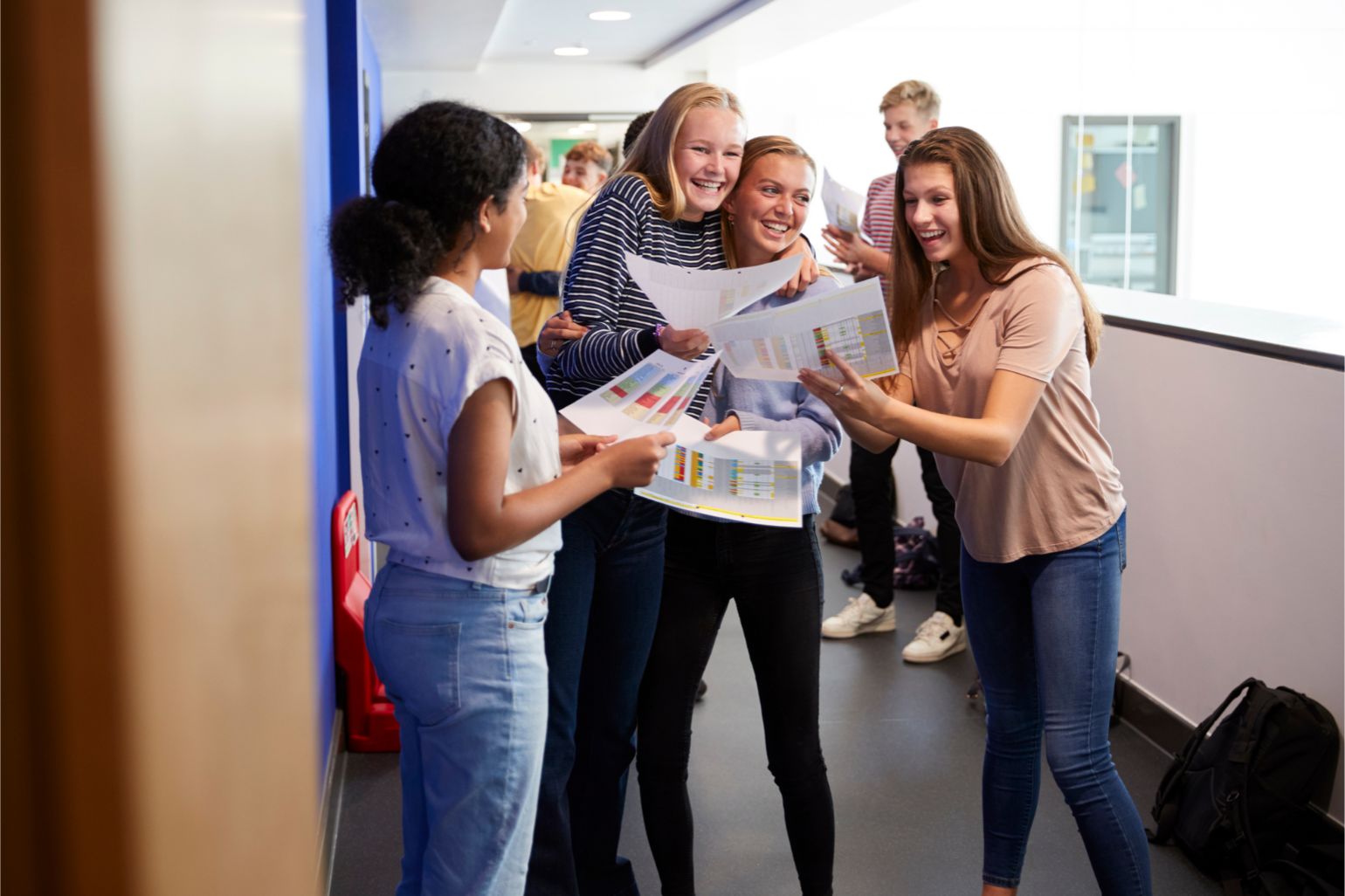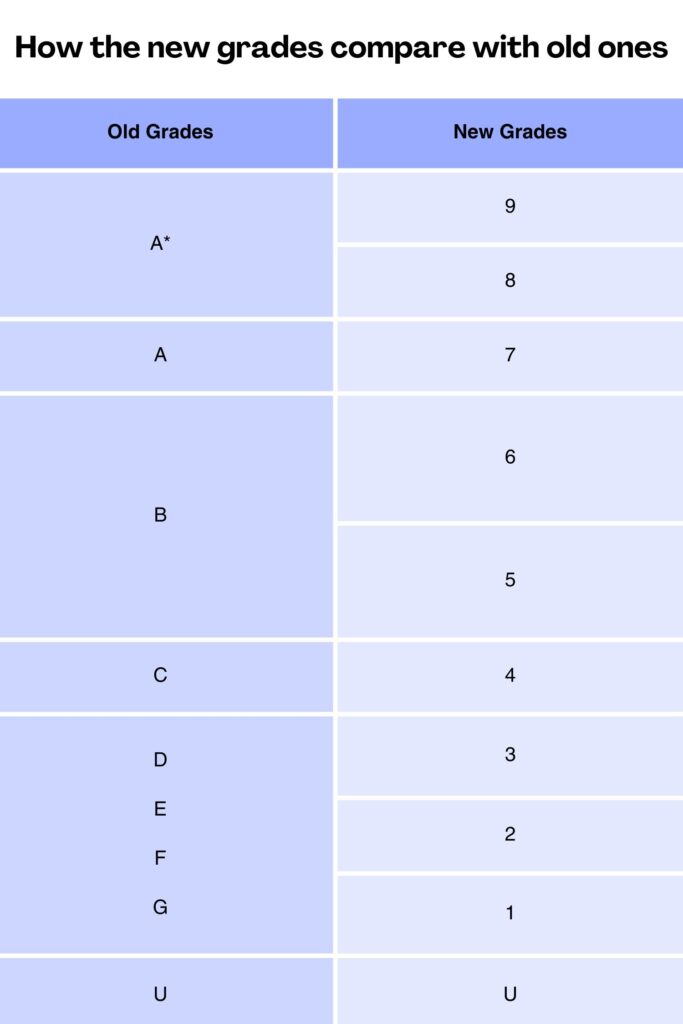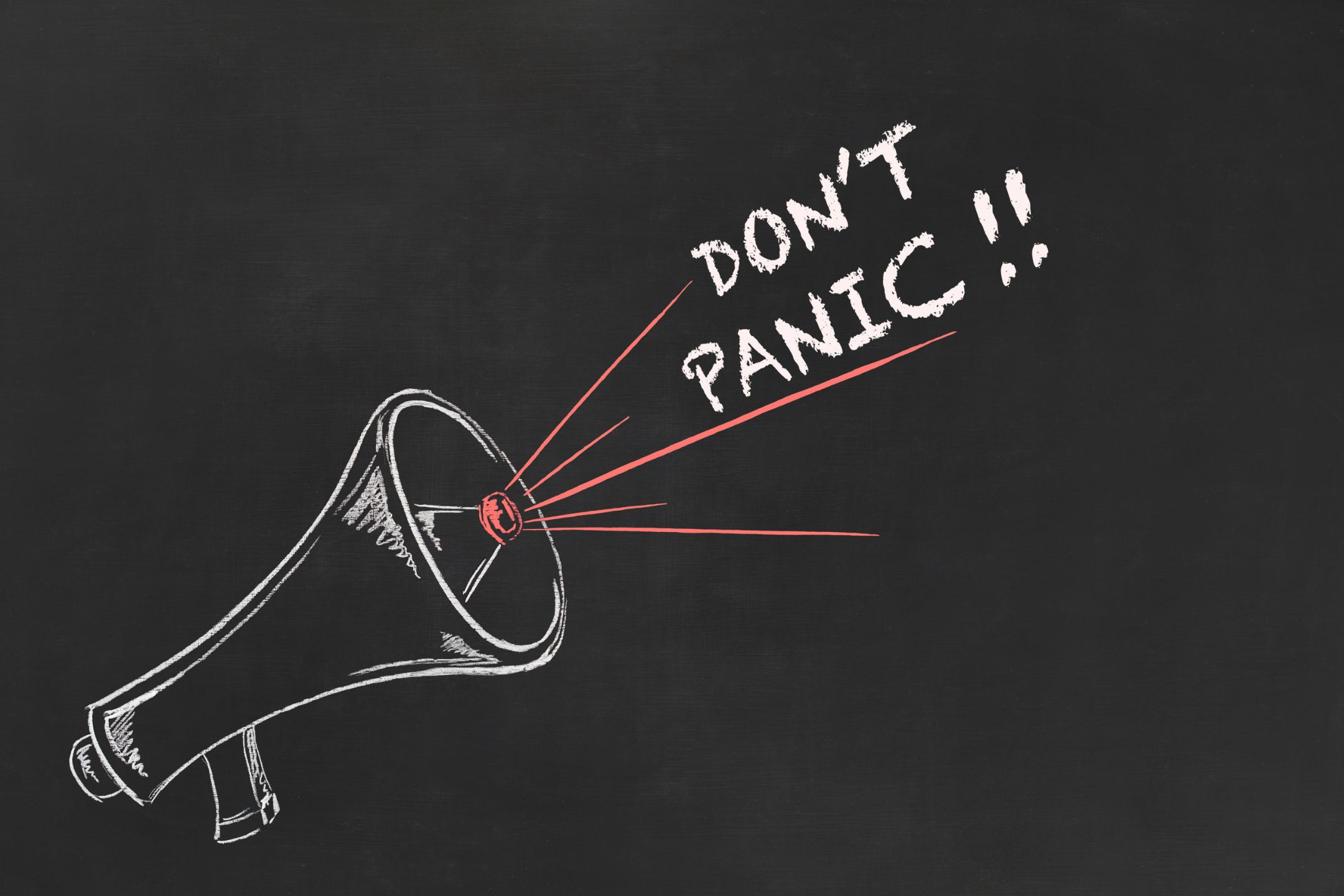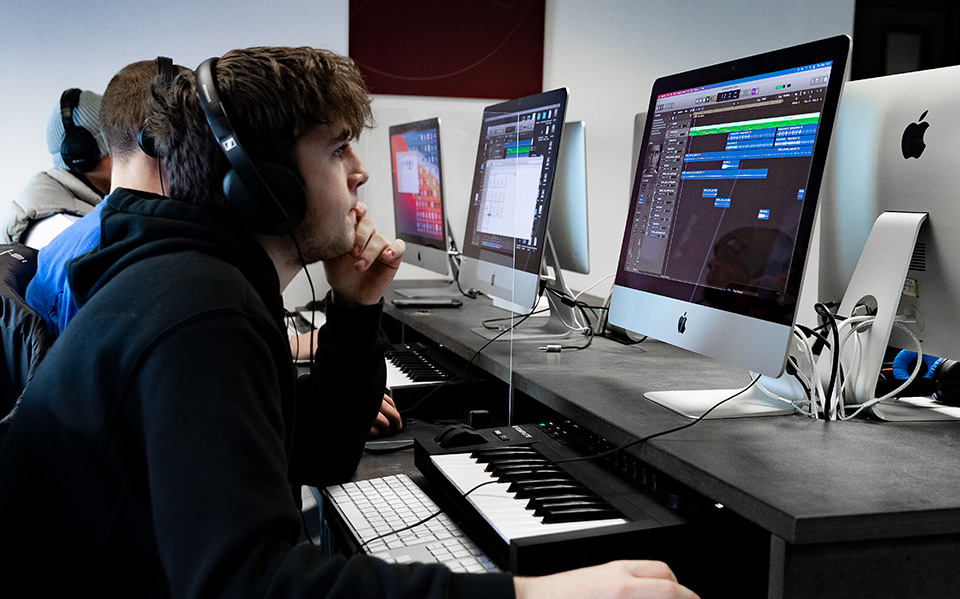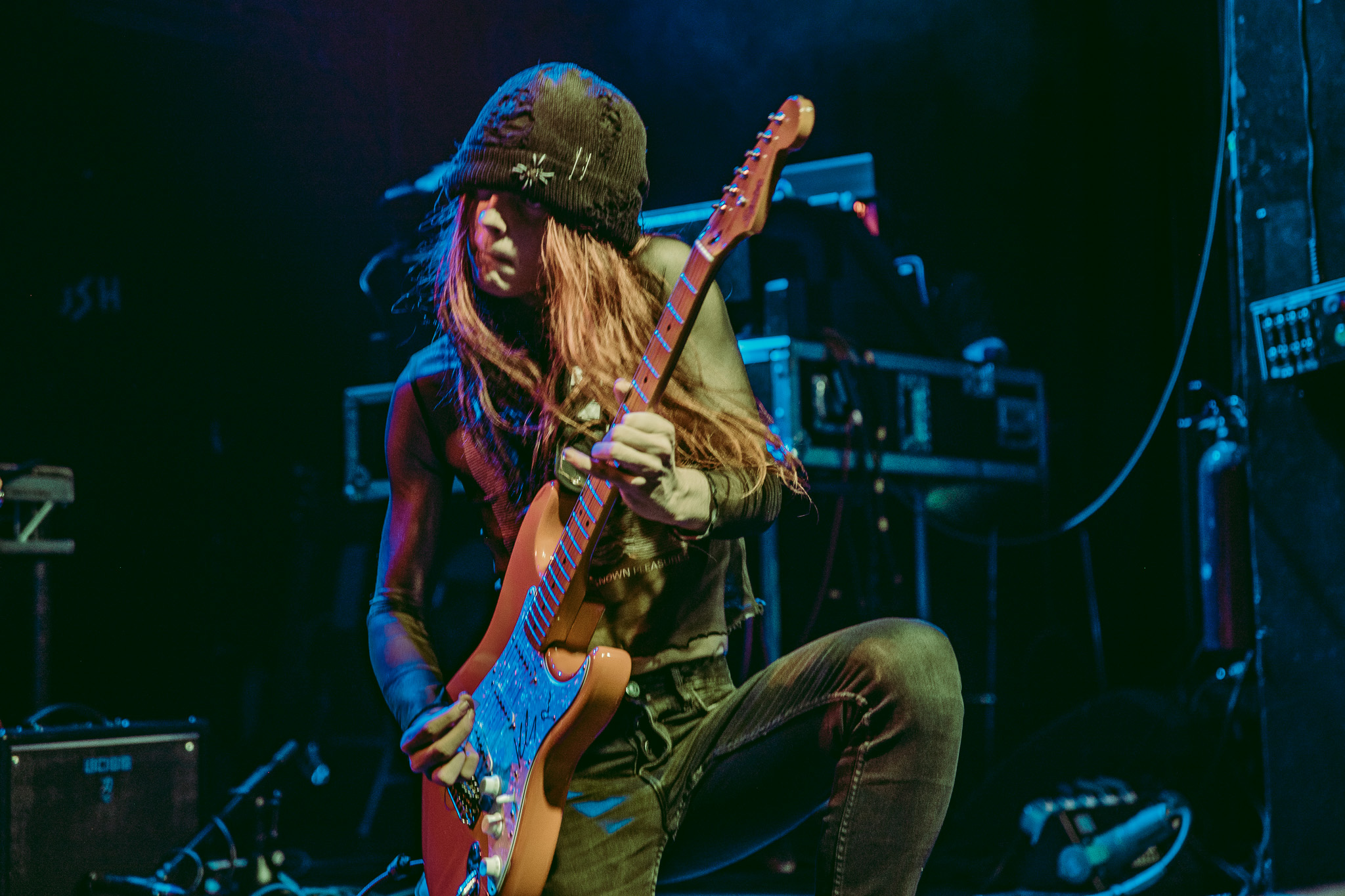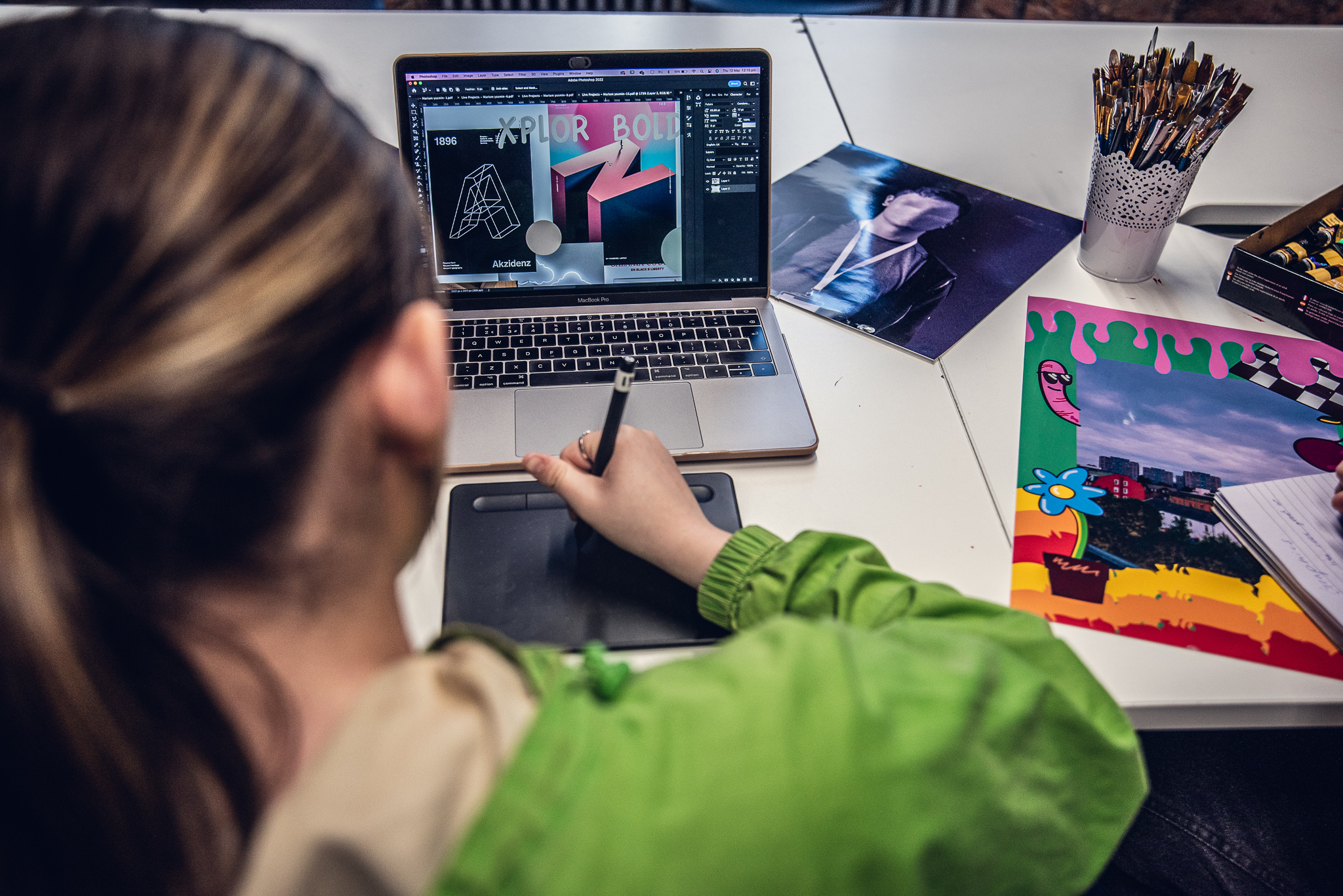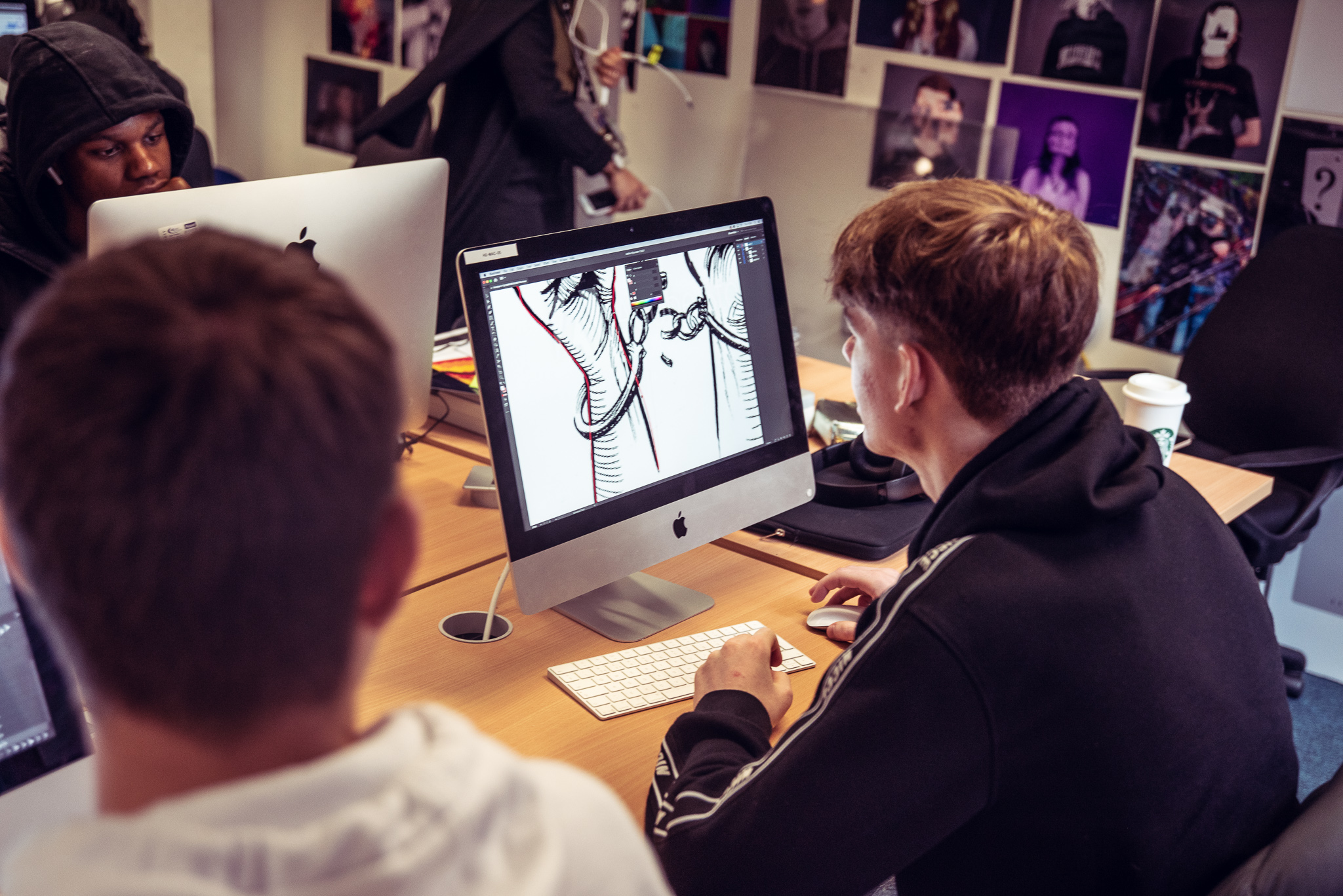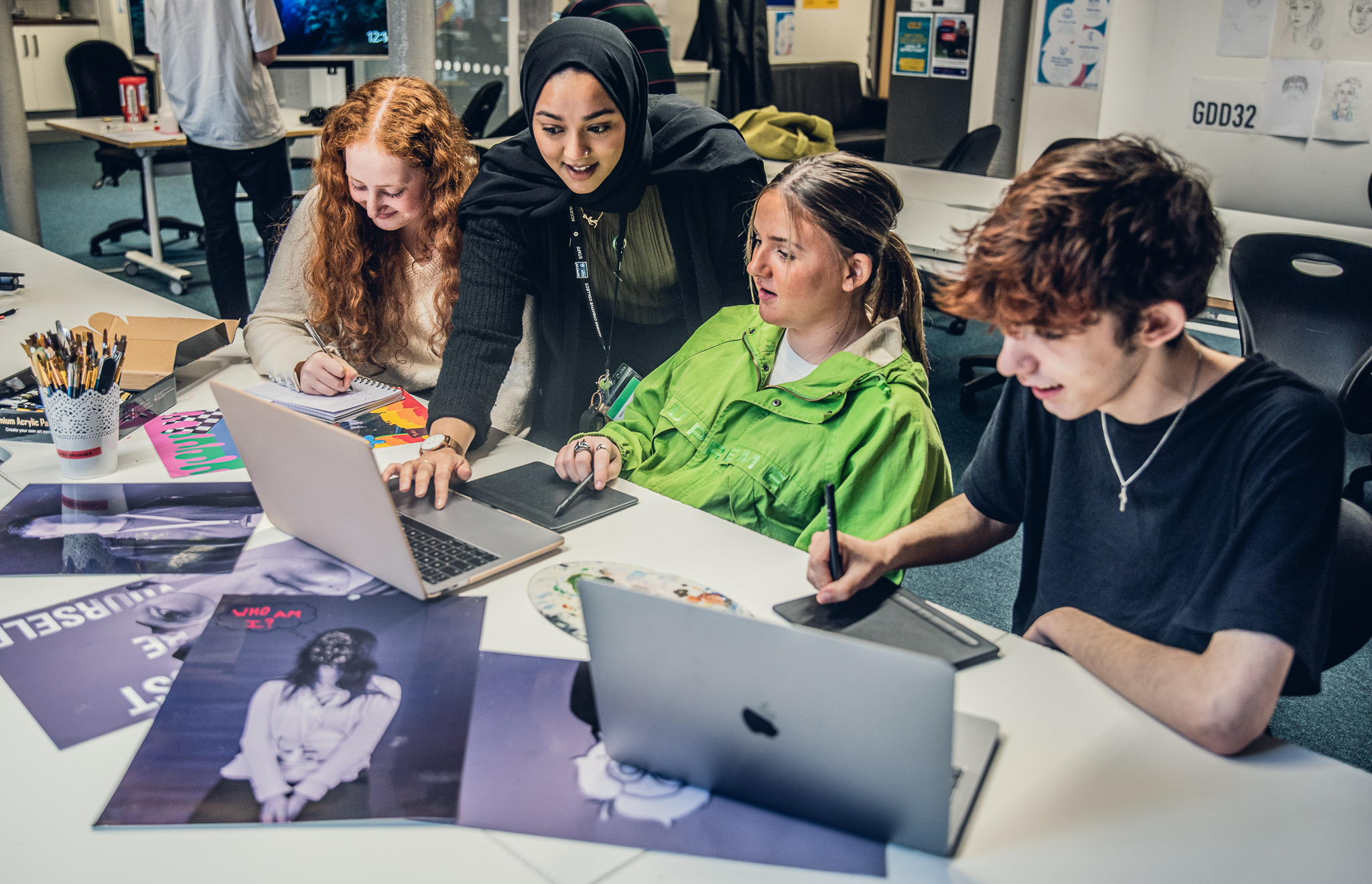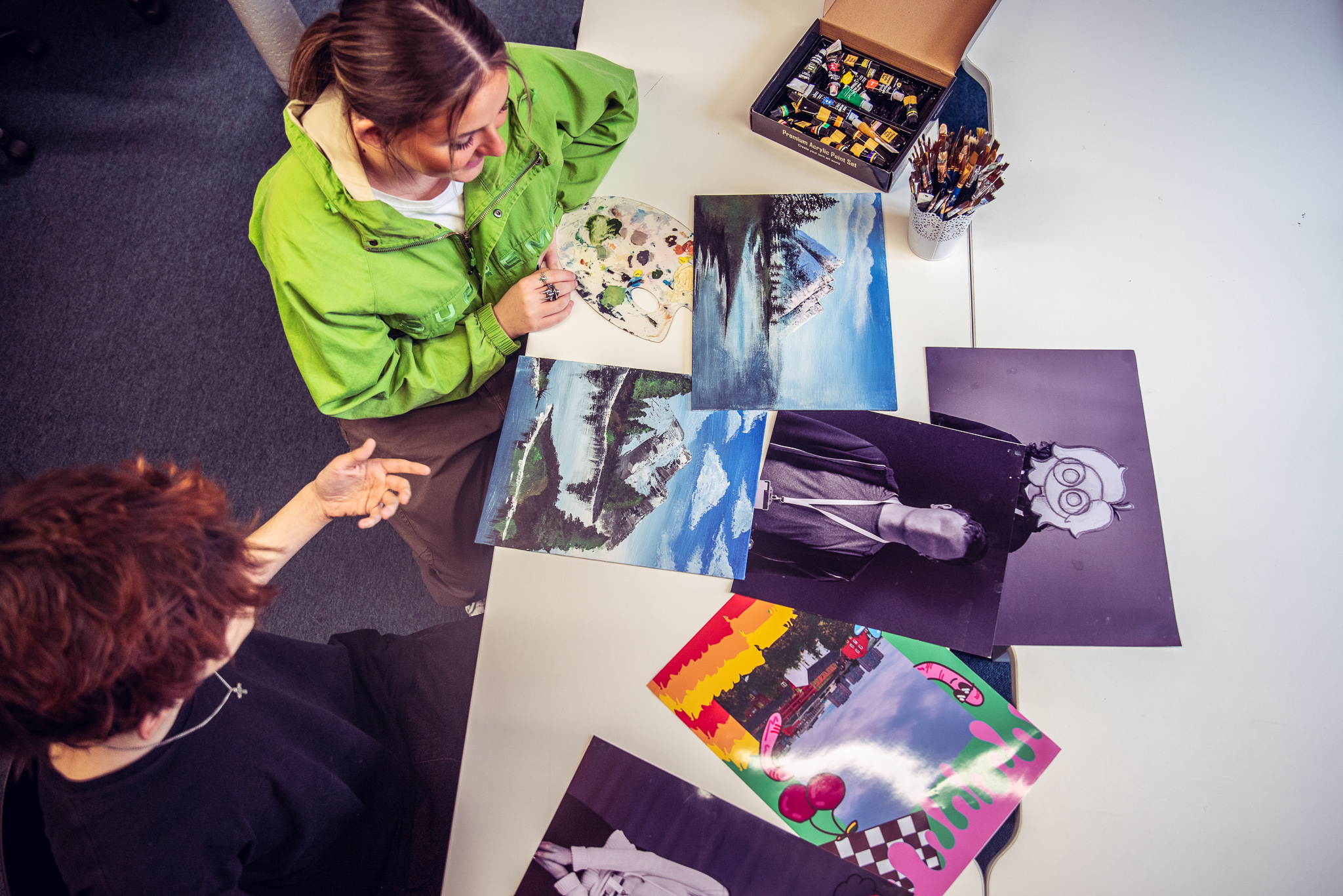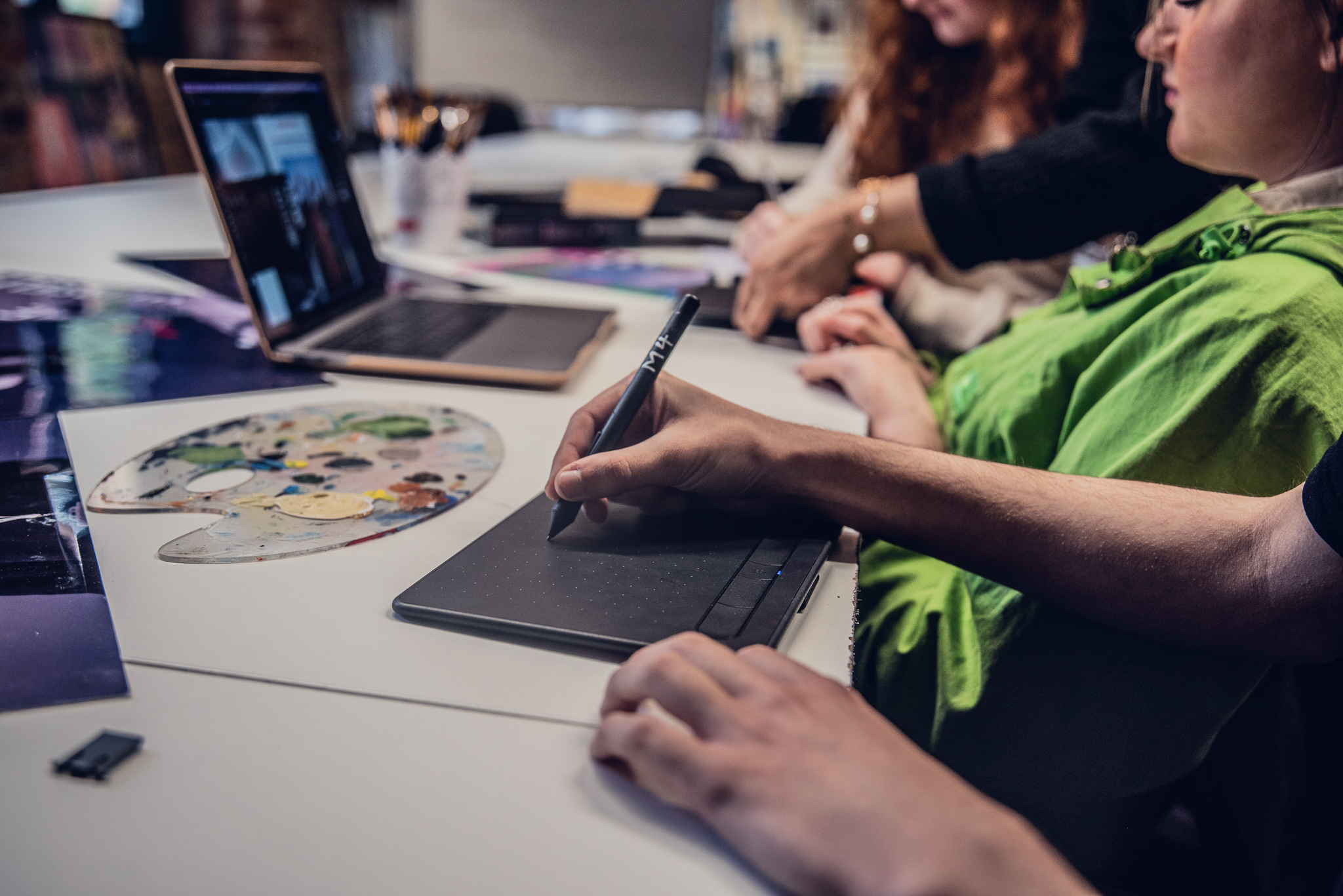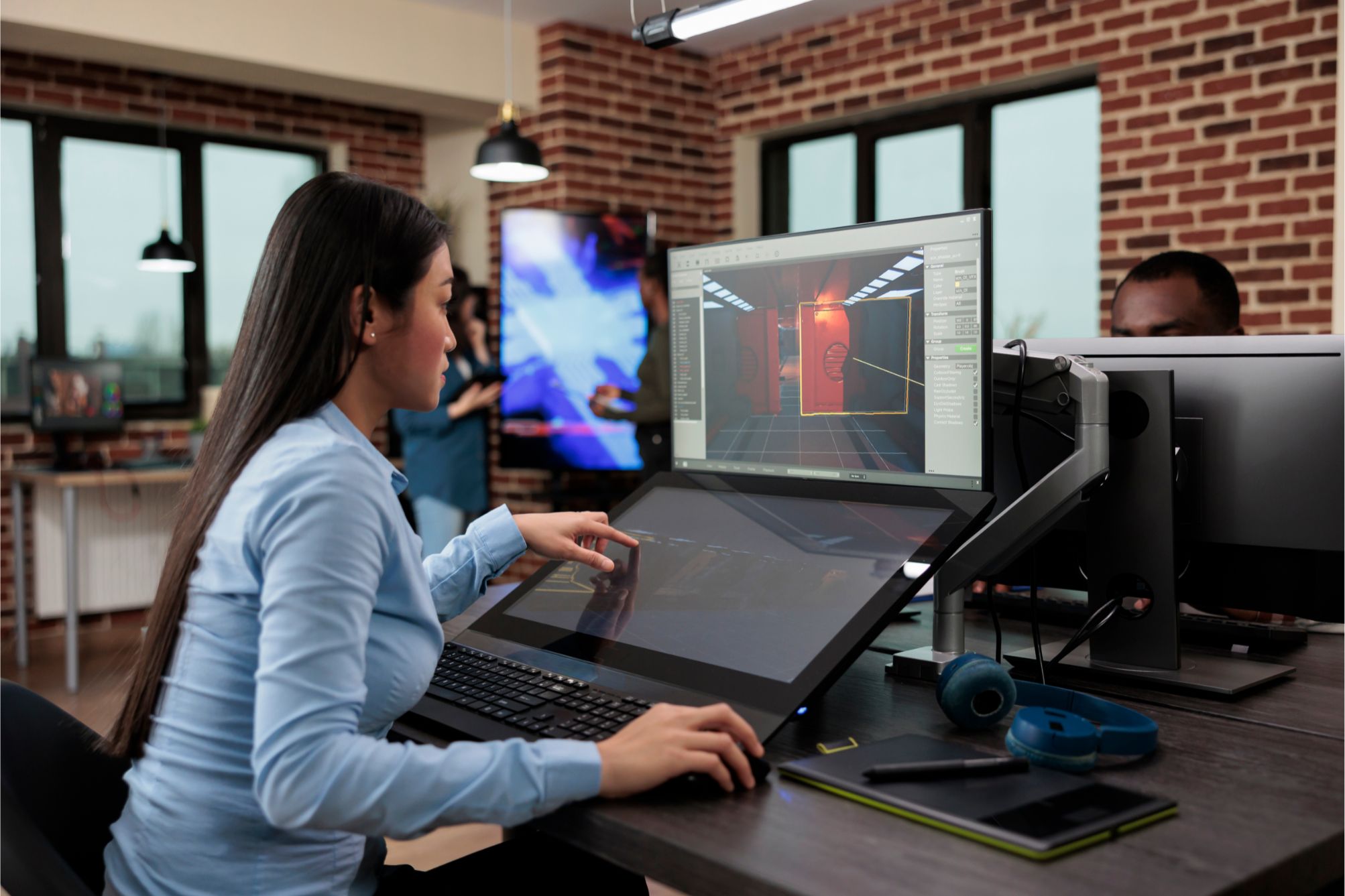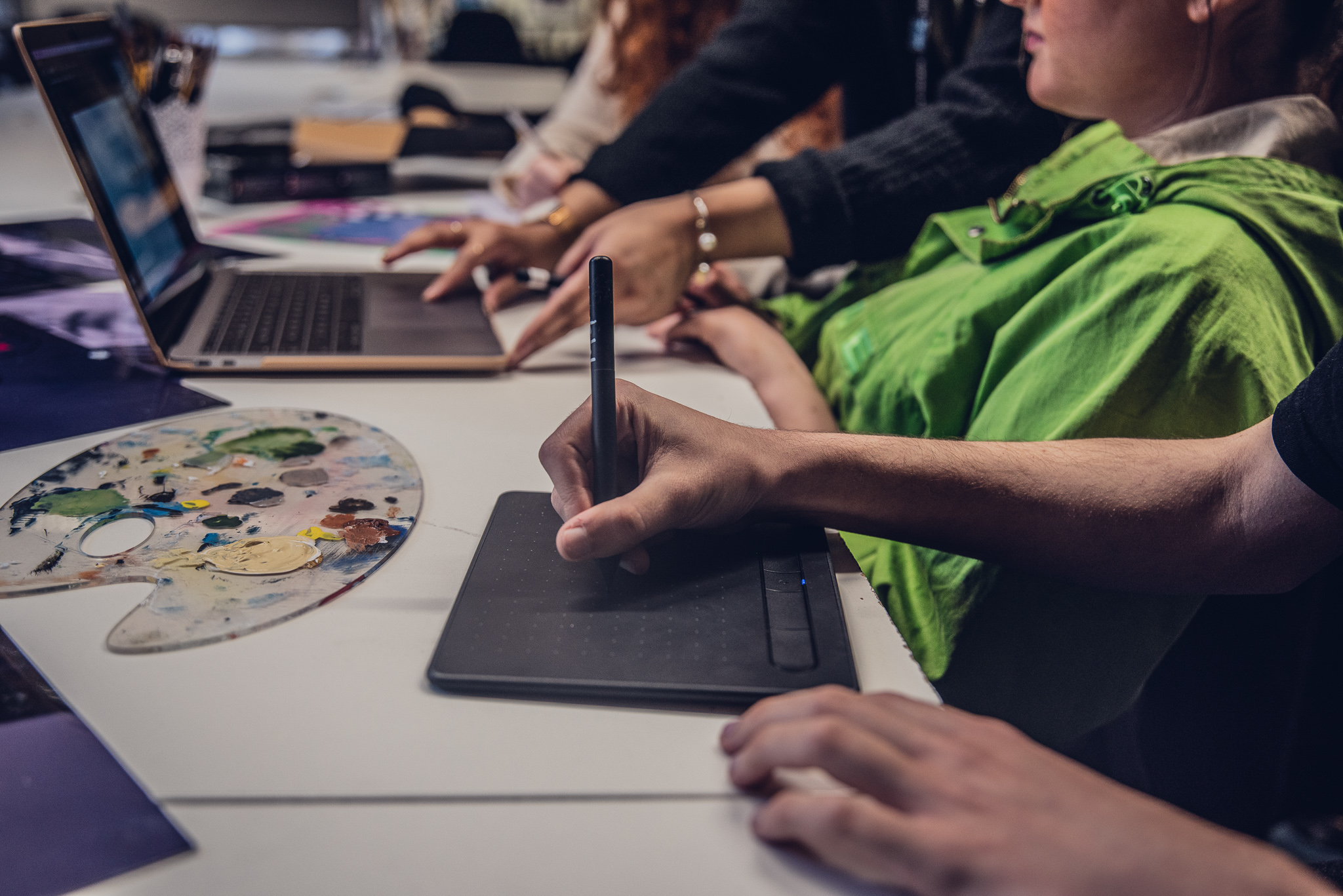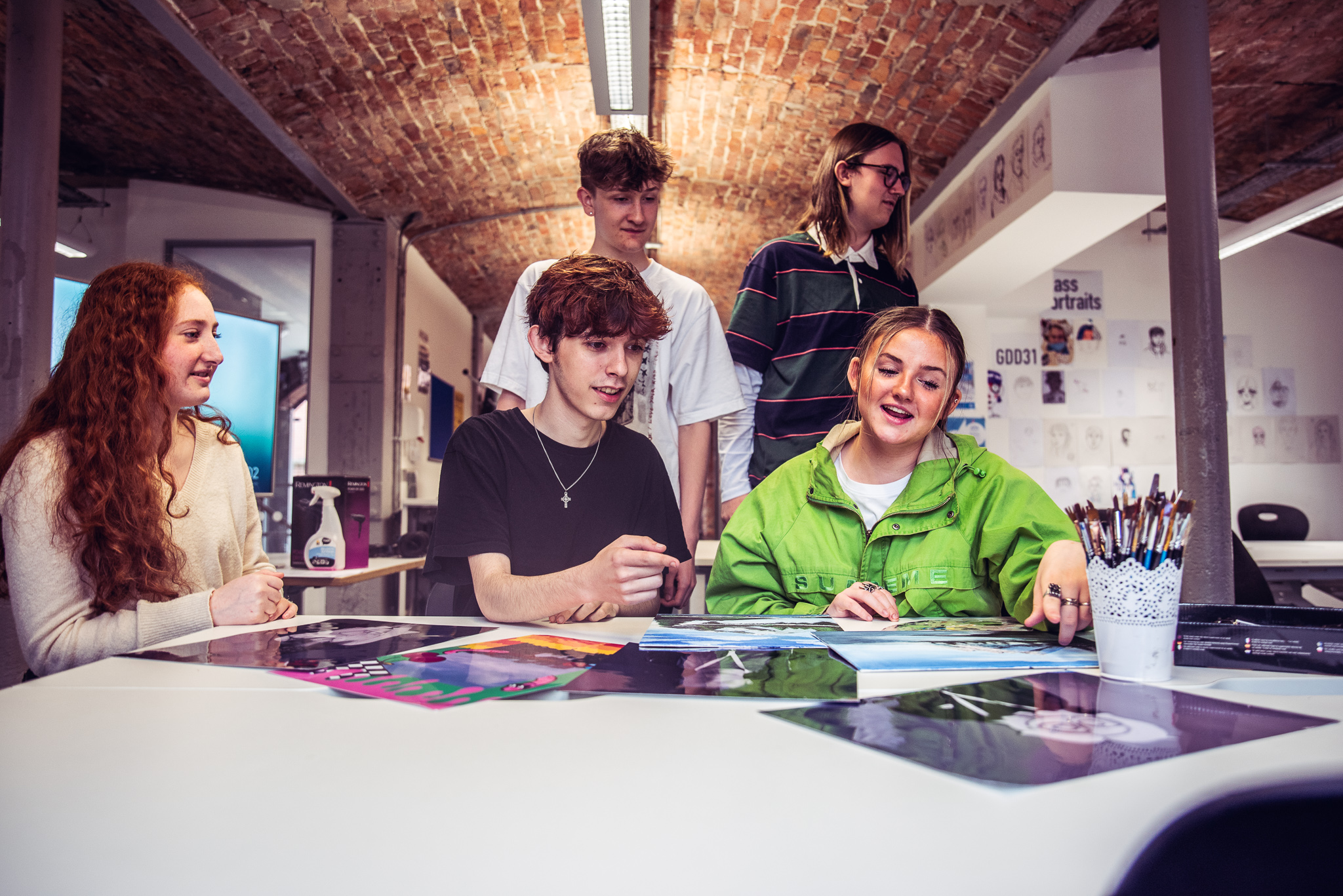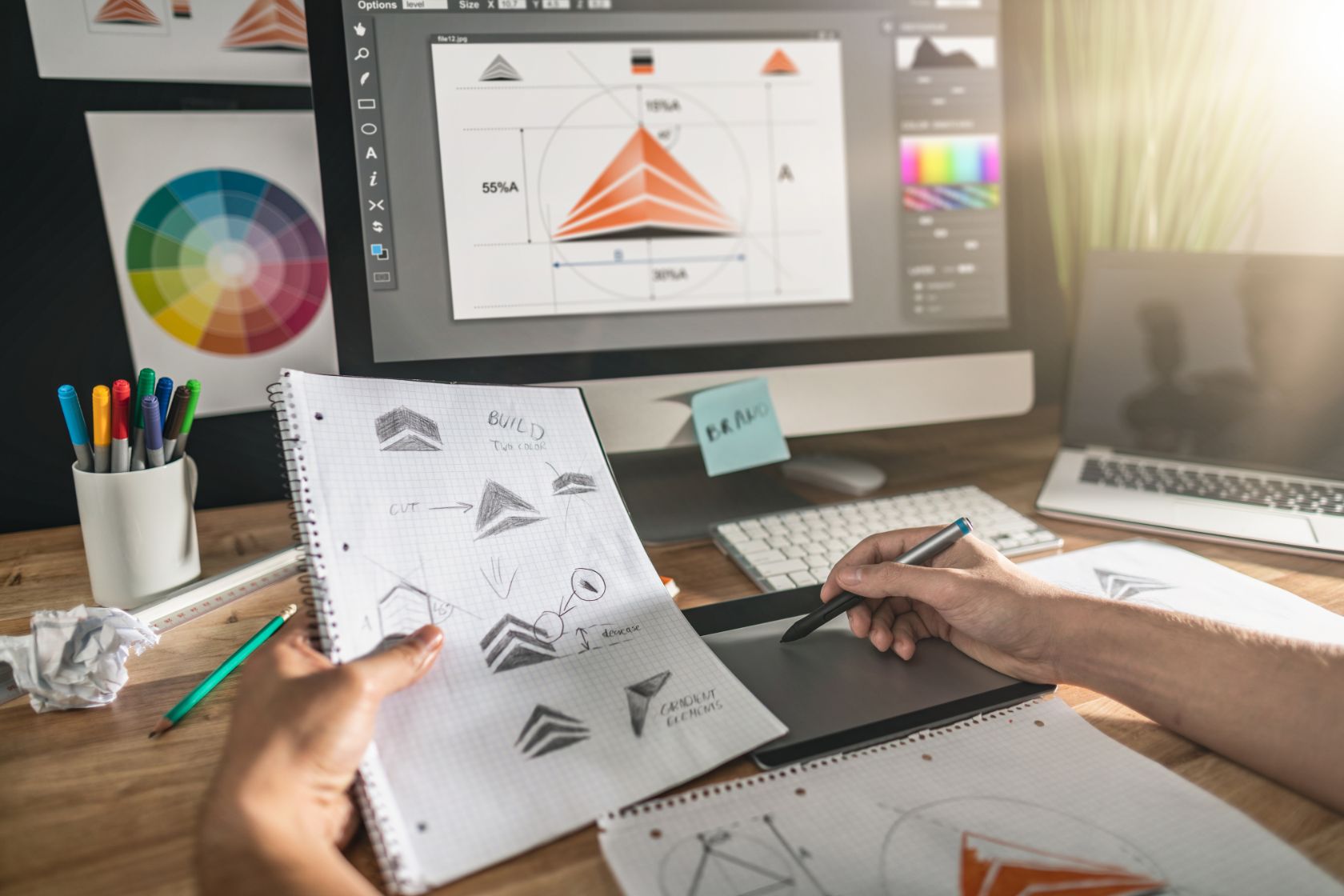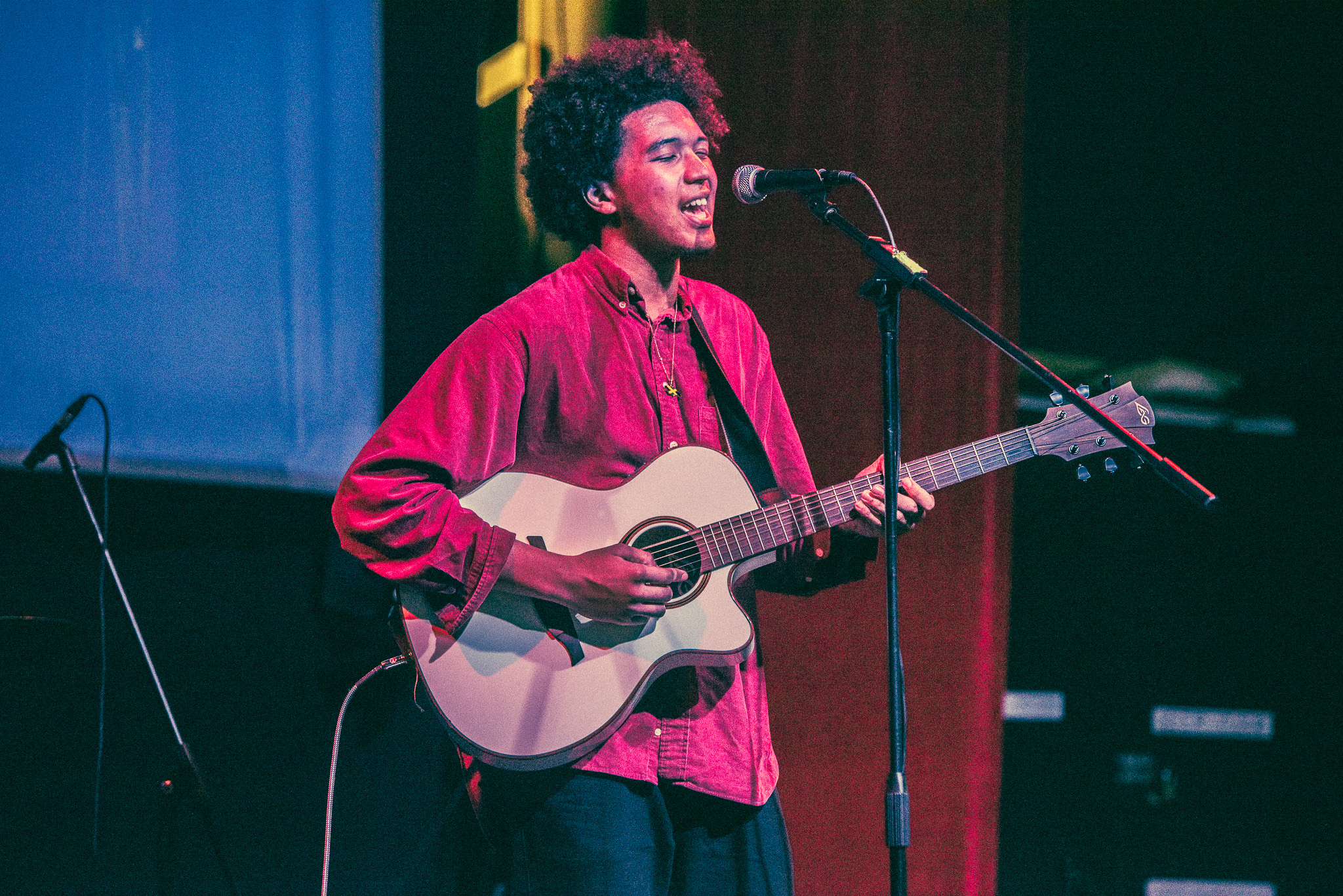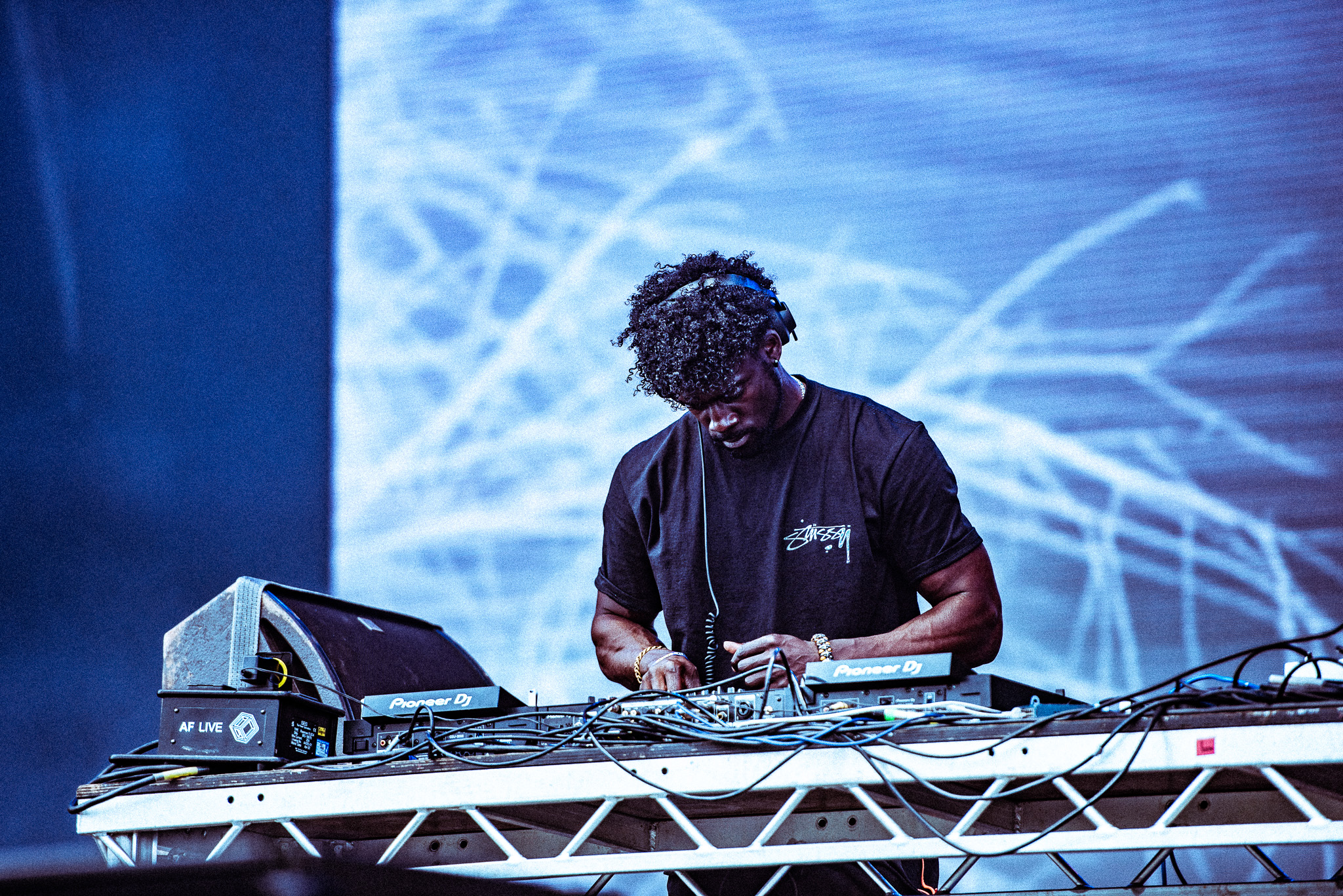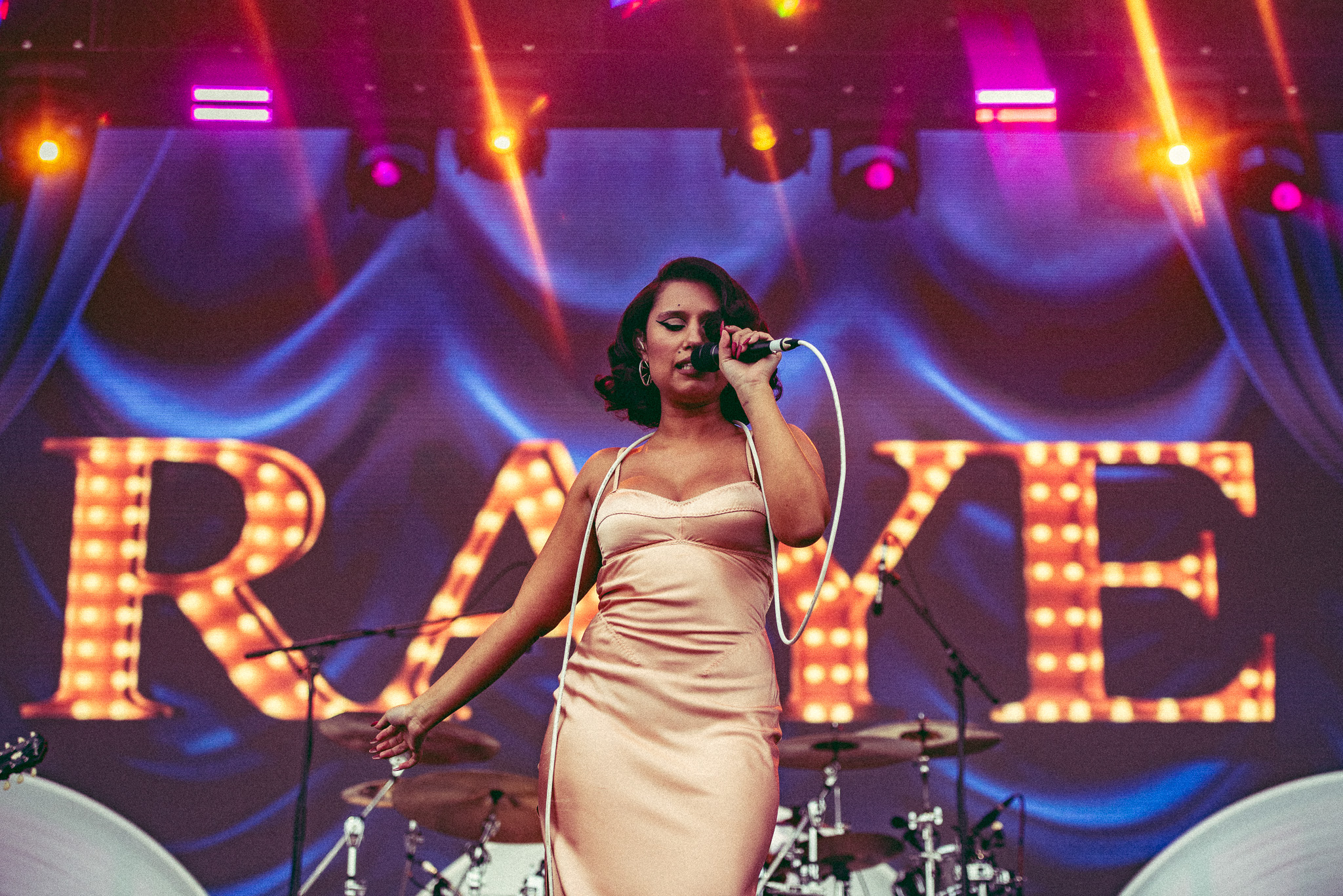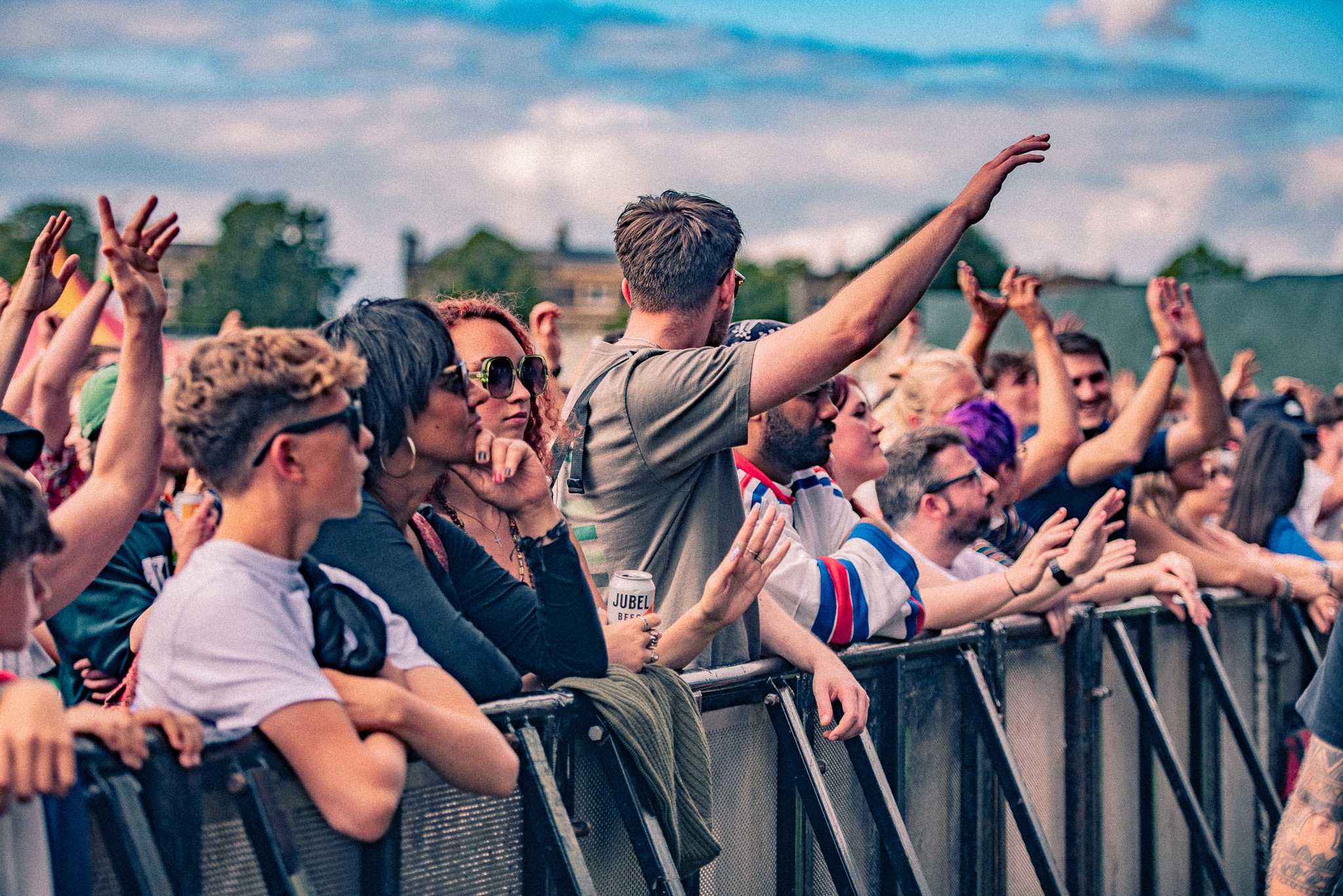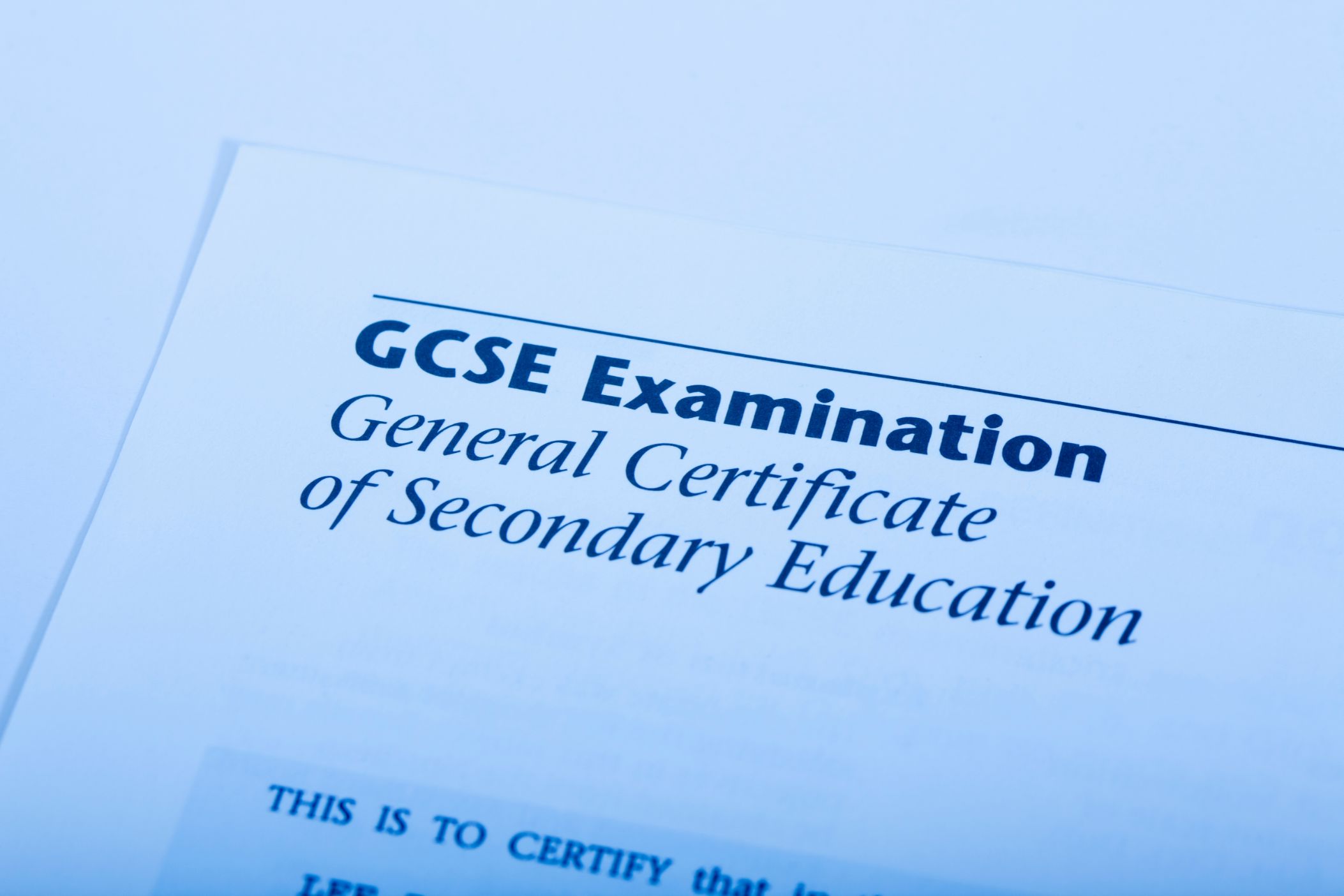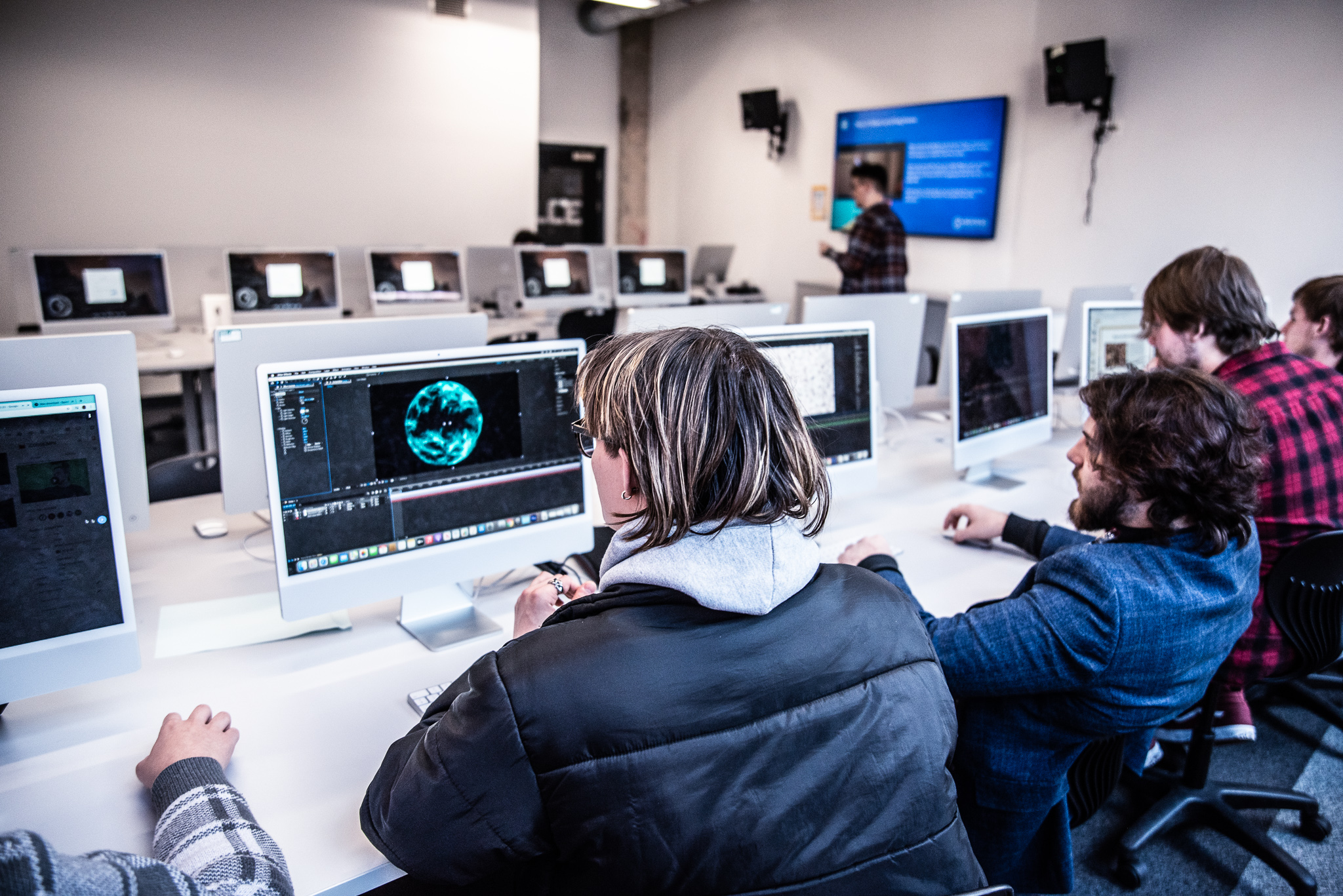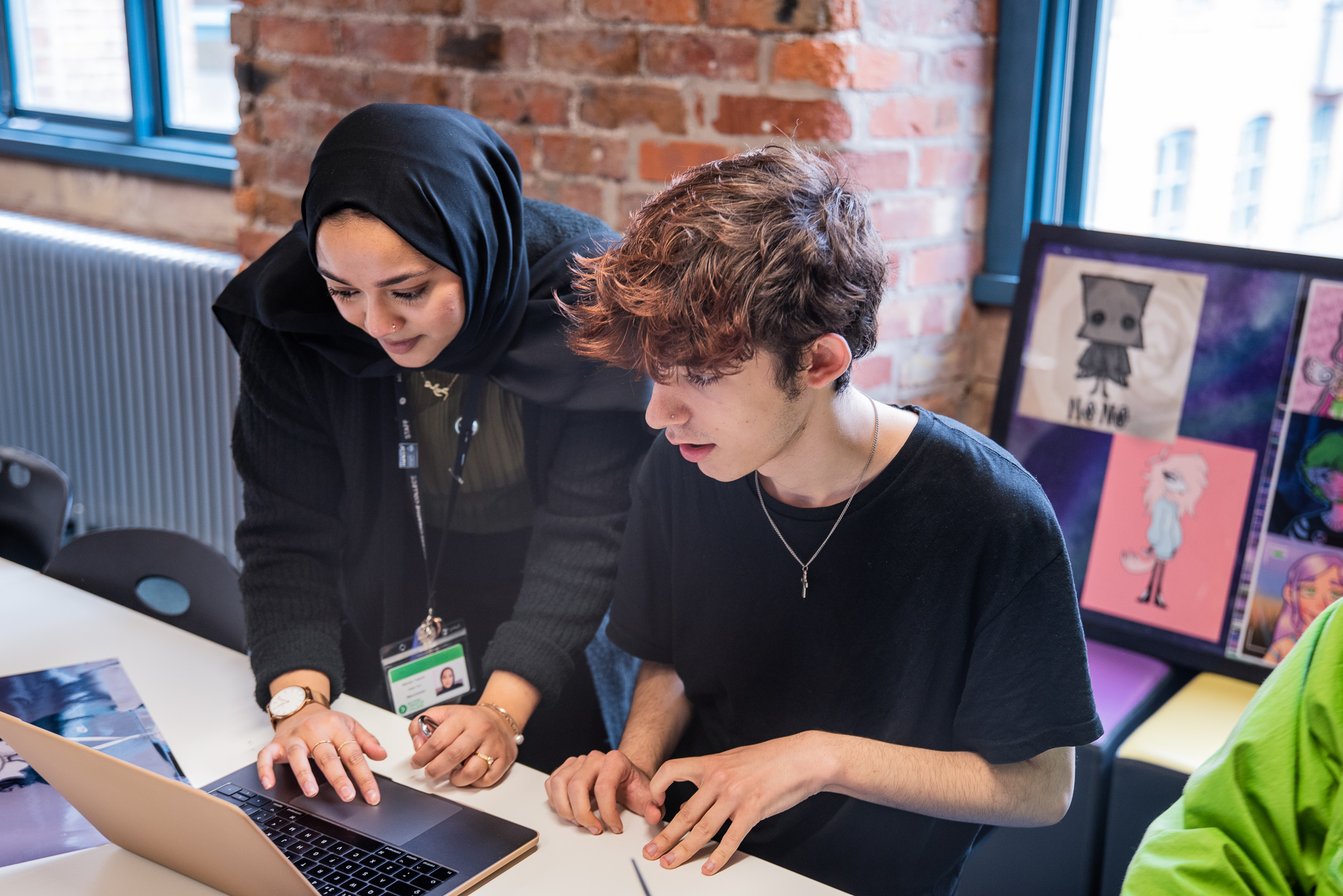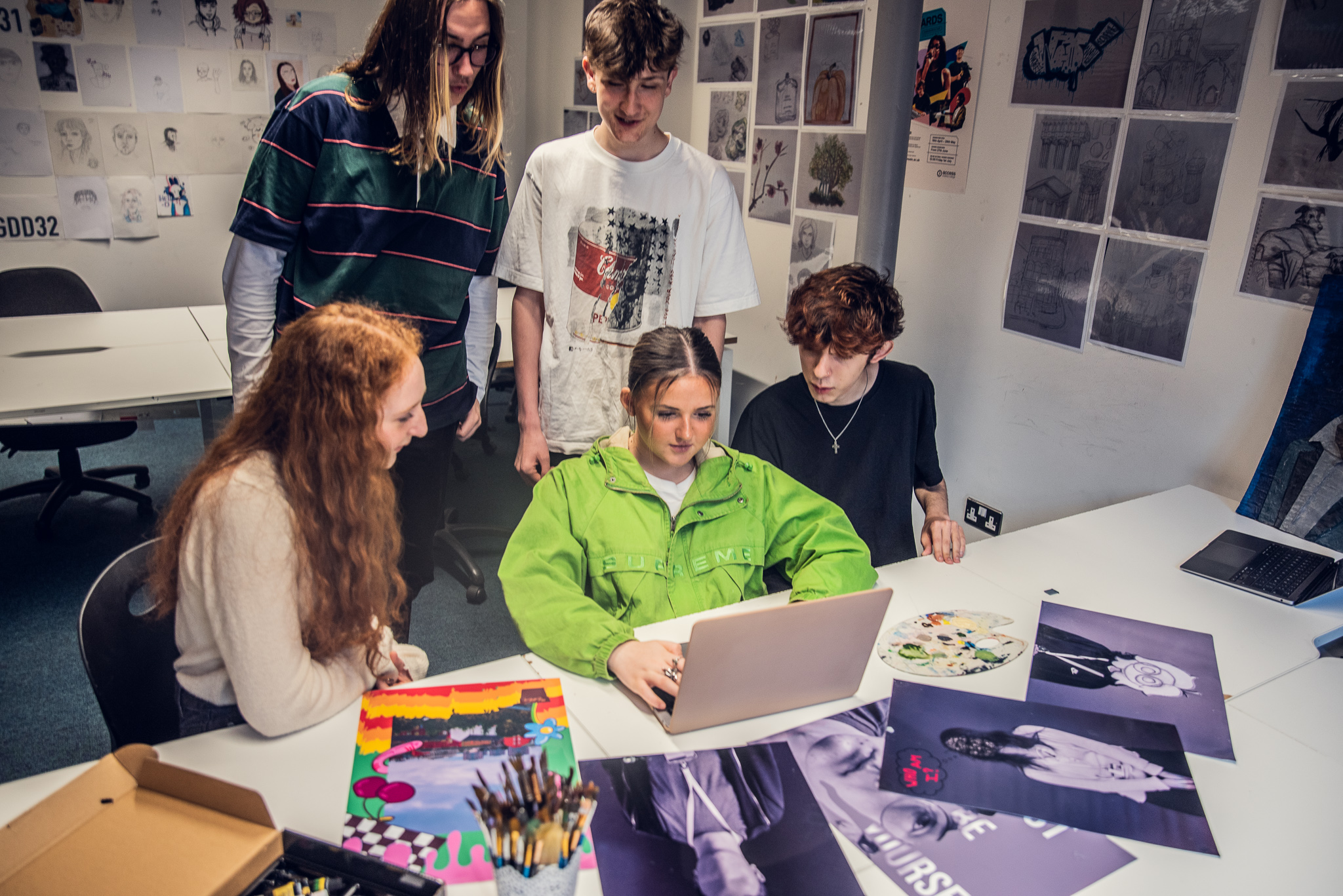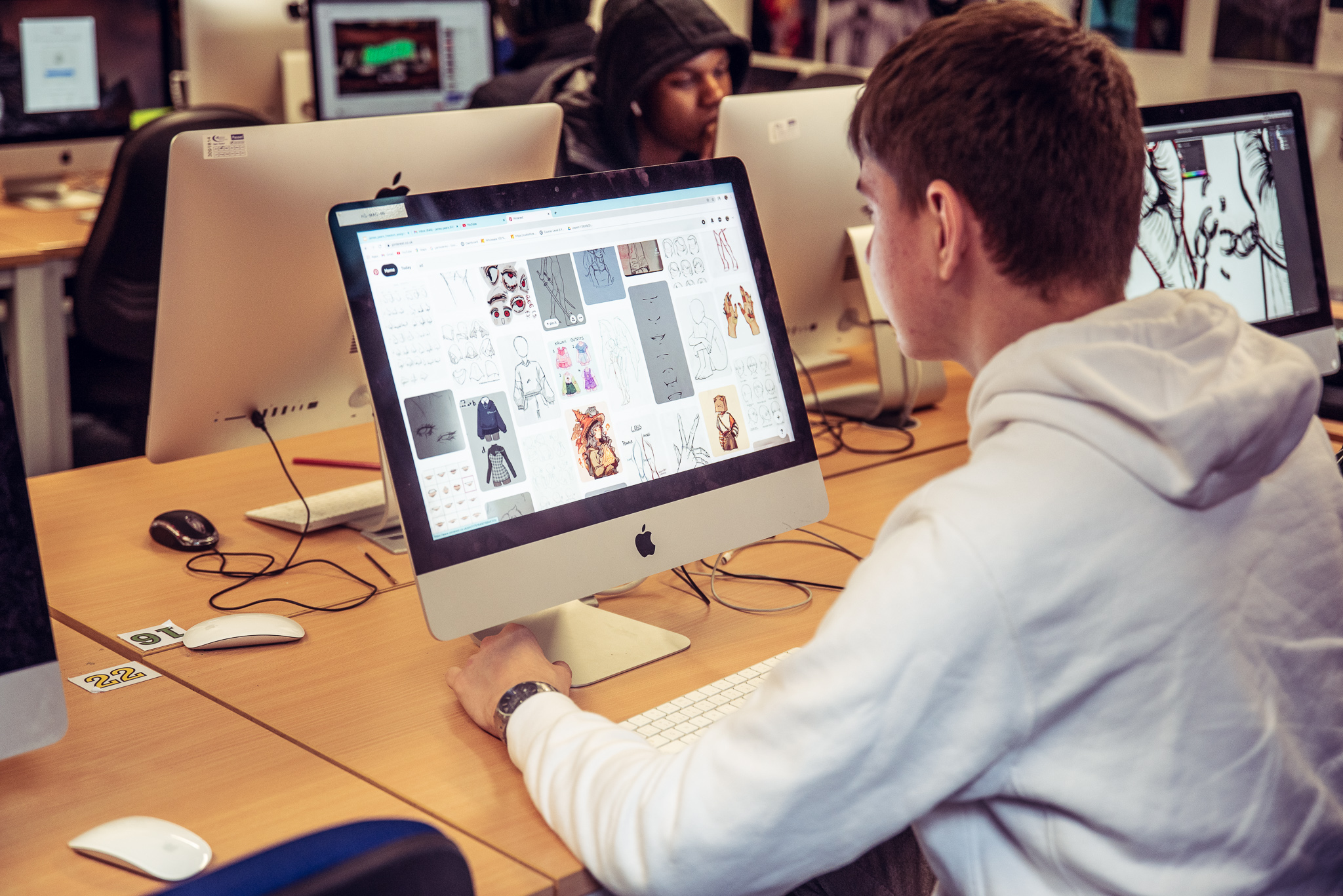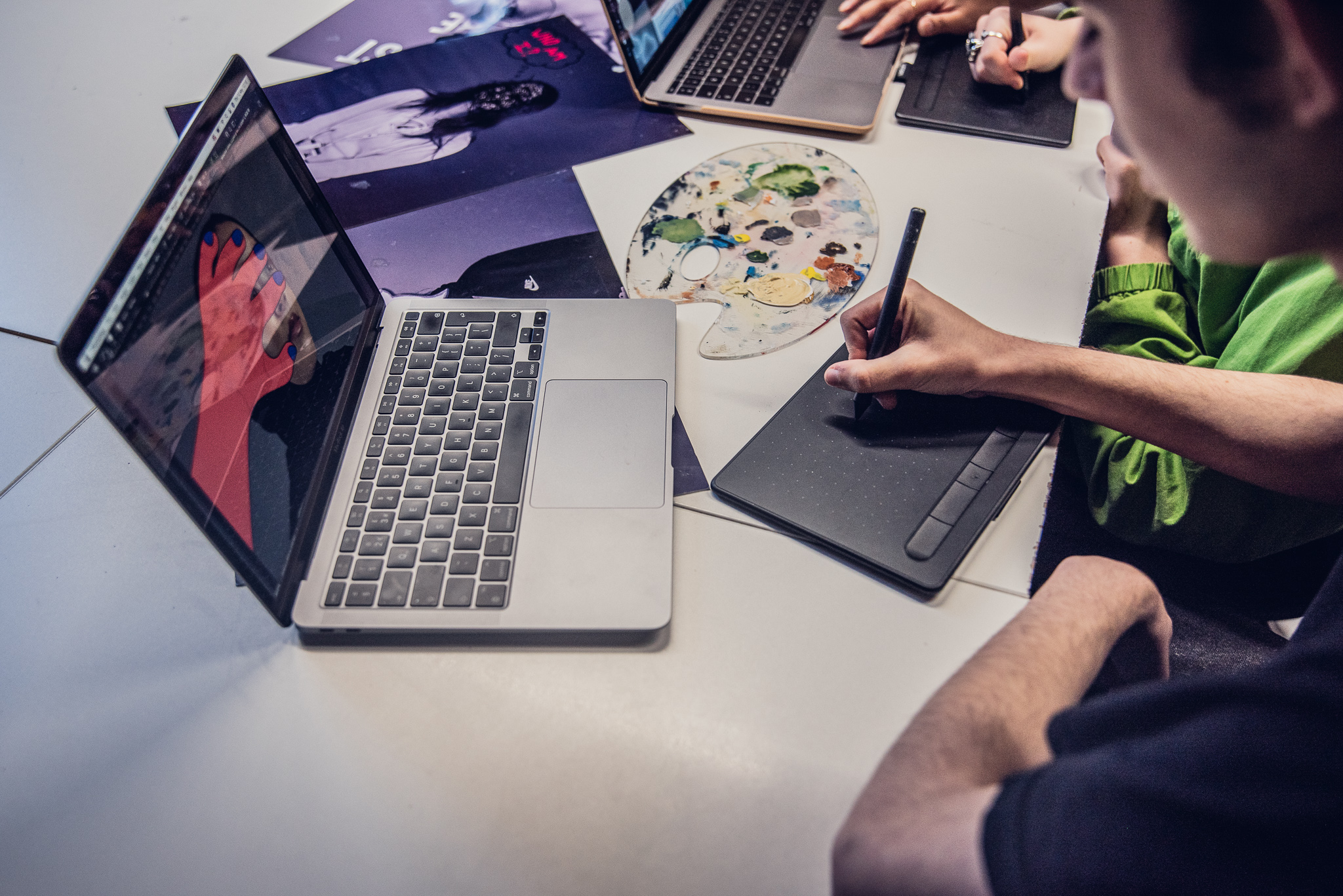The evolution of filmmaking is a journey through artistic expression, technological ingenuity, and cultural transformation. From the silent images of the Lumière Brothers to today’s digital age, each transformation in film has expanded the storytelling power, capturing and shaping imagination.
CGI and digital tools now let filmmakers create worlds beyond the imagination, while the industry still honours the roots of cinema, it blends traditional techniques with new technology. The future of film promises even bigger possibilities, powered by ever-evolving technologies and a drive to connect audiences with stories. The history of filmmaking shows how far they’ve come to mirror and influence society across generations.
![]()
The History Of Filmmaking
Have you ever wondered who invented cinema, when it was invented, the first moving picture film, and the evolution of cinema? Well, you’ve come to the right place, let’s dive into a brief history of filmmaking:
The Birth of Filmmaking (Late 1800s – Early 1900s)
The roots of filmmaking trace back to inventions like the zoetrope and phenakistoscope; these devices used static images to create the illusion of movement. Thomas Edison’s Kinetoscope in the 1890s allowed people to view short films through a peephole, marking a key moment in cinema history.
The Lumière Brothers in France created the first commercial film screening in 1895. Their film, Workers Leaving the Lumière Factory, portrayed daily life and captivated audiences with never-before-seen moving pictures.
In 1902, Georges Méliès took filmmaking further with A Trip to the Moon, one of the earliest examples of narrative cinema and special effects. These early works laid the foundation for storytelling and effects.
Silent Era to Sound and Color (1910s – 1930s)
The silent era brought film stars like Charlie Chaplin and Buster Keaton, who used physical comedy and expressive acting to engage audiences without sound. Intertitles were used to provide dialogue and narration allowing viewers to follow more complex plots.
In 1927 everything changed with the release of The Jazz Singer, this was the first feature-length “talkie.” The synchronised dialogue revolutionised how stories were told and also reshaped the film industry, leading to the eventual decline of silent films altogether.
Not long after this, colour made its debut with Technicolor emerging as a popular process by the 1930s. Films like The Wizard of Oz (1939) and Gone with the Wind (1939) demonstrated how colour could enhance storytelling, adding new dimensions to cinematic worlds and opening the doors for even more creativity.
The Golden Age of Hollywood (1940s – 1960s)
The Golden Age of Hollywood saw the establishment of the studio system, where major studios like MGM, Warner Bros, and Paramount churned out films in all different genres, from musicals to horror. Big stars like Marilyn Monroe, Humphrey Bogart, and Audrey Hepburn became icons in society.
Technological advancements like widescreen formats and enhanced sound systems gave audiences a much more immersive experience and made movies a central part of American life. Hollywood became a symbol of glamour and a cultural powerhouse by influencing fashion, language, and lifestyle worldwide.
The New Hollywood and the Blockbuster Era (1970s – 1990s)
The 1970s marked the beginning of New Hollywood, with visionary directors like Martin Scorsese, Steven Spielberg, and Francis Ford Coppola reshaping the industry. Spielberg’s Jaws (1975) and George Lucas’s Star Wars (1977) were among the first blockbusters and changed the way movies were marketed by establishing the summer as a prime time for major releases.
This period also saw the start of computer-generated imagery (CGI), with early examples seen in Westworld (1973) and Tron (1982). Jurassic Park (1993) showed CGI’s full potential by creating realistic dinosaurs and setting a new standard for visual effects. Blockbusters became a cultural phenomenon and transformed filmmaking into an art form which blends technology and storytelling with large-scale production.
Digital Age and the Modern Era of CGI (2000s – Present)
The 2000s saw the transition to digital filmmaking which enabled directors to manipulate scenes and create intricate worlds with more precision and less cost. Films like Avatar (2009) used motion capture and 3D effects to immerse audiences in entirely computer-generated landscapes.
Today, CGI allows for hyper-realistic visual effects, as seen in The Avengers and The Lion King remake, where virtual characters and landscapes blur the line between reality and animation. Recent innovations like virtual production, used in The Mandalorian, use LED screens to create seamless backgrounds without needing traditional sets. As CGI and digital tools advance, filmmakers are constantly pushing visual boundaries and setting new standards for realism and creativity in cinema.
![]()
What Is CGI?
CGI (Computer-Generated Imagery) is the use of computer graphics to create images, scenes, and special effects in film, TV, and video games. It can allow filmmakers to produce visual effects which would be difficult, dangerous, expensive, or even impossible to achieve through traditional filming methods.
![]()
What Is Cinema?

Cinema is the art and industry of creating and projecting moving images to tell stories, and ideas, and express emotions. At its core, cinema combines visual storytelling with sound, editing, lighting, acting, and various other technical and creative techniques to create immersive experiences for audiences.
There are different formats of cinema, including feature-length films, short films, documentaries, animated films, and so on.
Traditionally, cinema is associated with the communal experience of watching a film in a theatre on a big screen with surround sound and an environment which encourages full immersion. In recent years, while streaming and home viewing have become popular, the cinematic experience in theatres remains important for many as it offers a unique atmosphere and heightened emotional engagement.
![]()
Where Can I Study Film?
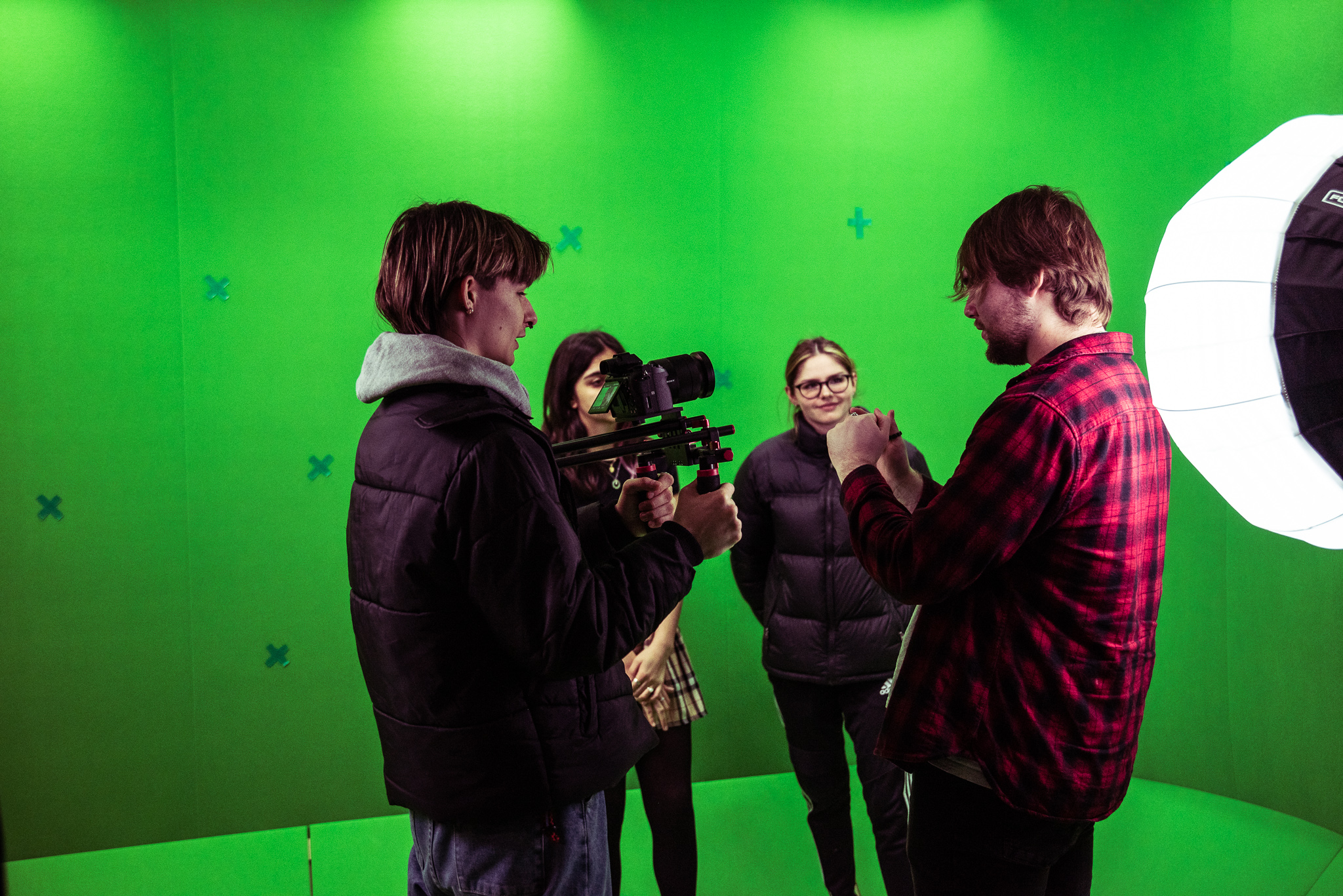
If you fancy studying film, why not start your journey at Access Creative College? Our Level 3 Film, Videography and Photography course focuses on essential skills like pre-production planning, production techniques, and post-production processes. We cater to students who have a passion for creating visual content and we provide a hands-on learning experience using industry-standard tools.
We have strong industry connections, and our students benefit from practical workshops, collaborations, and work placements, which are crucial for building a professional portfolio.
Whether you want to be a Director, Editor, Sound Technician, or Photographer, ACC is the perfect place to start – apply now!
